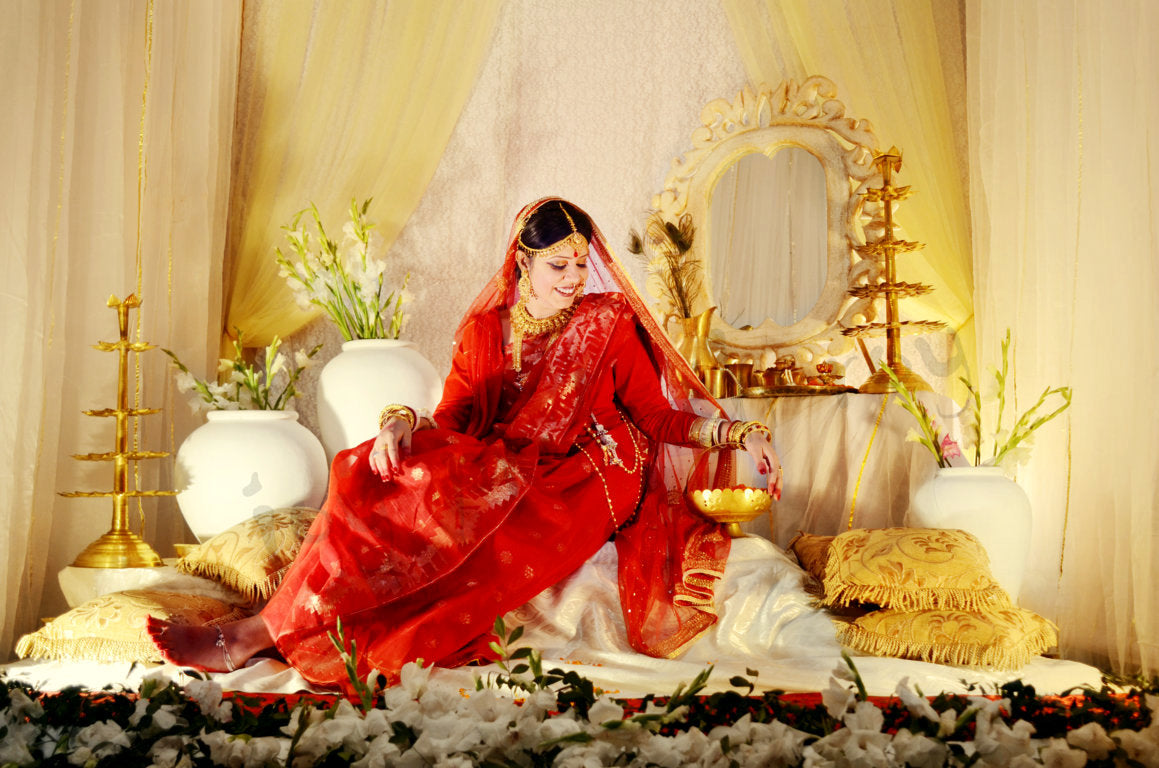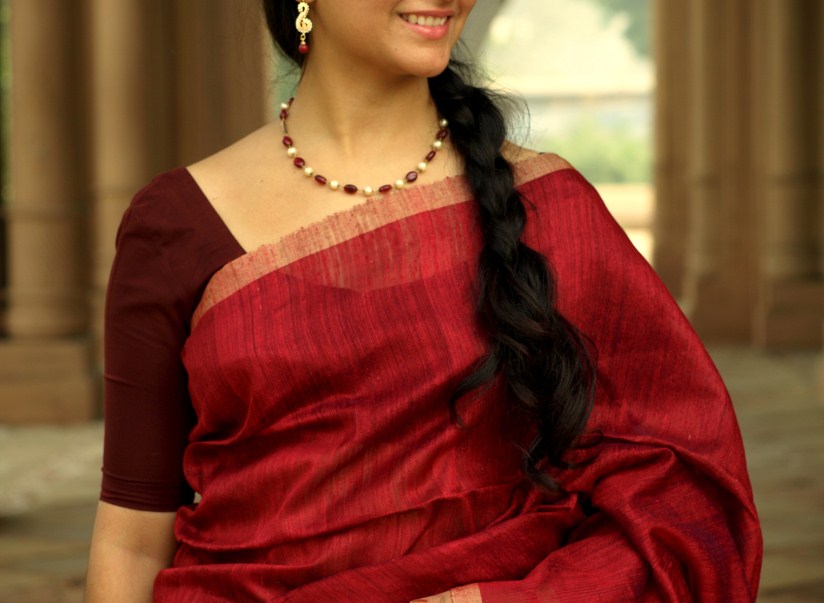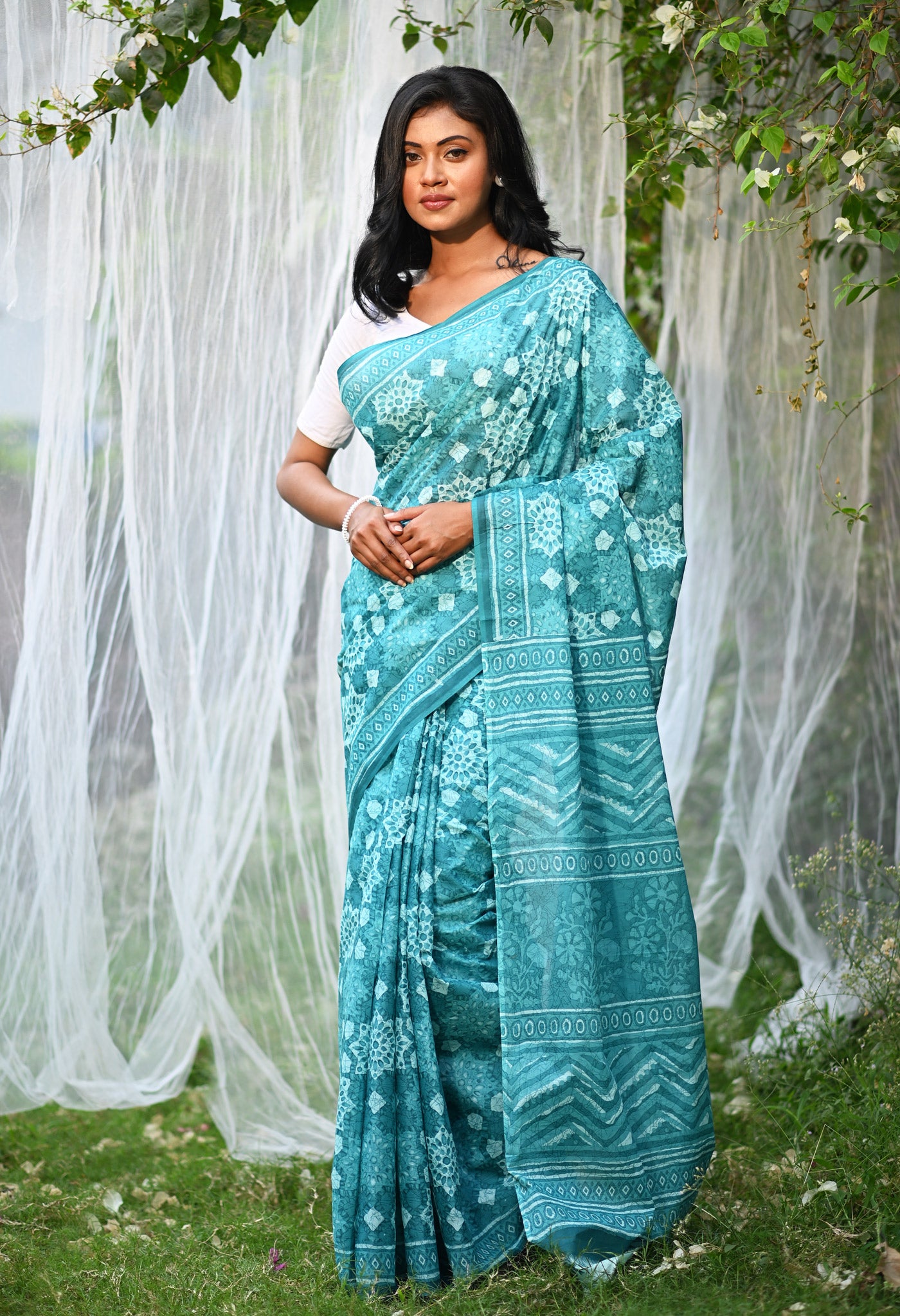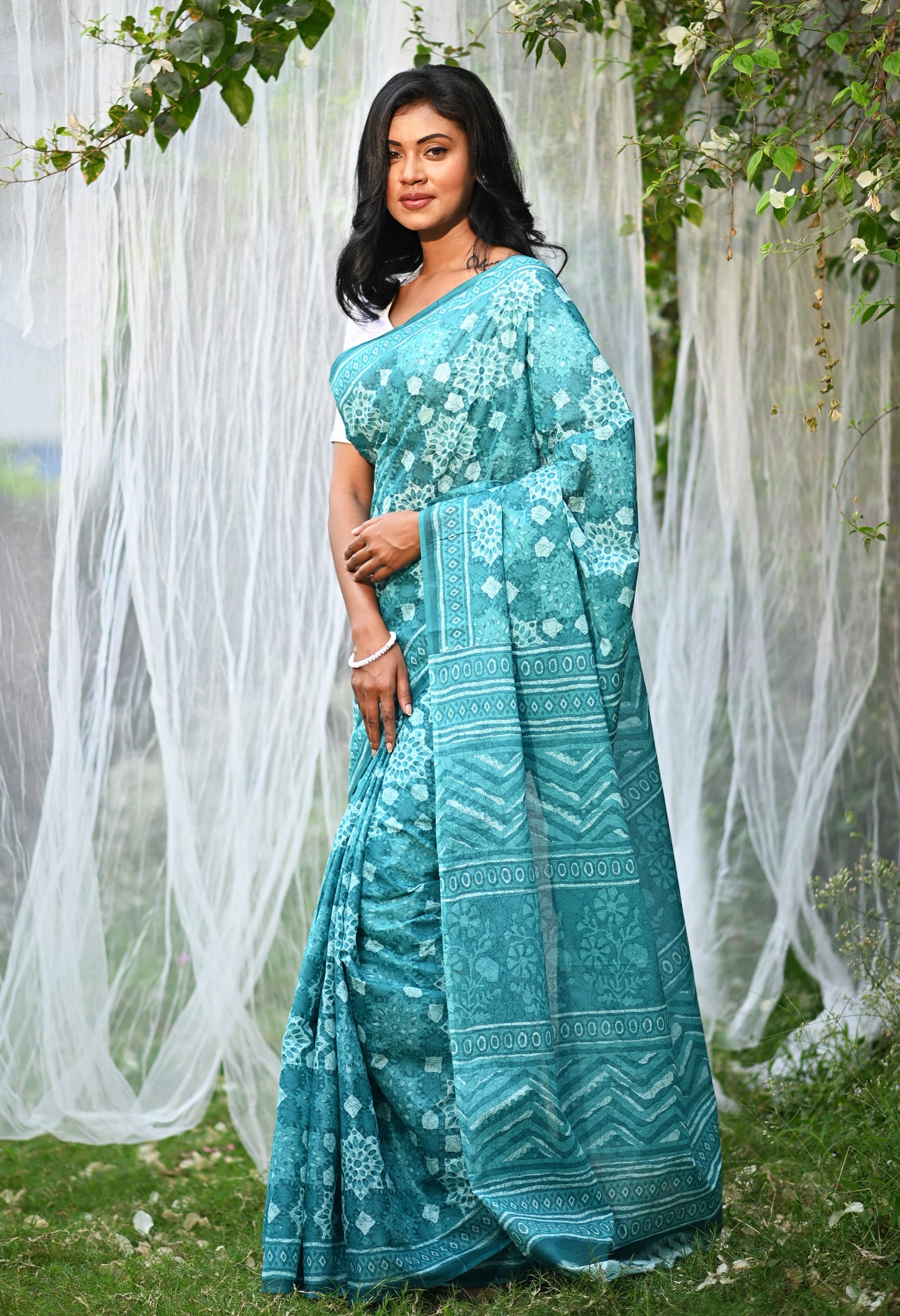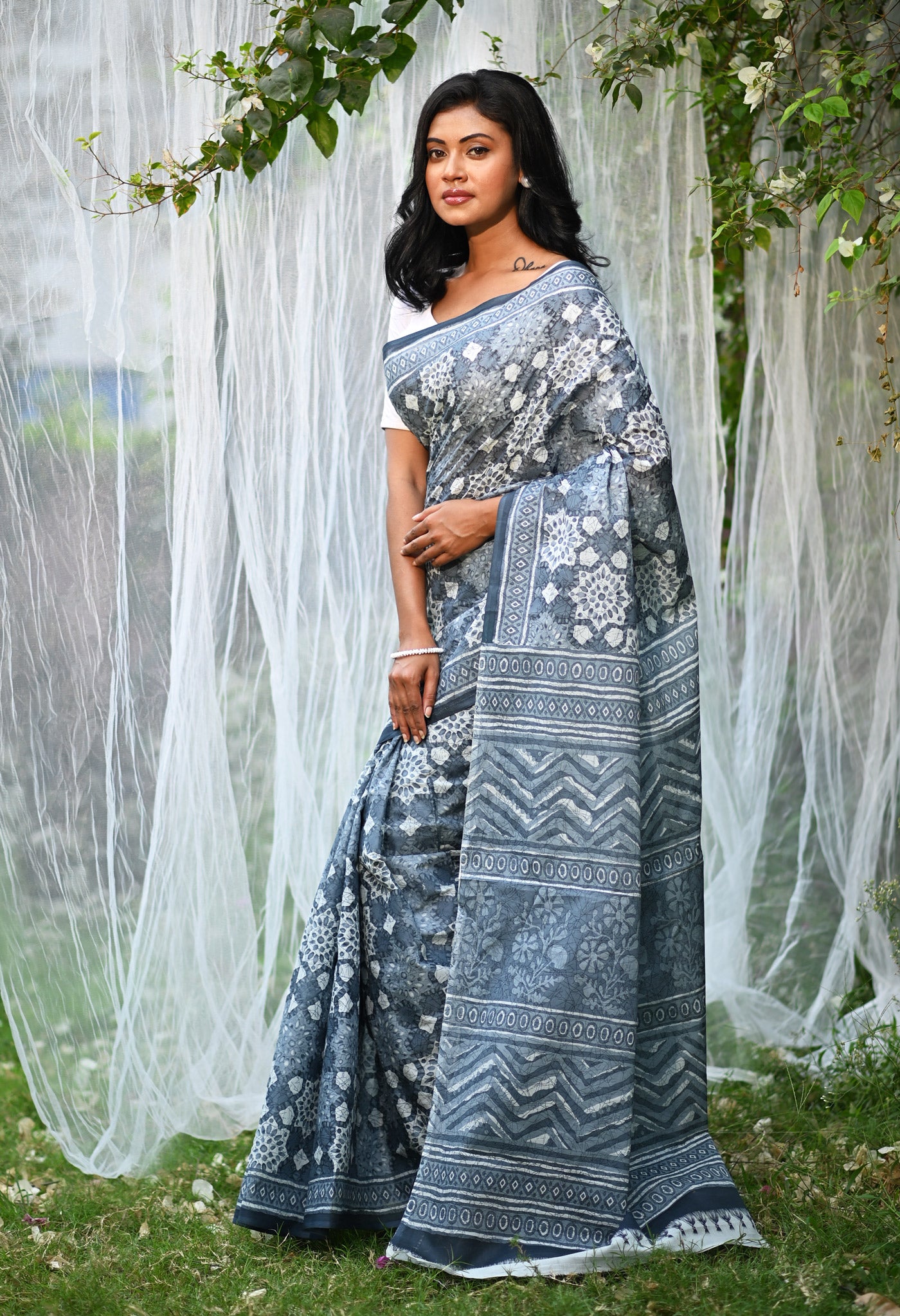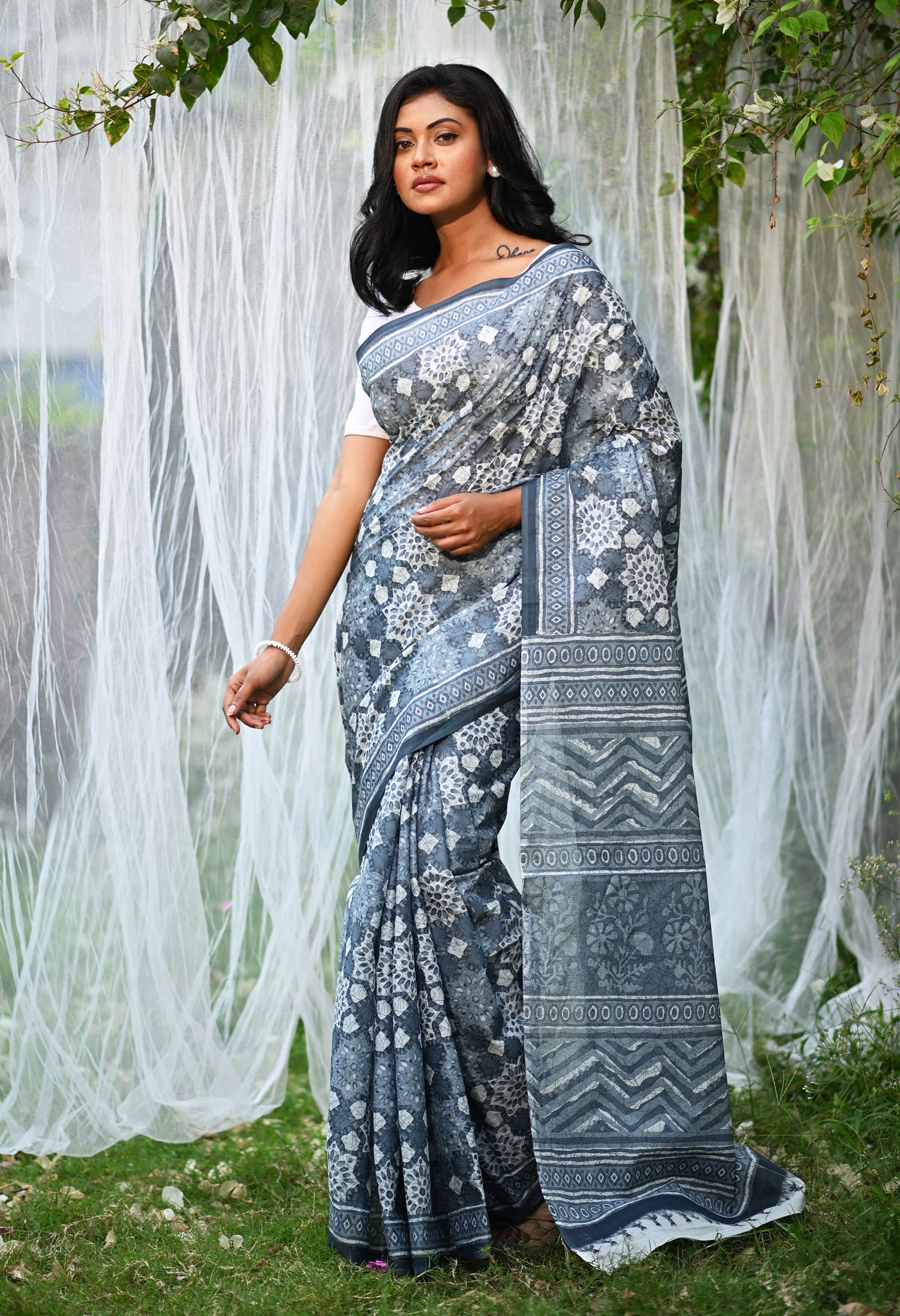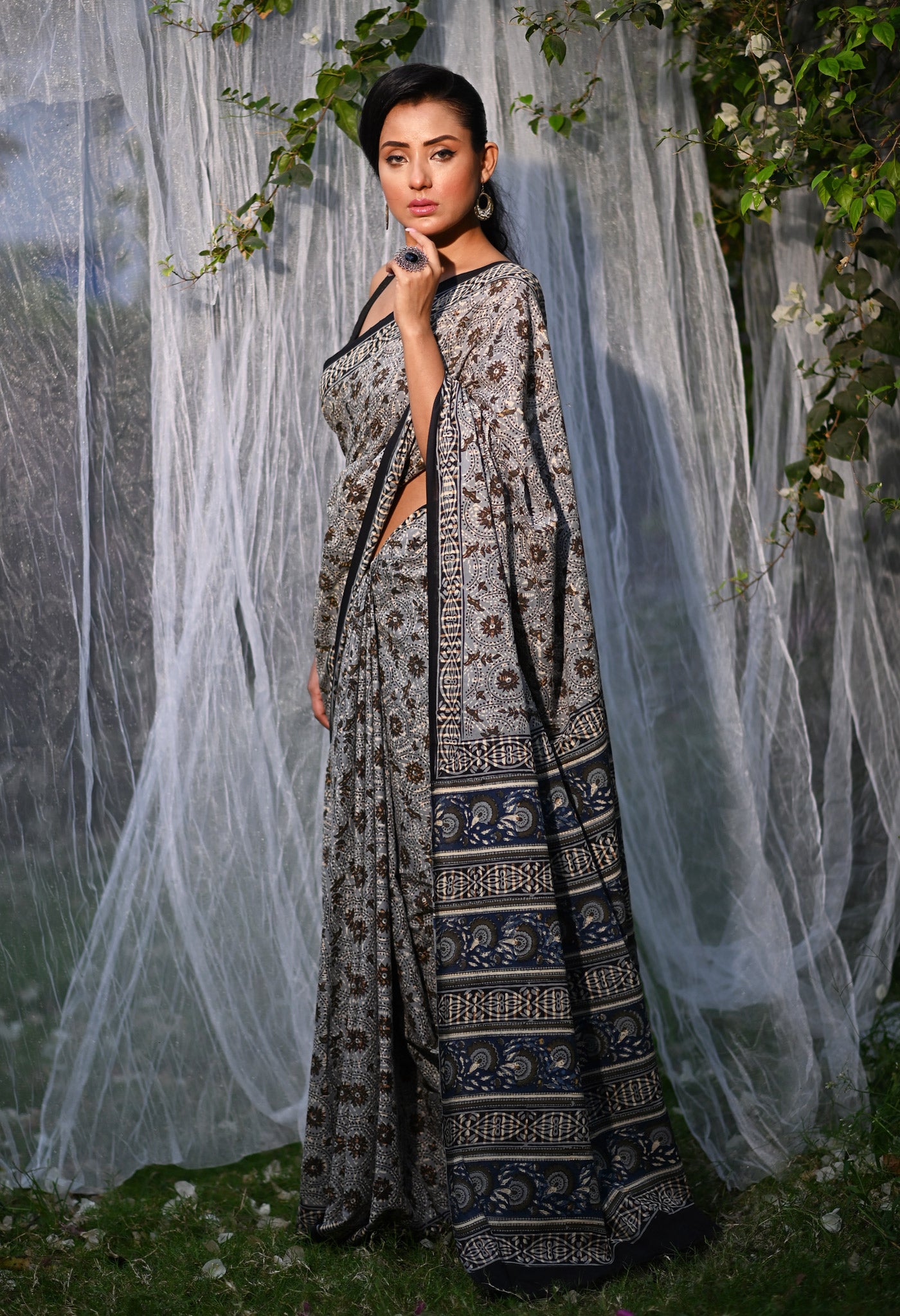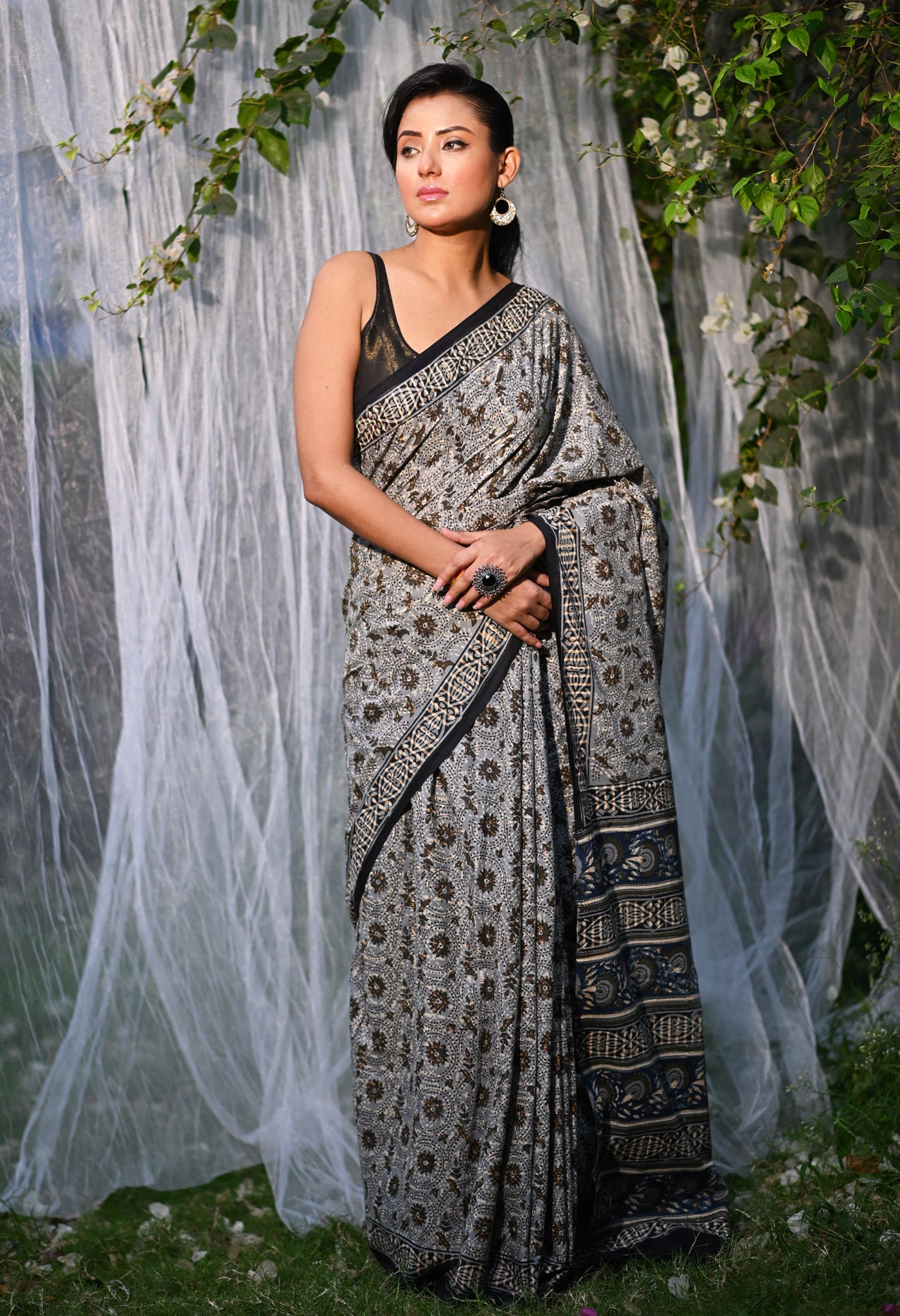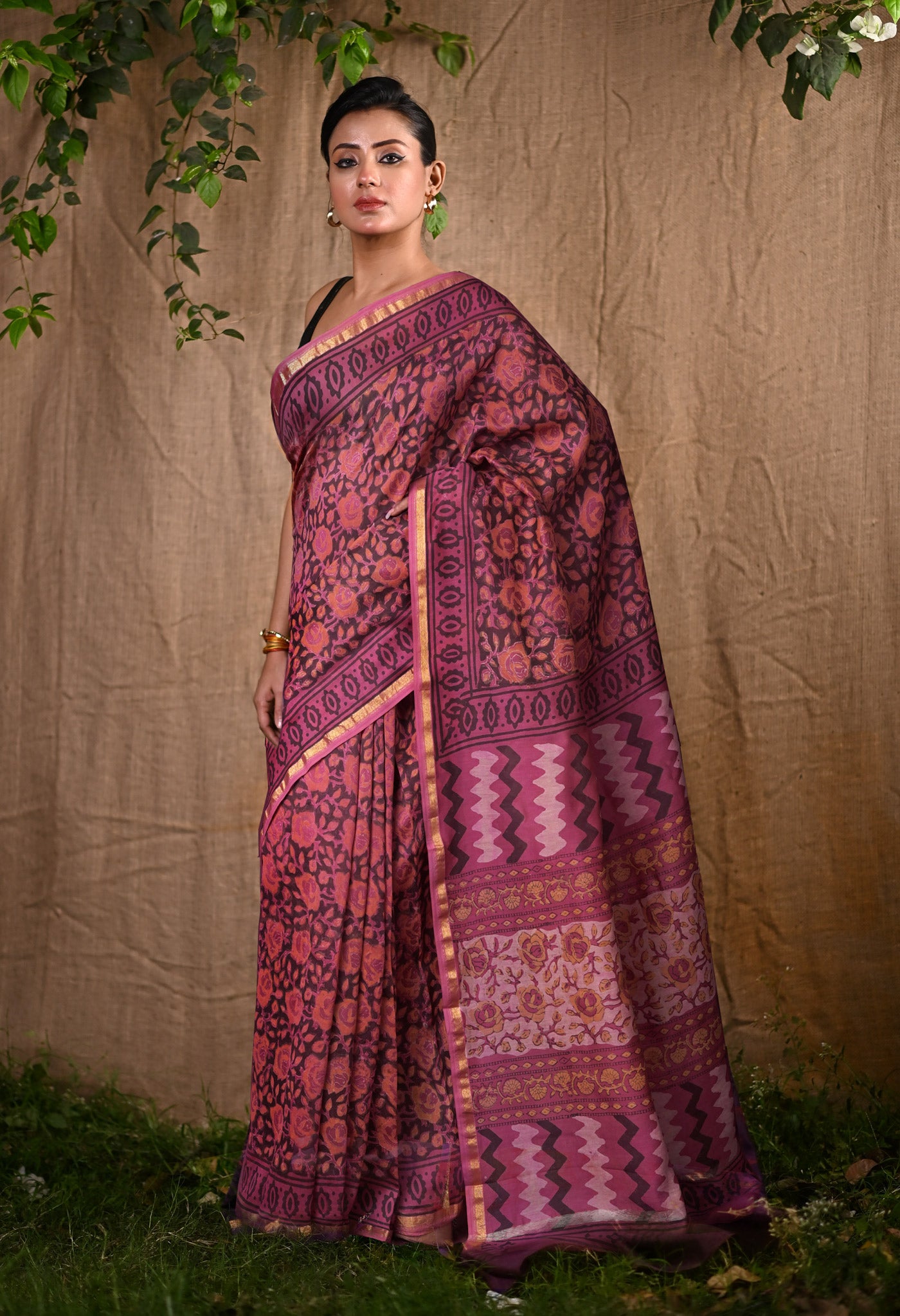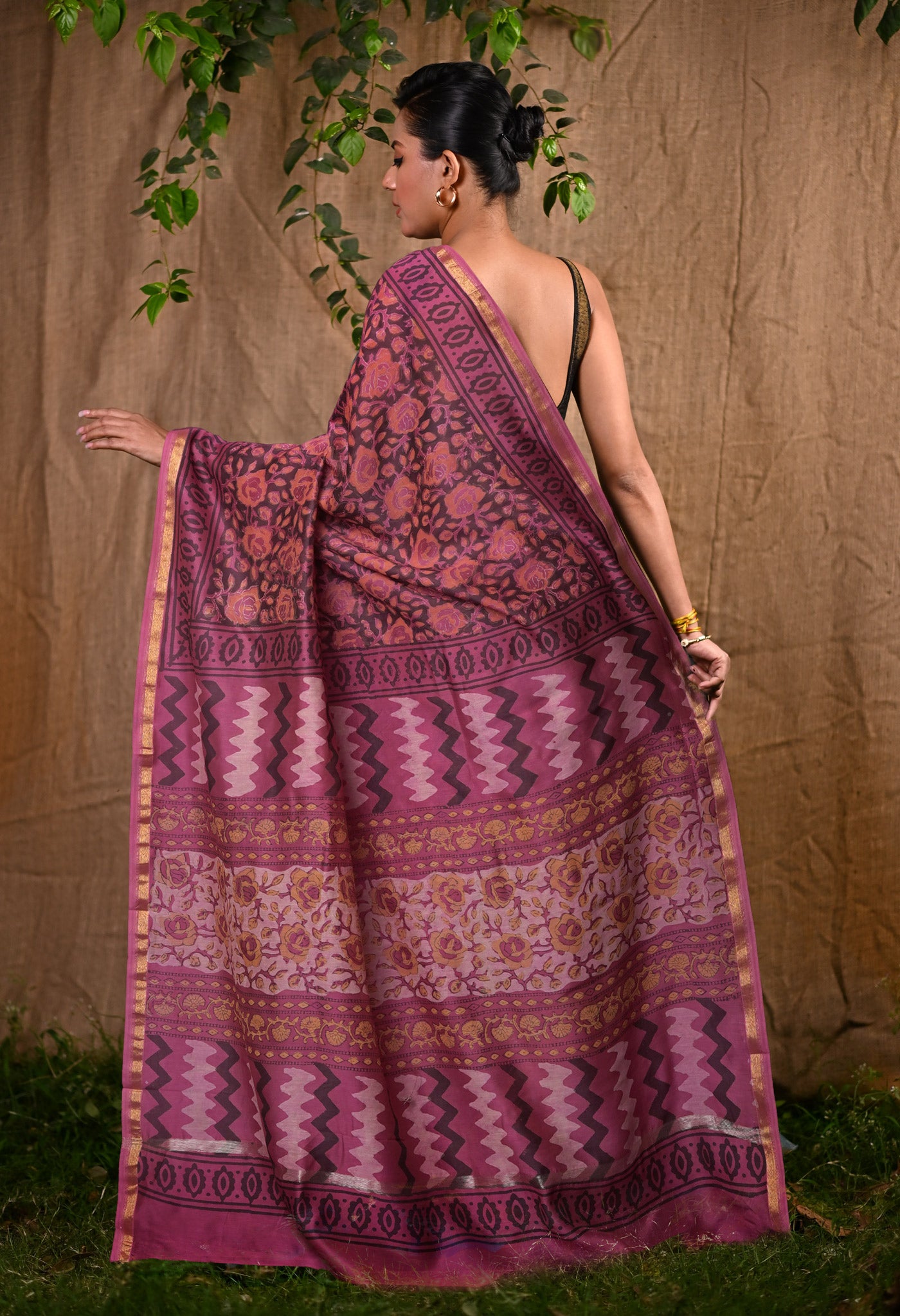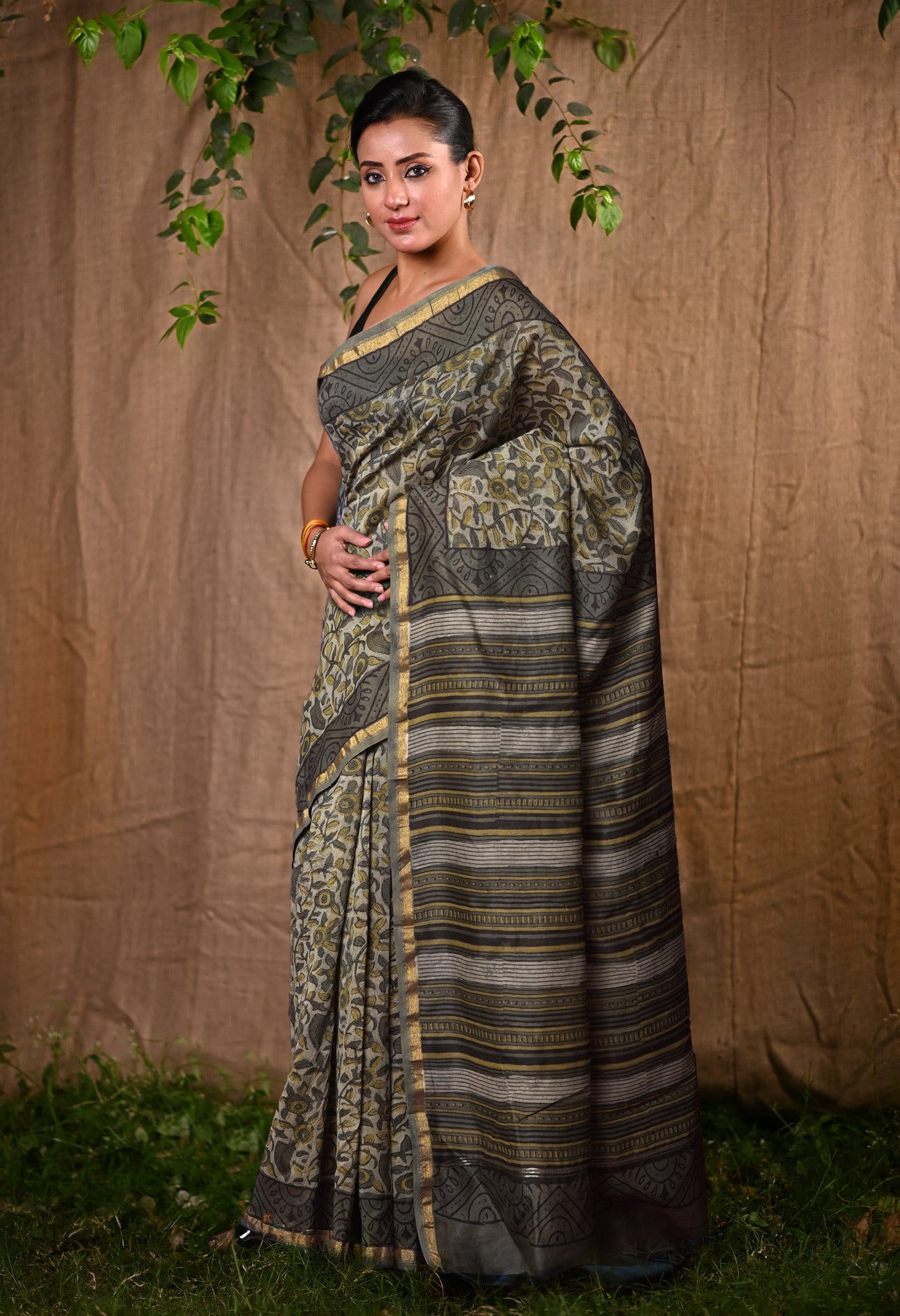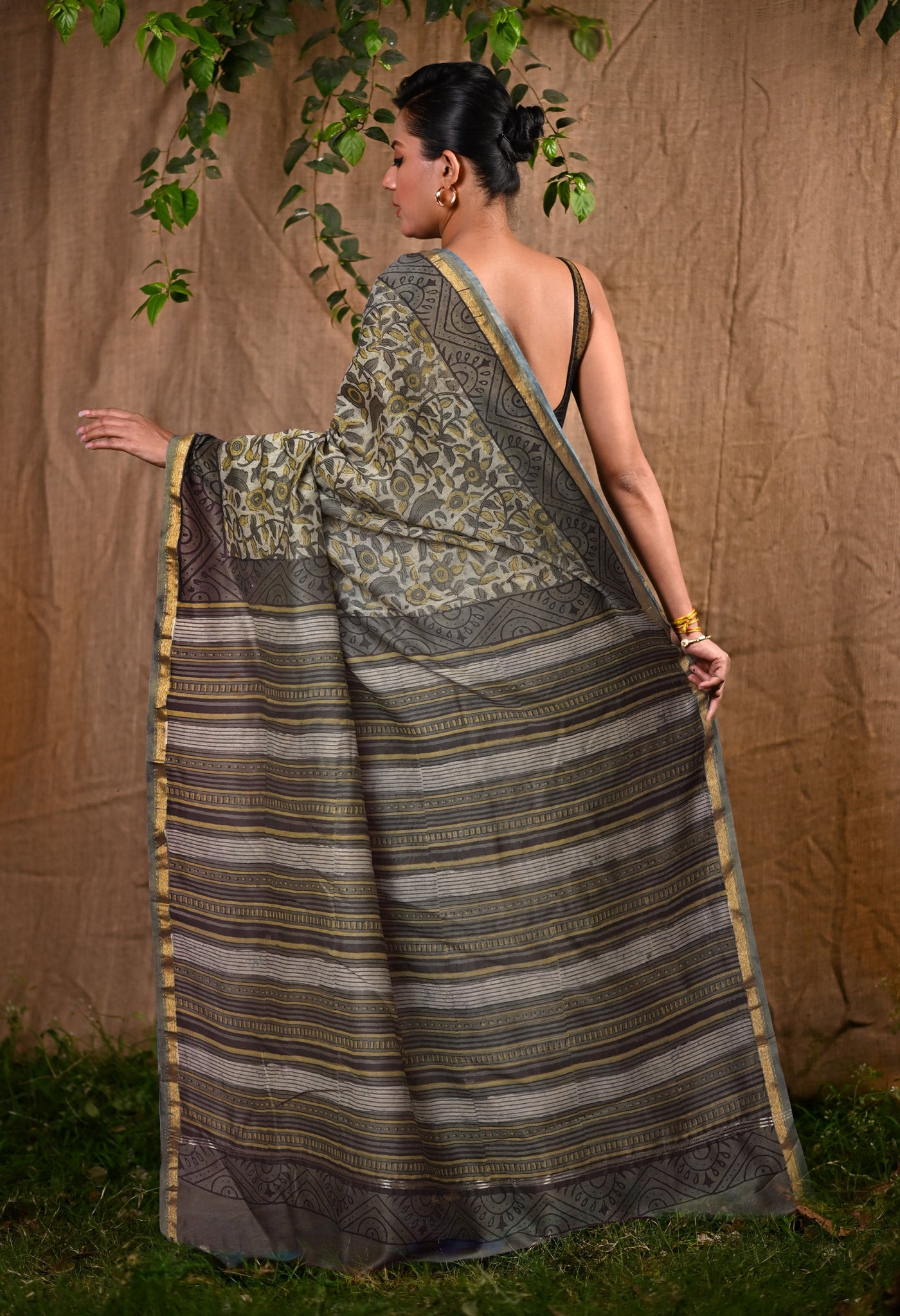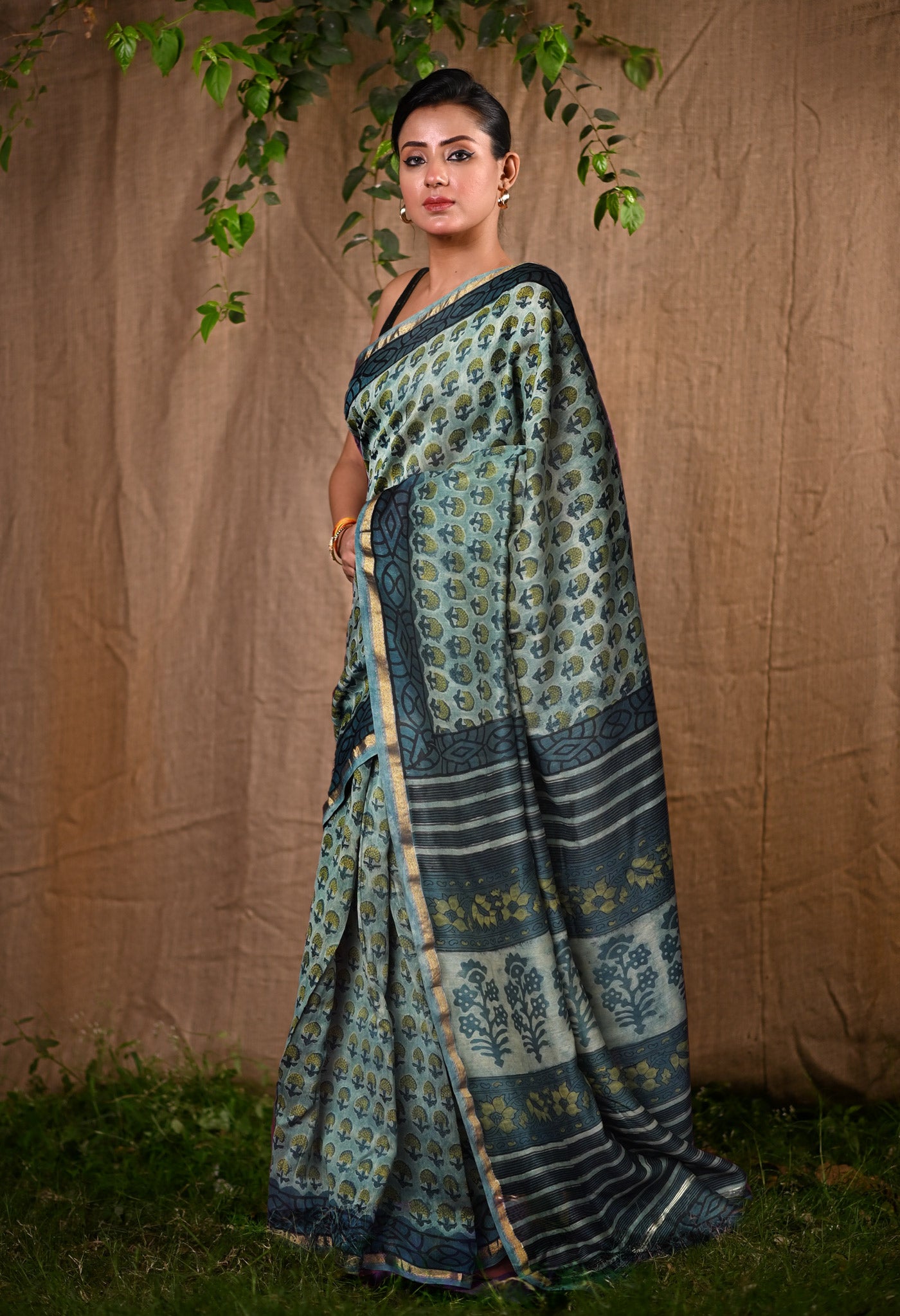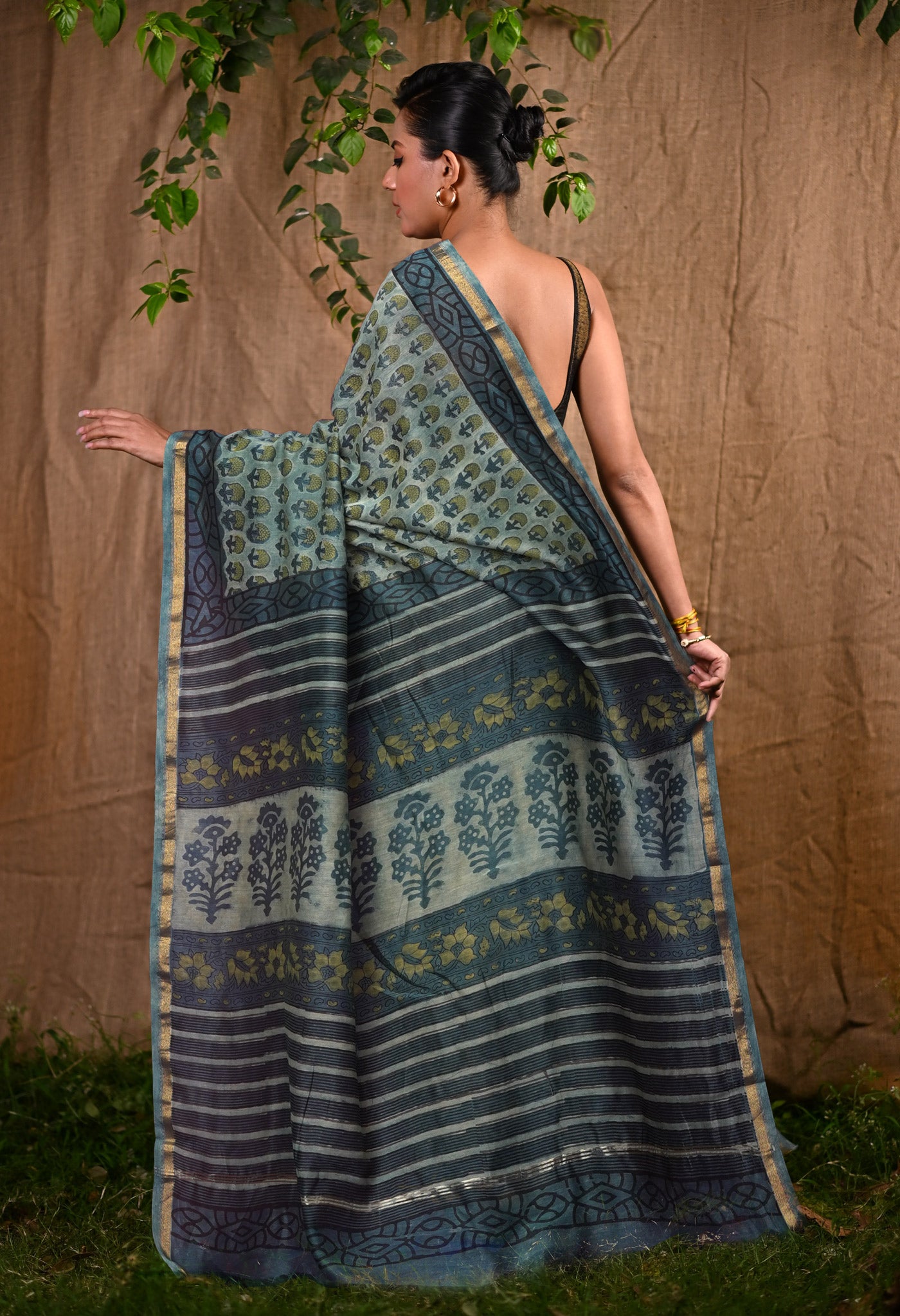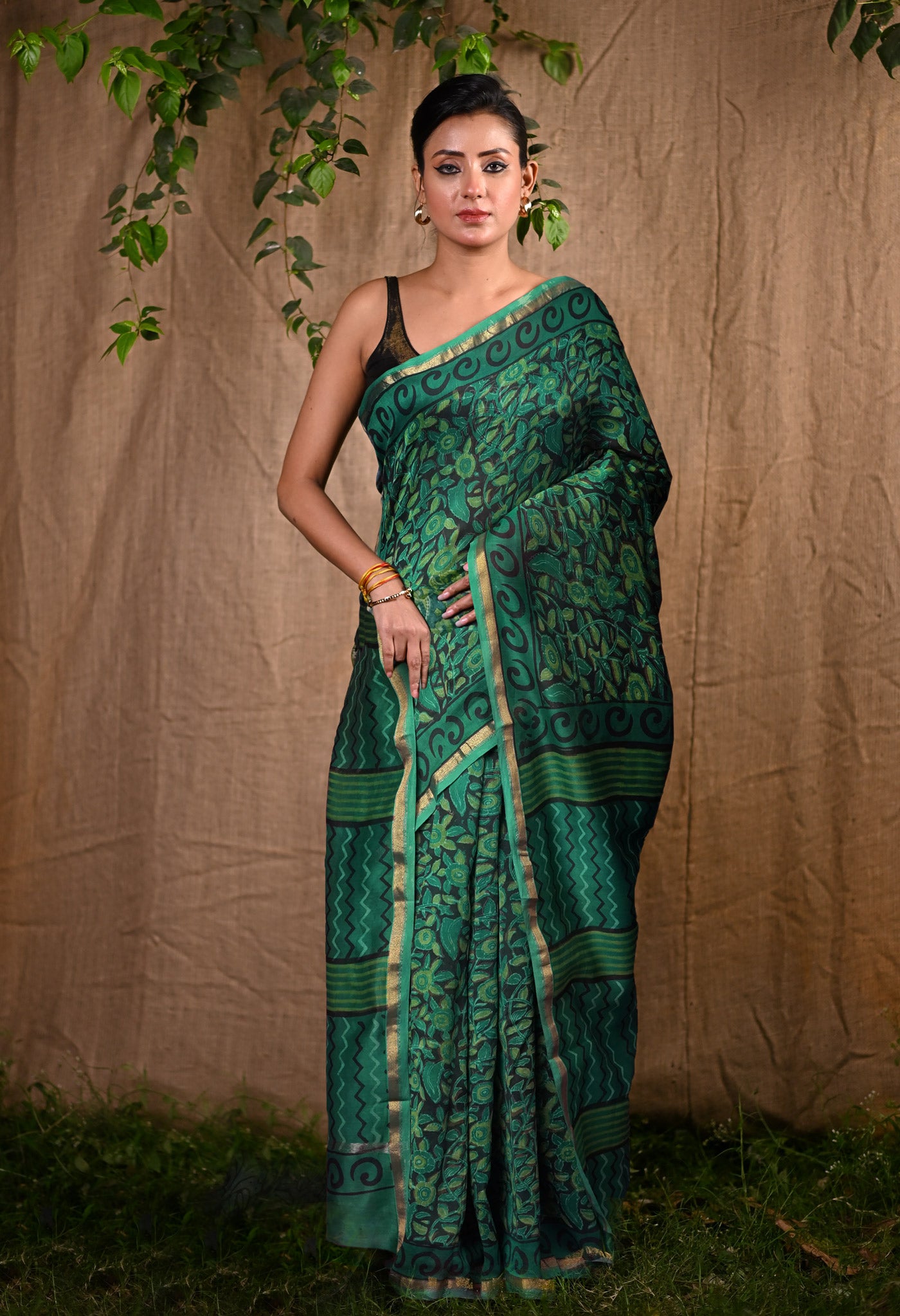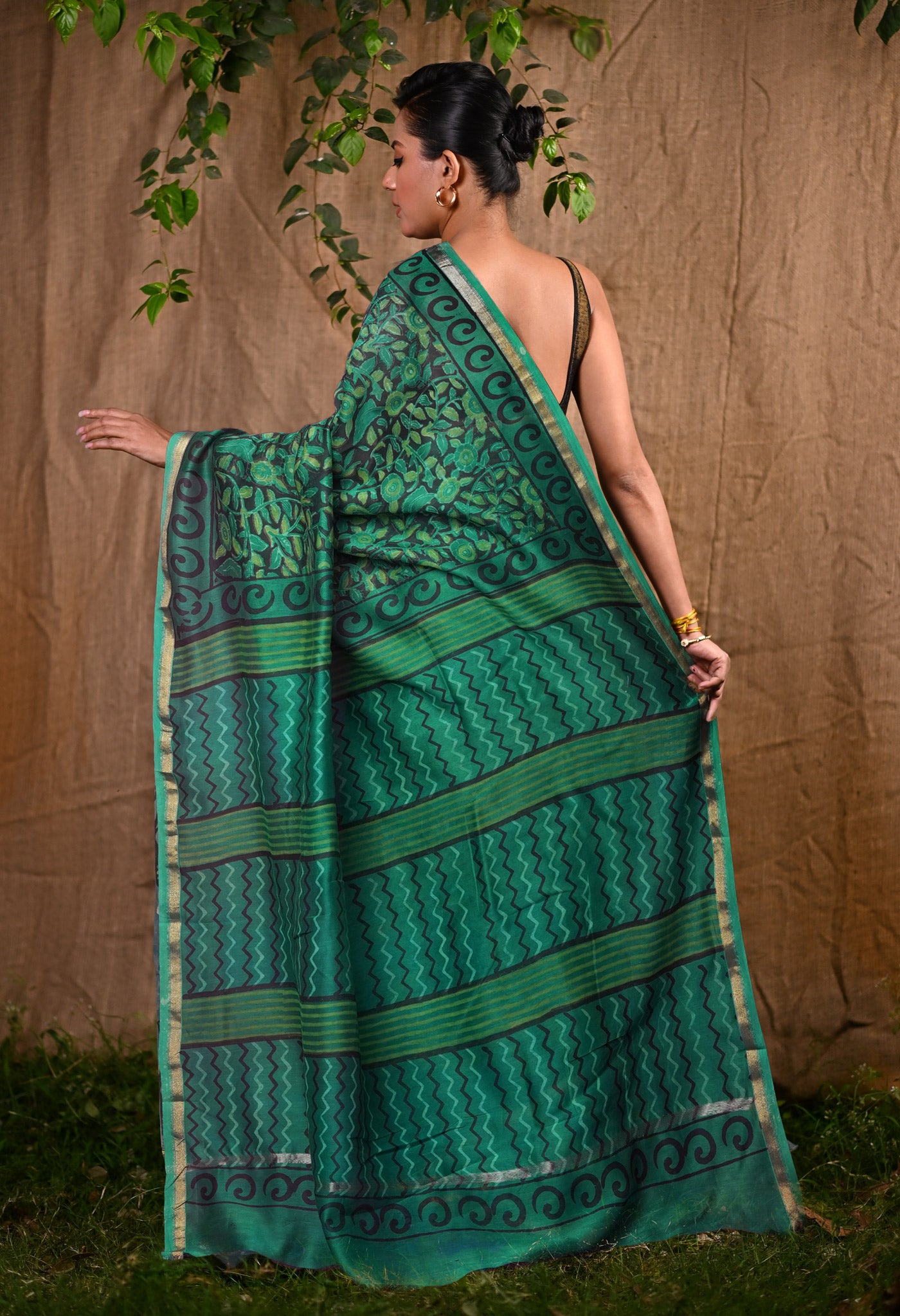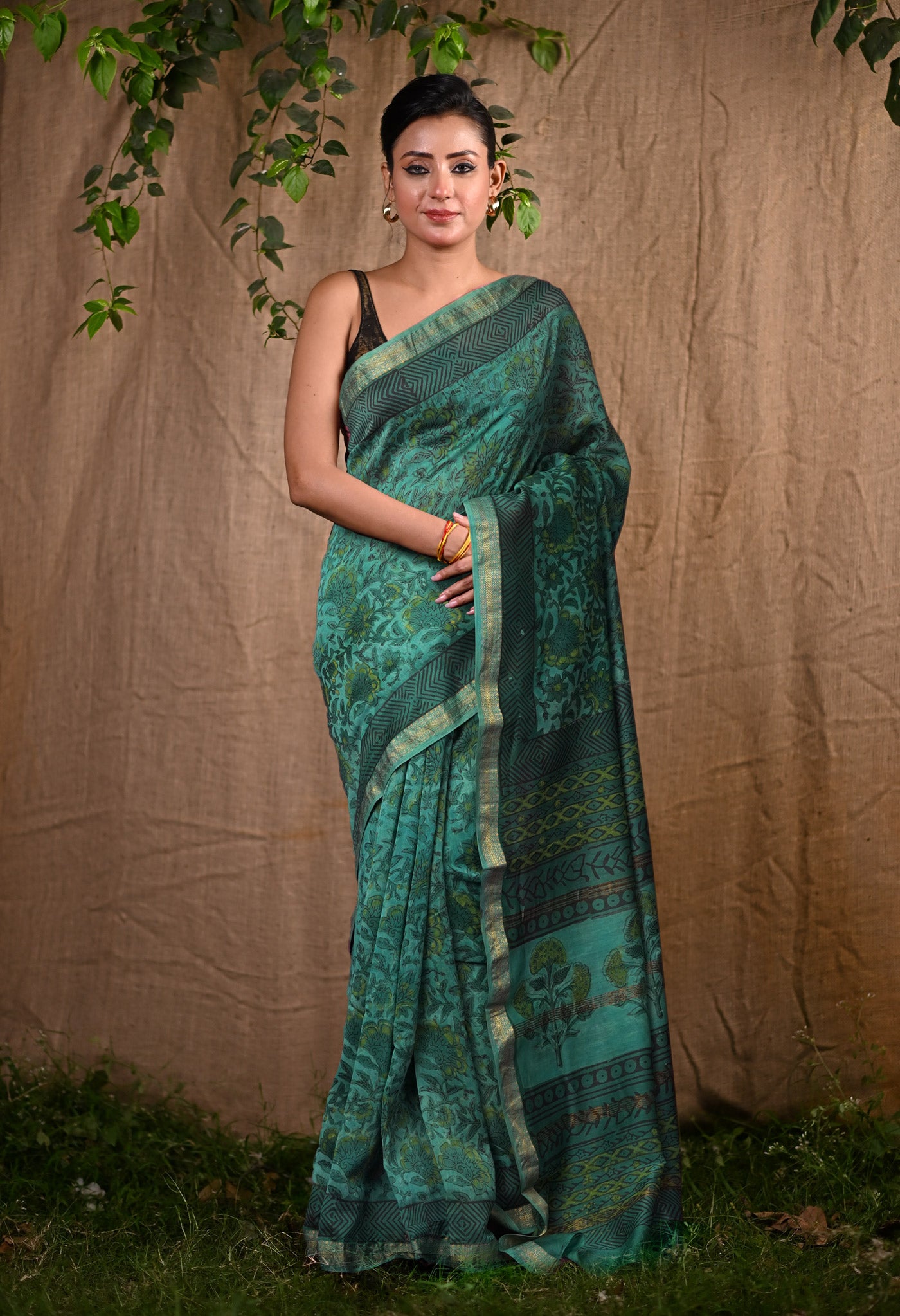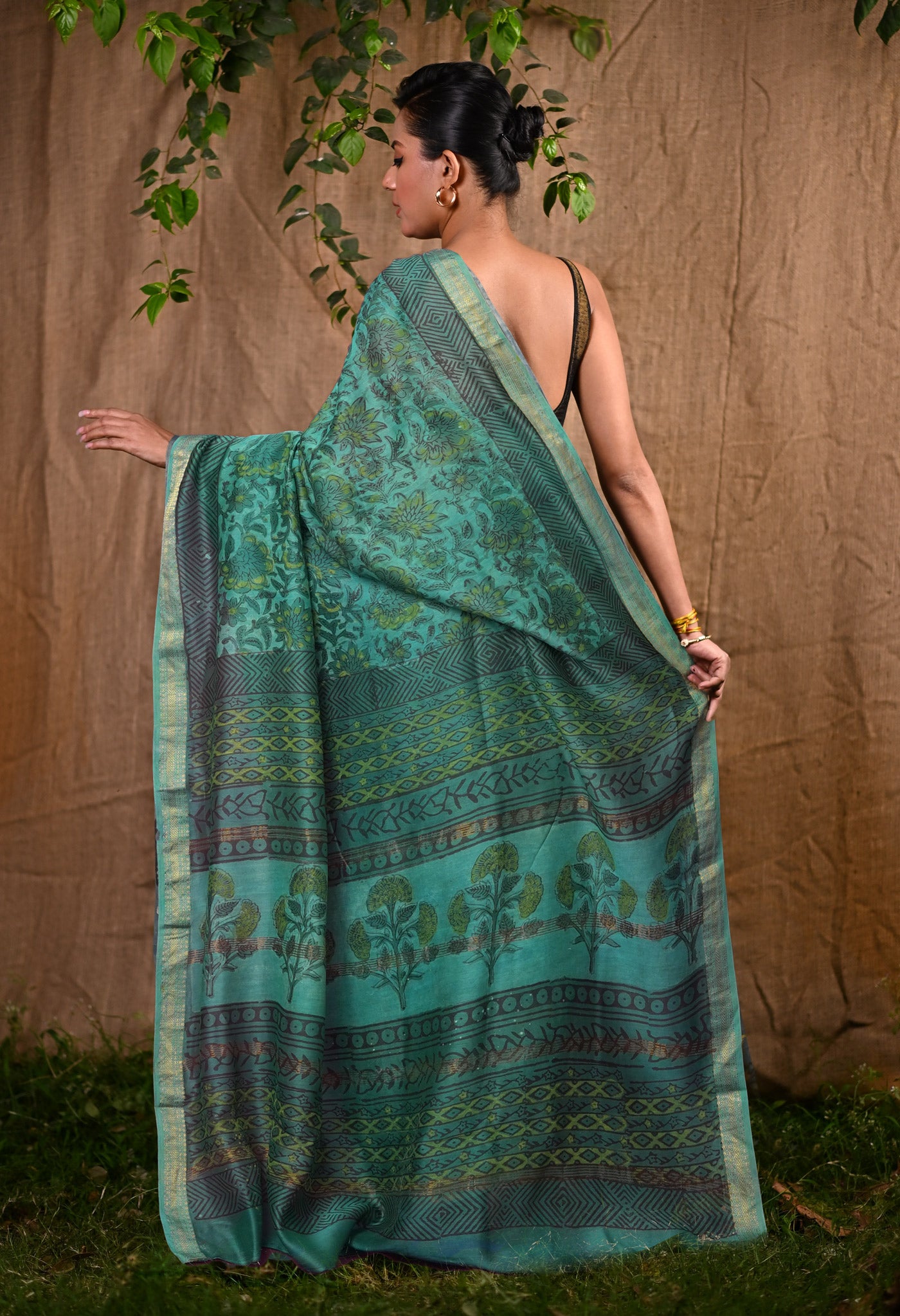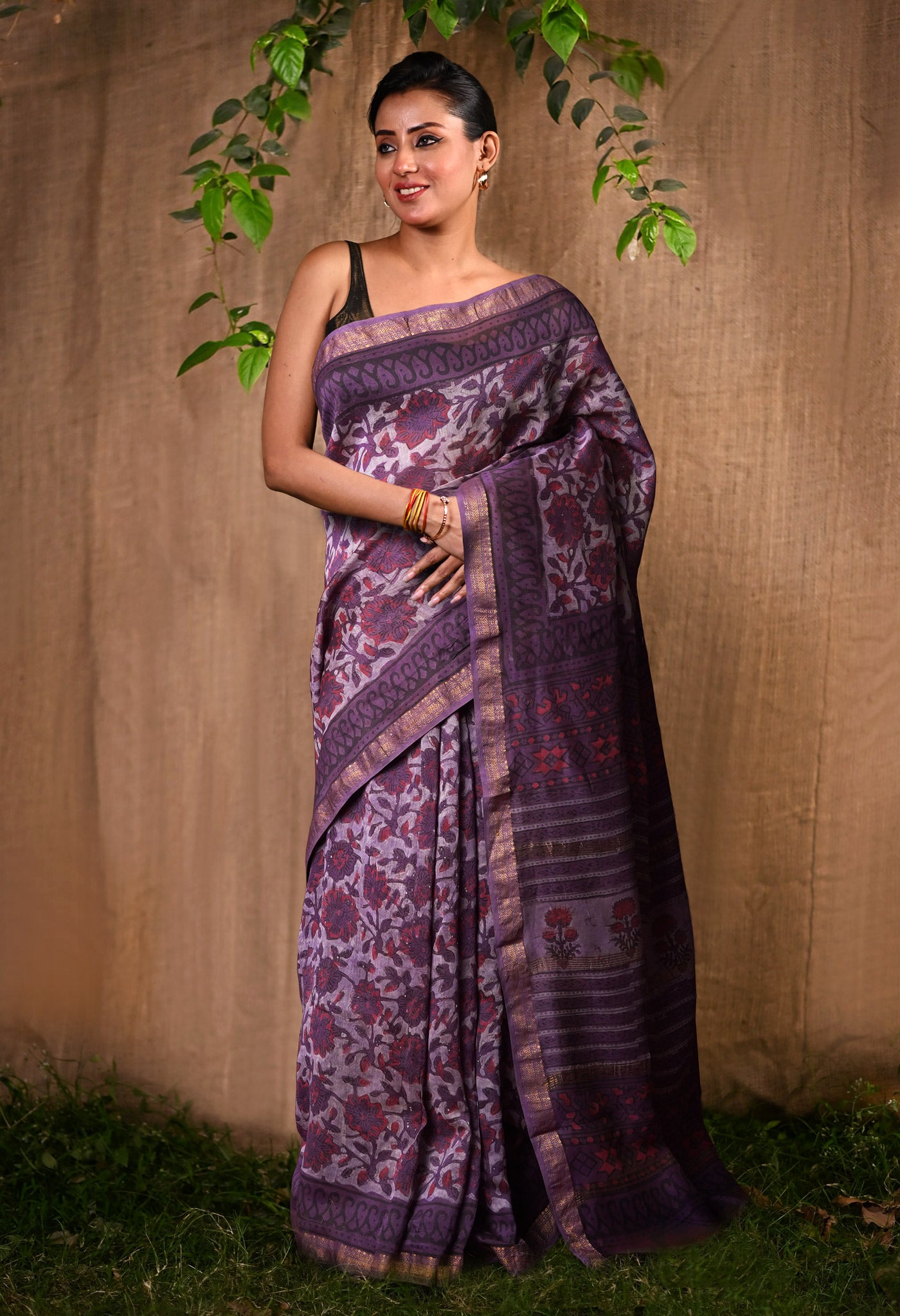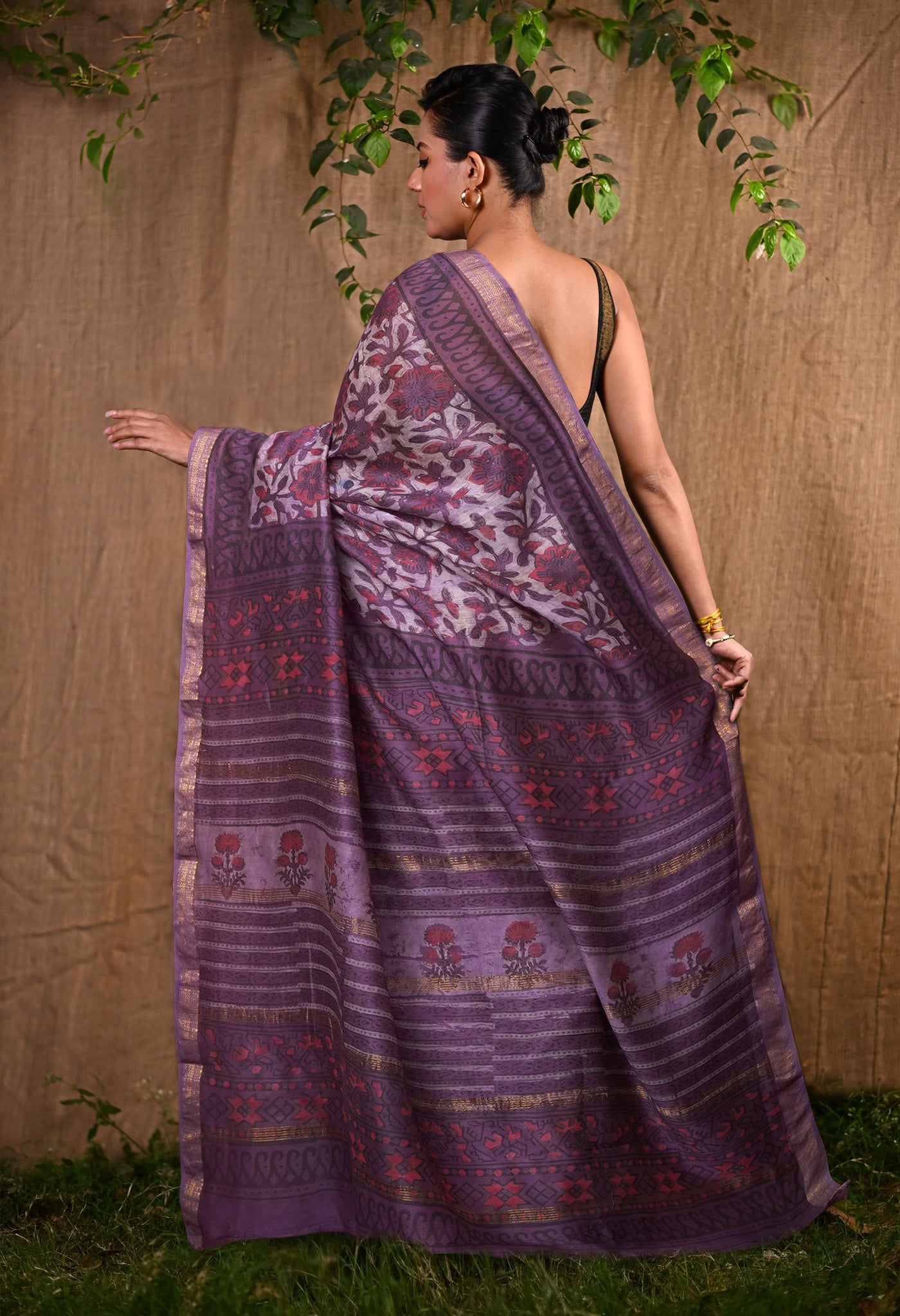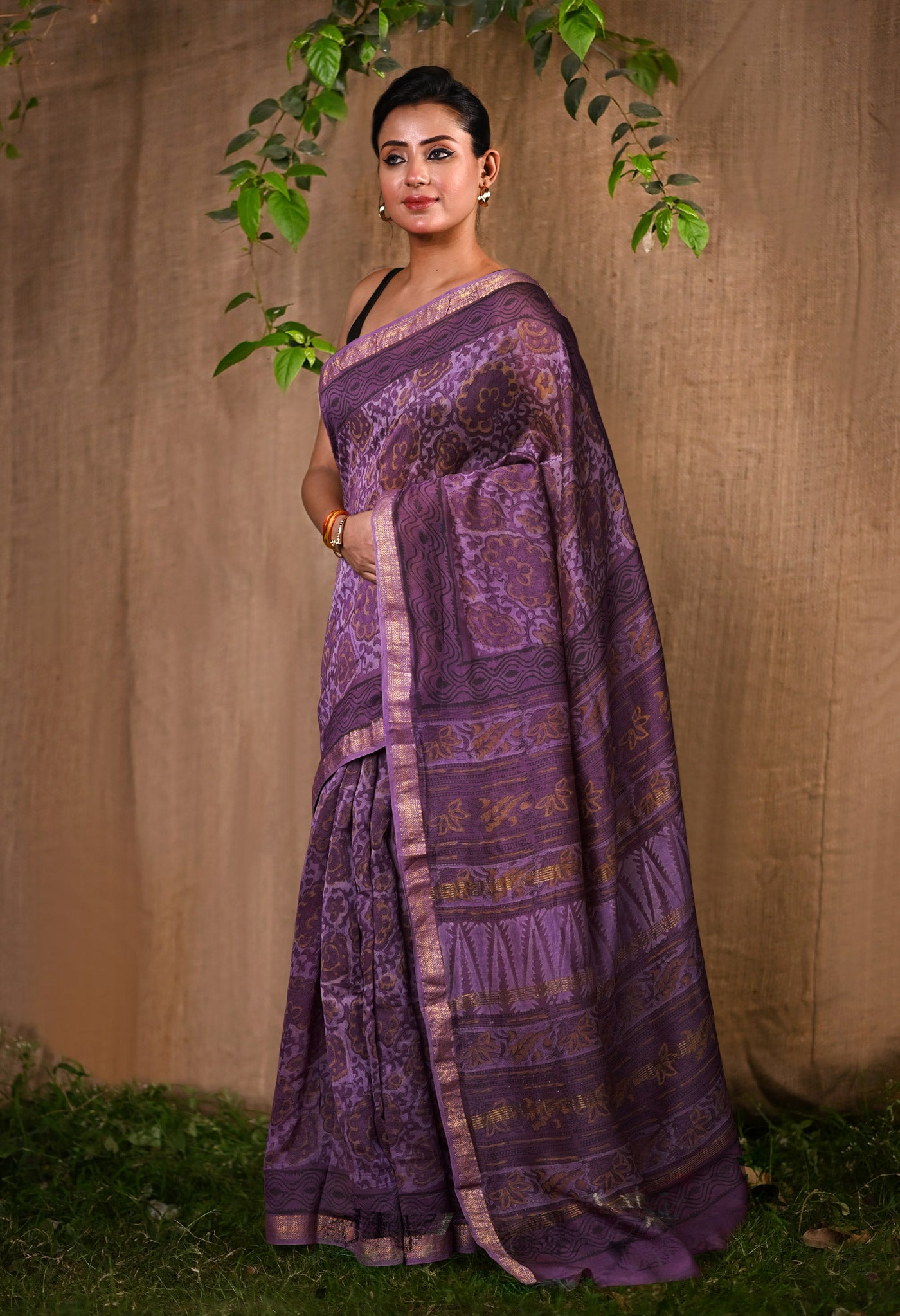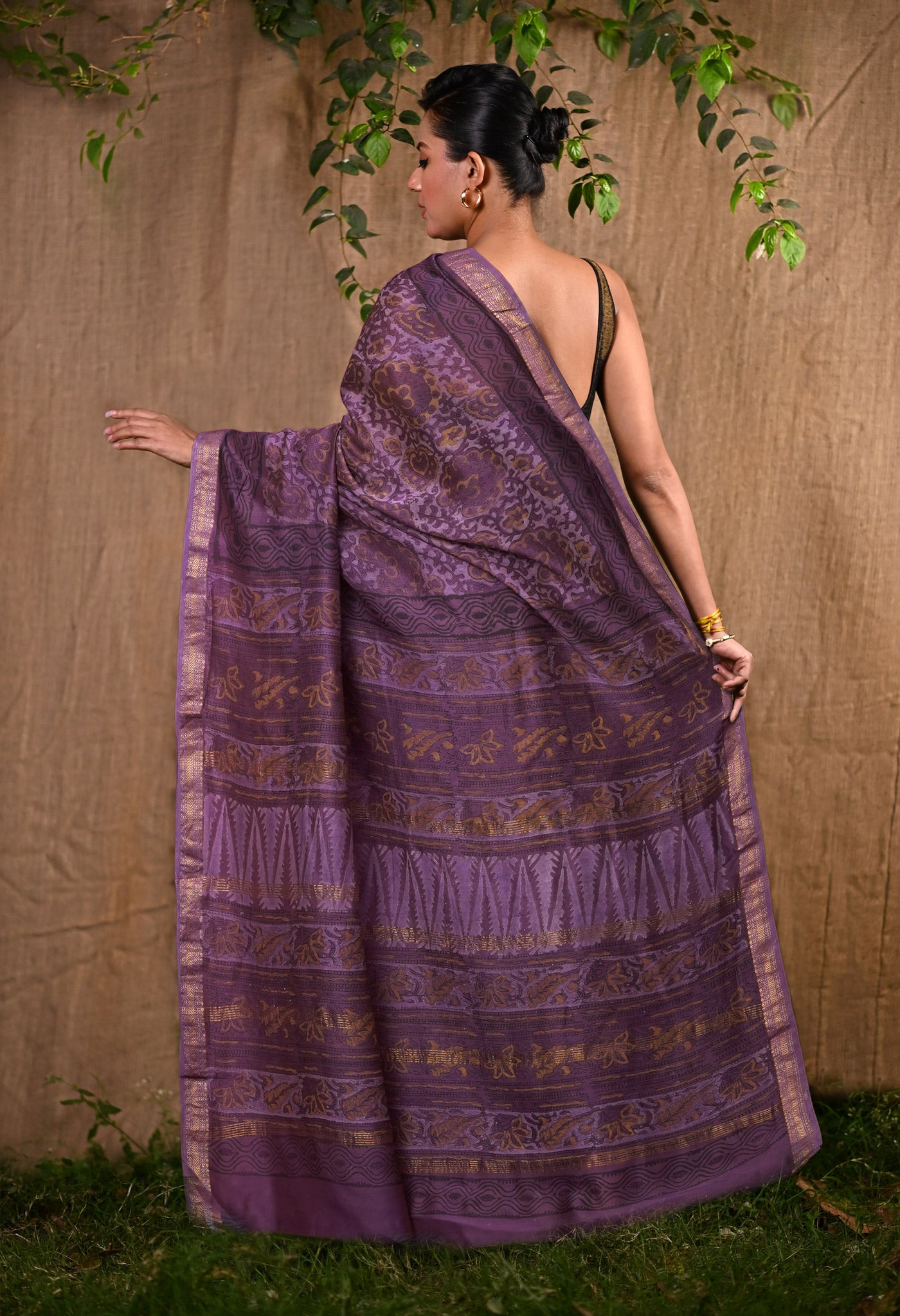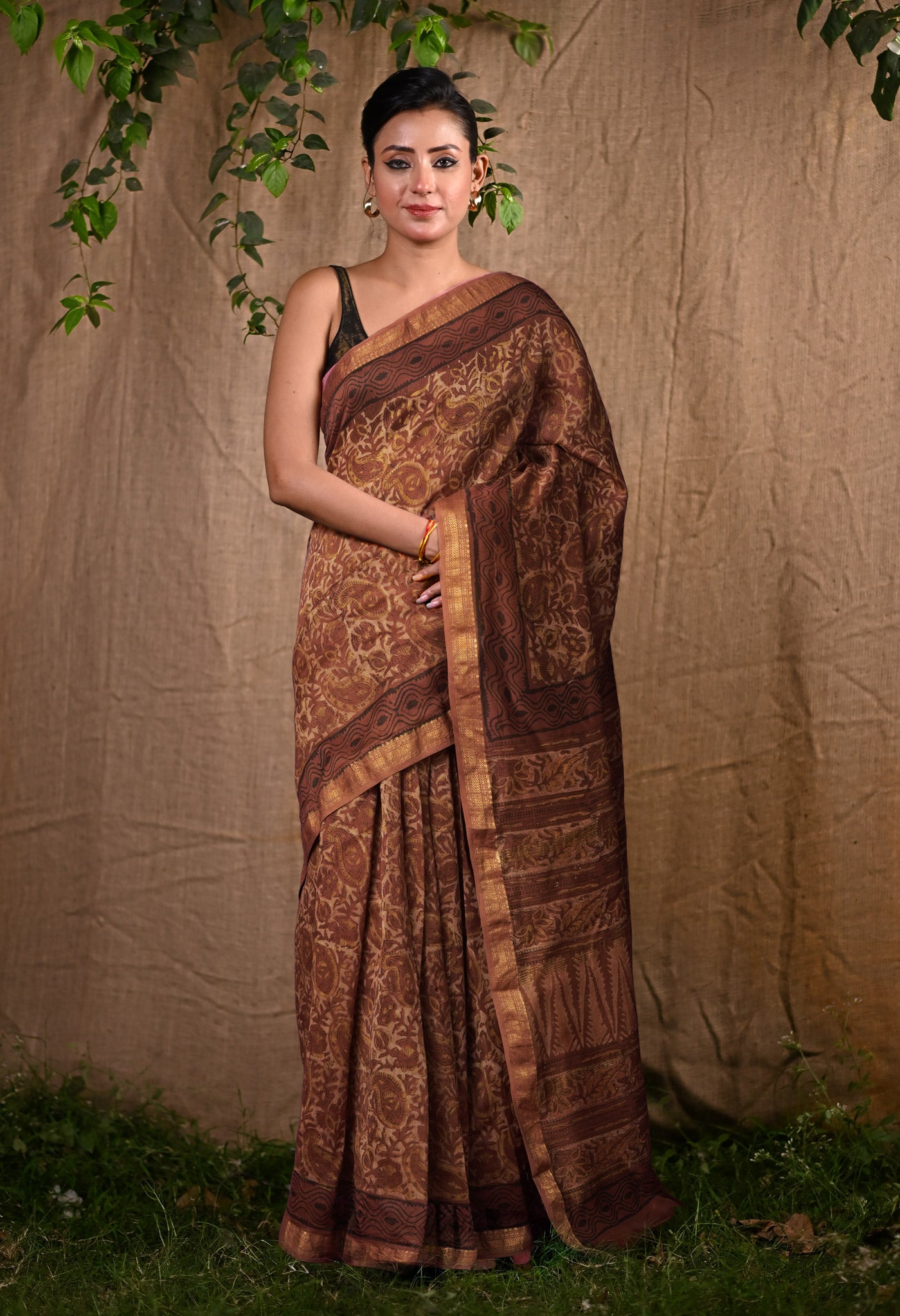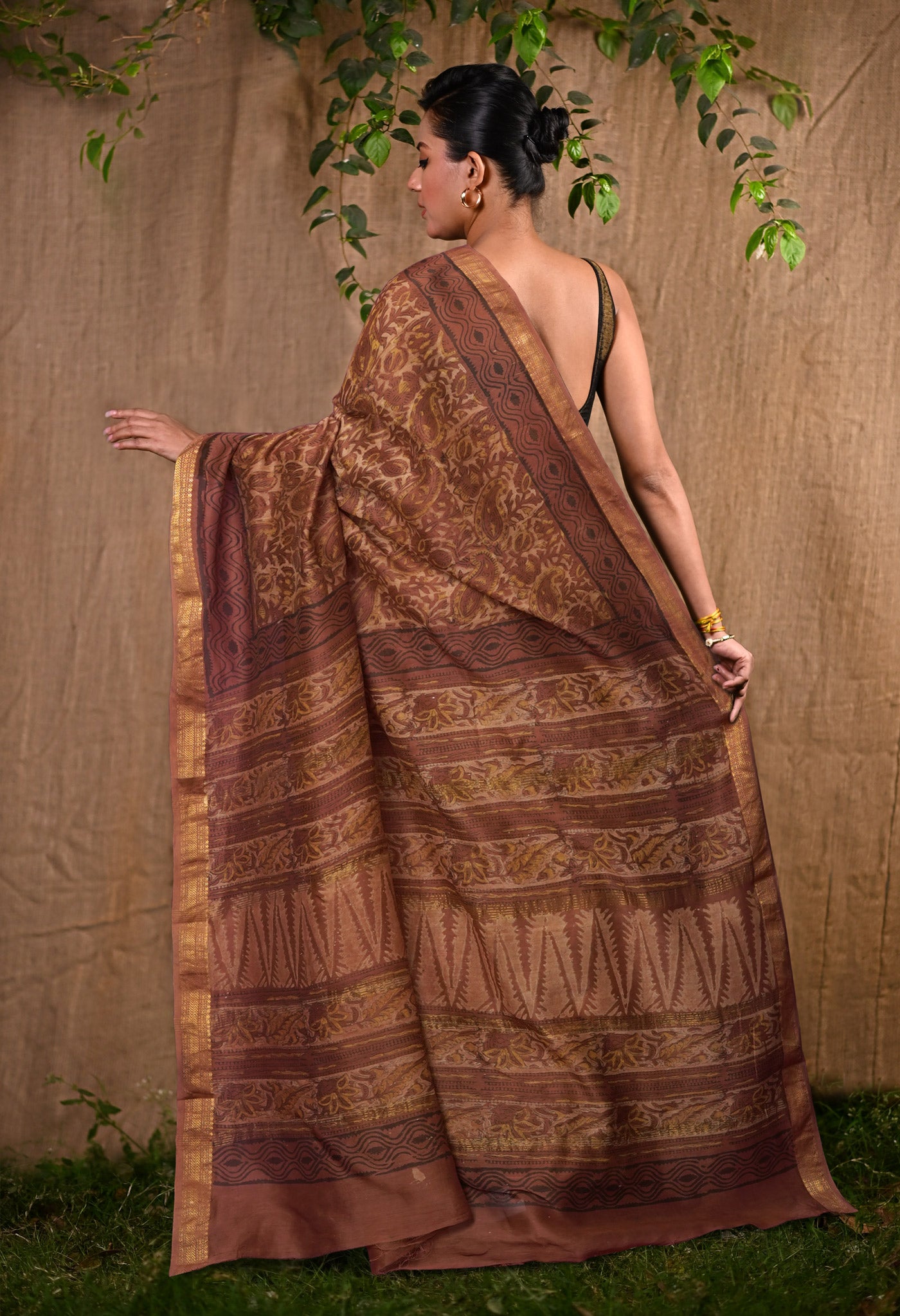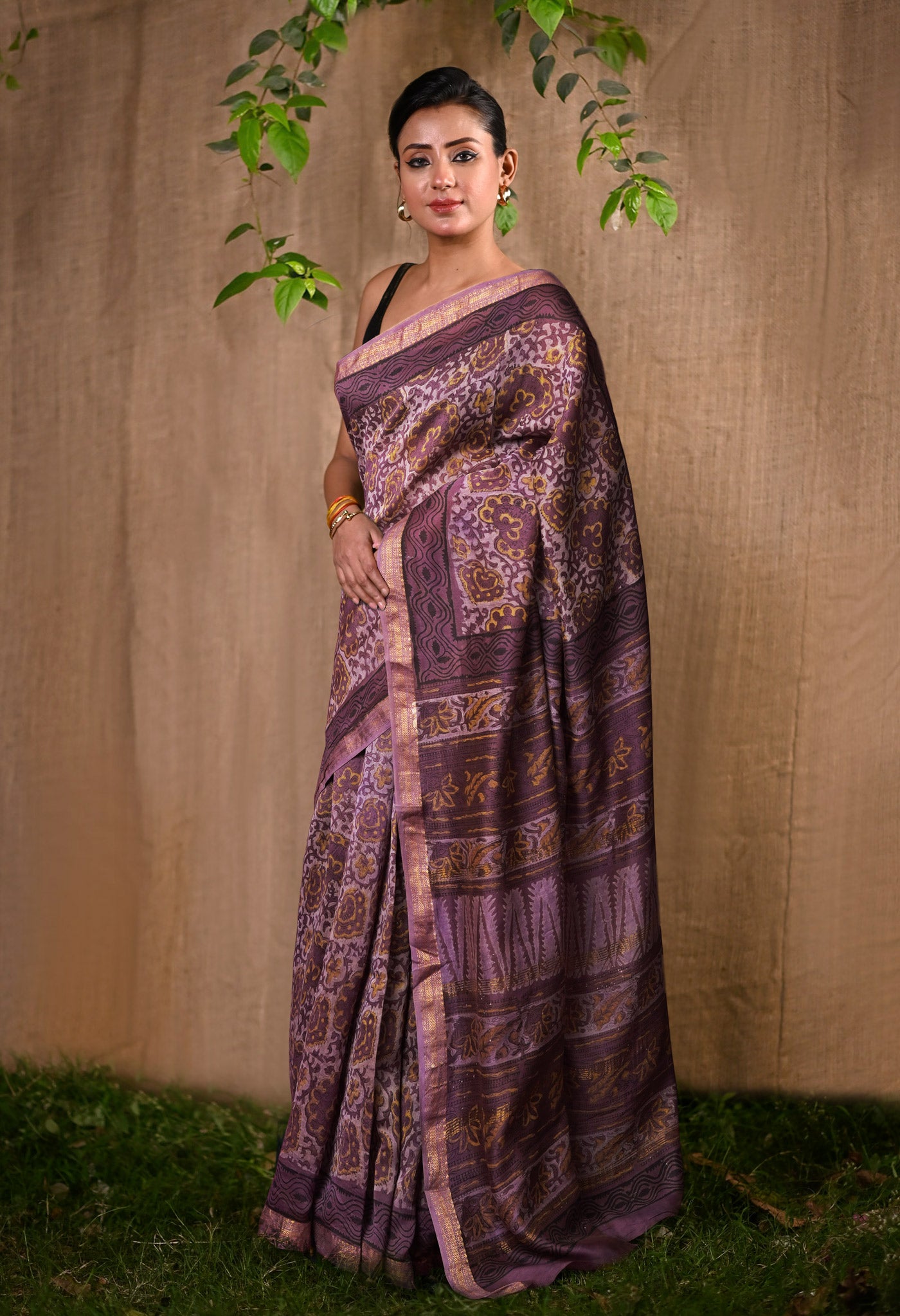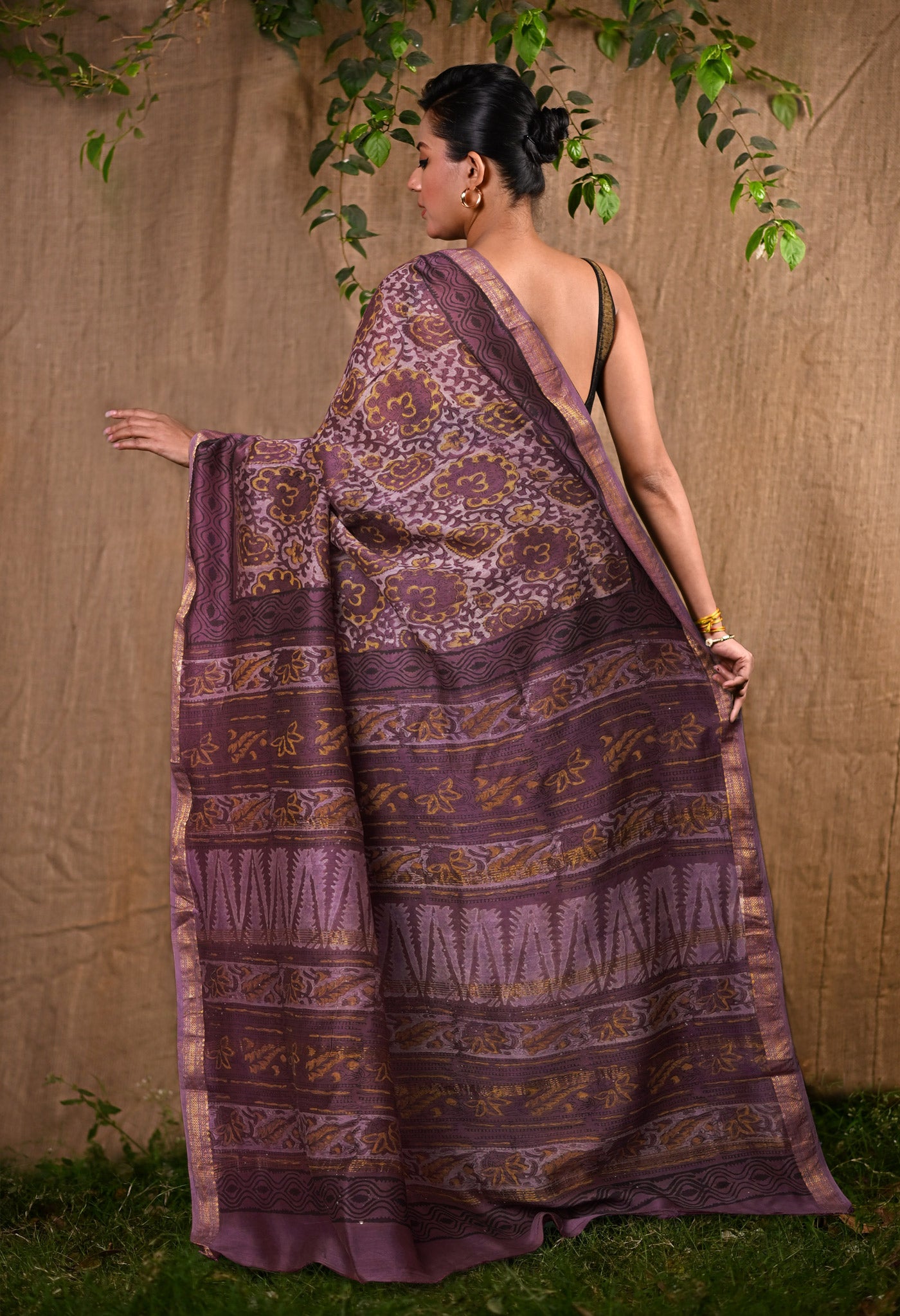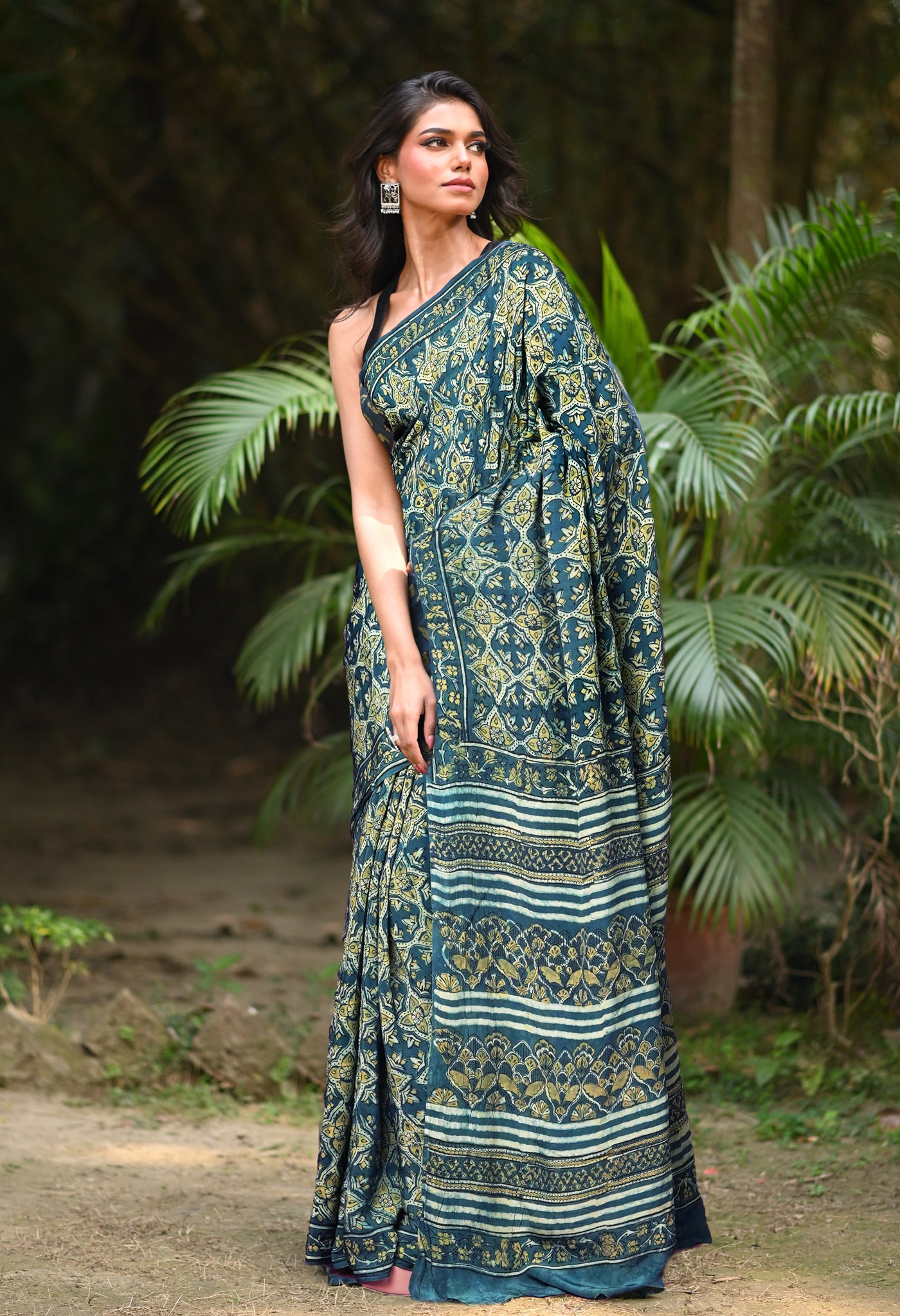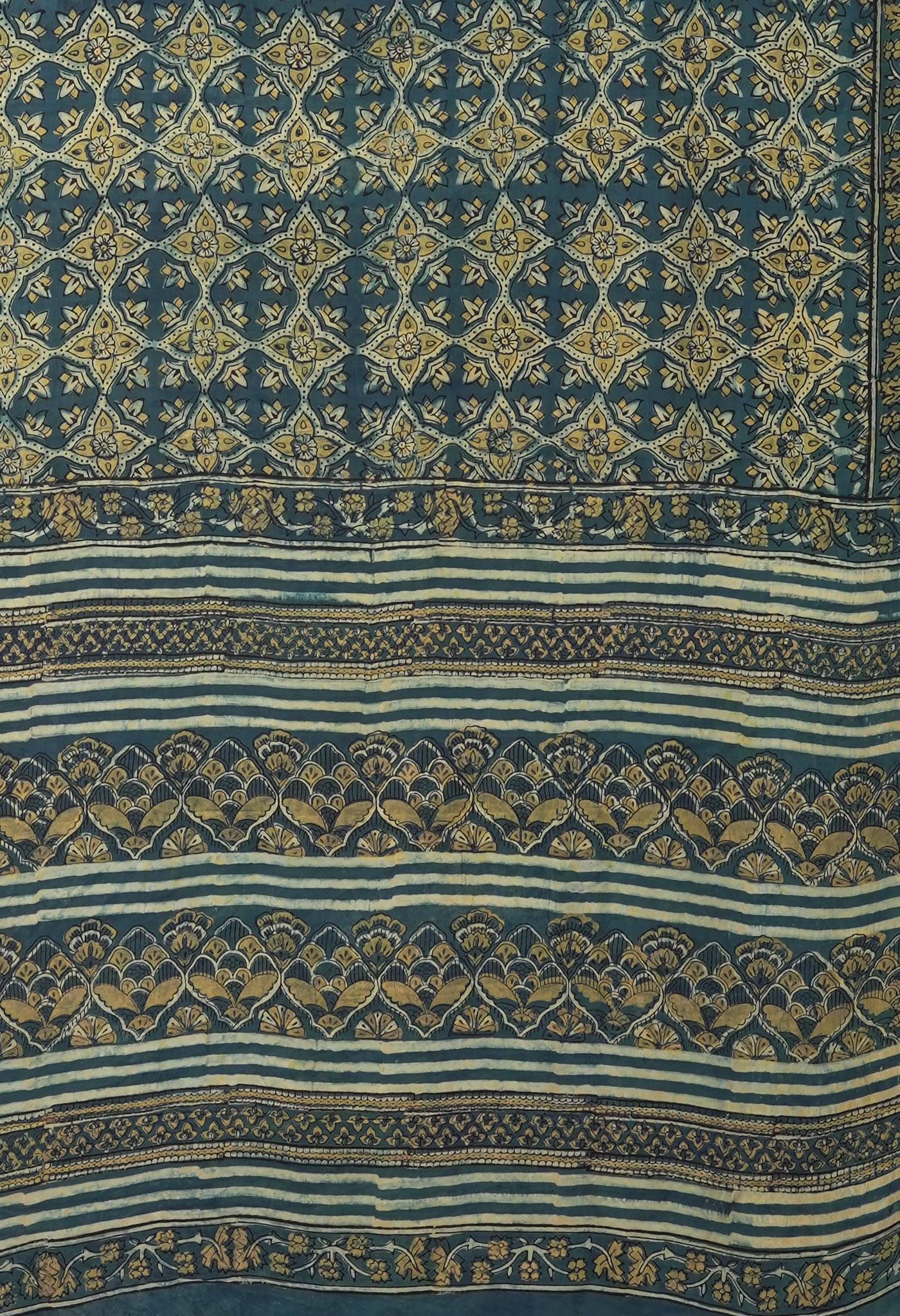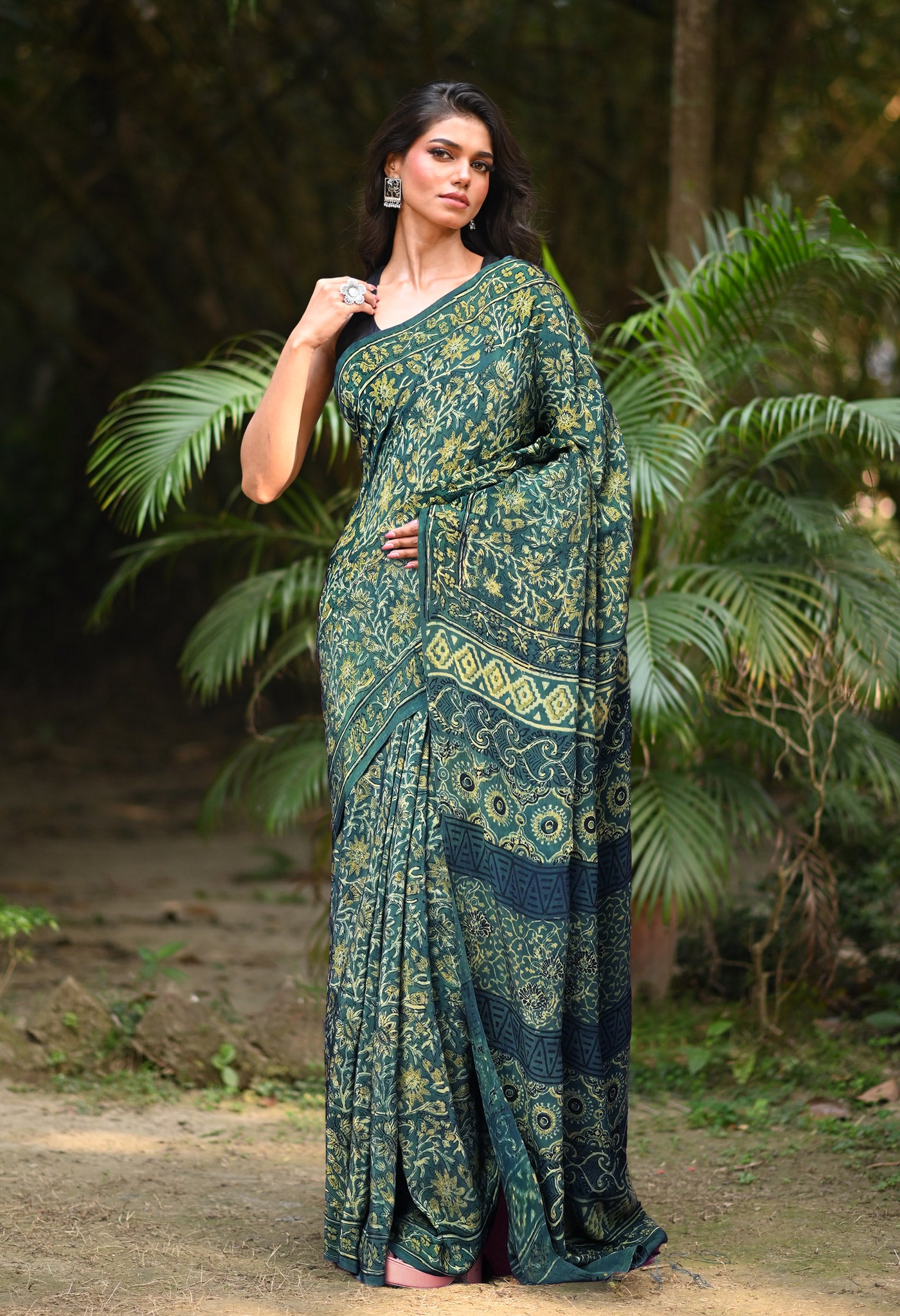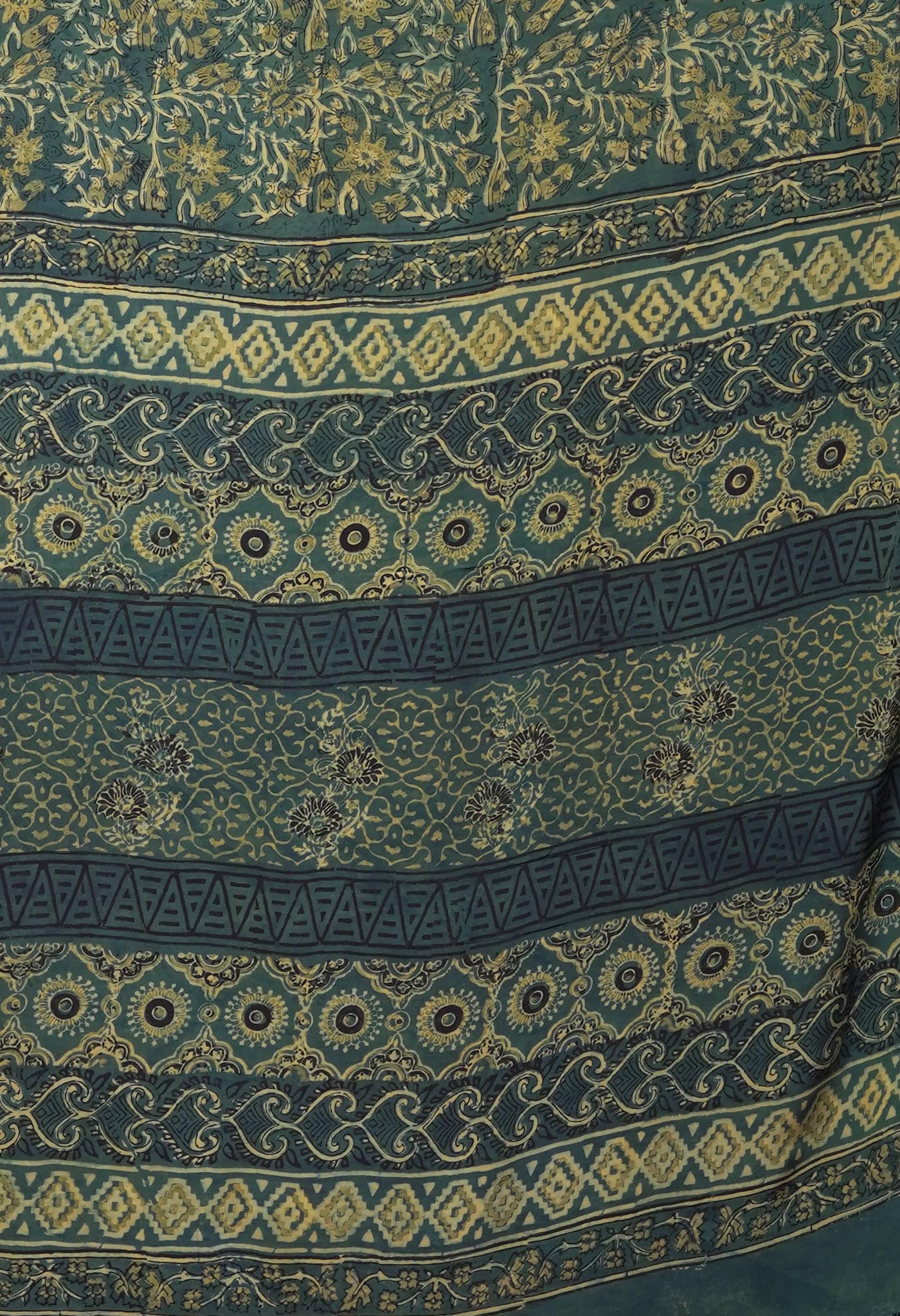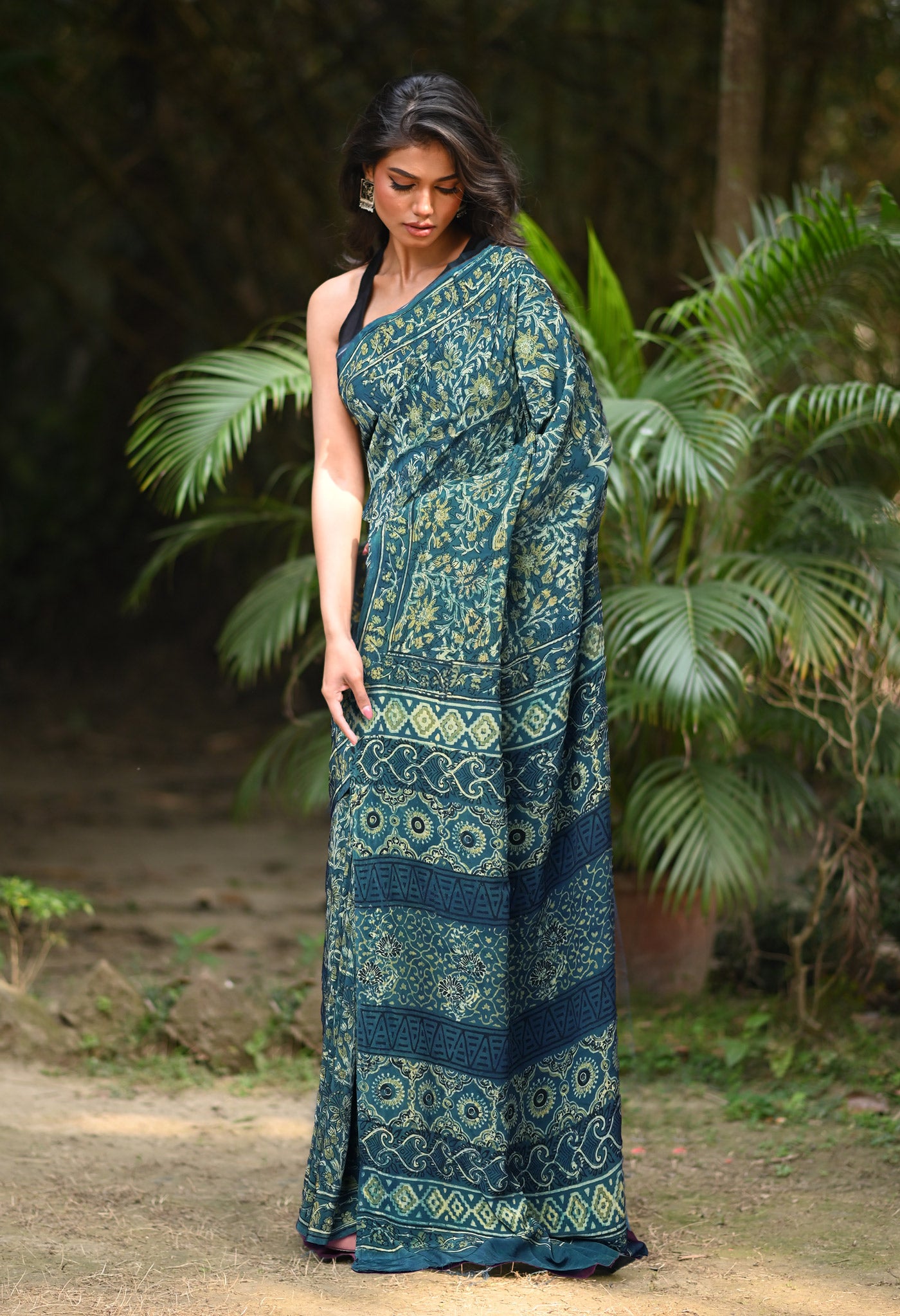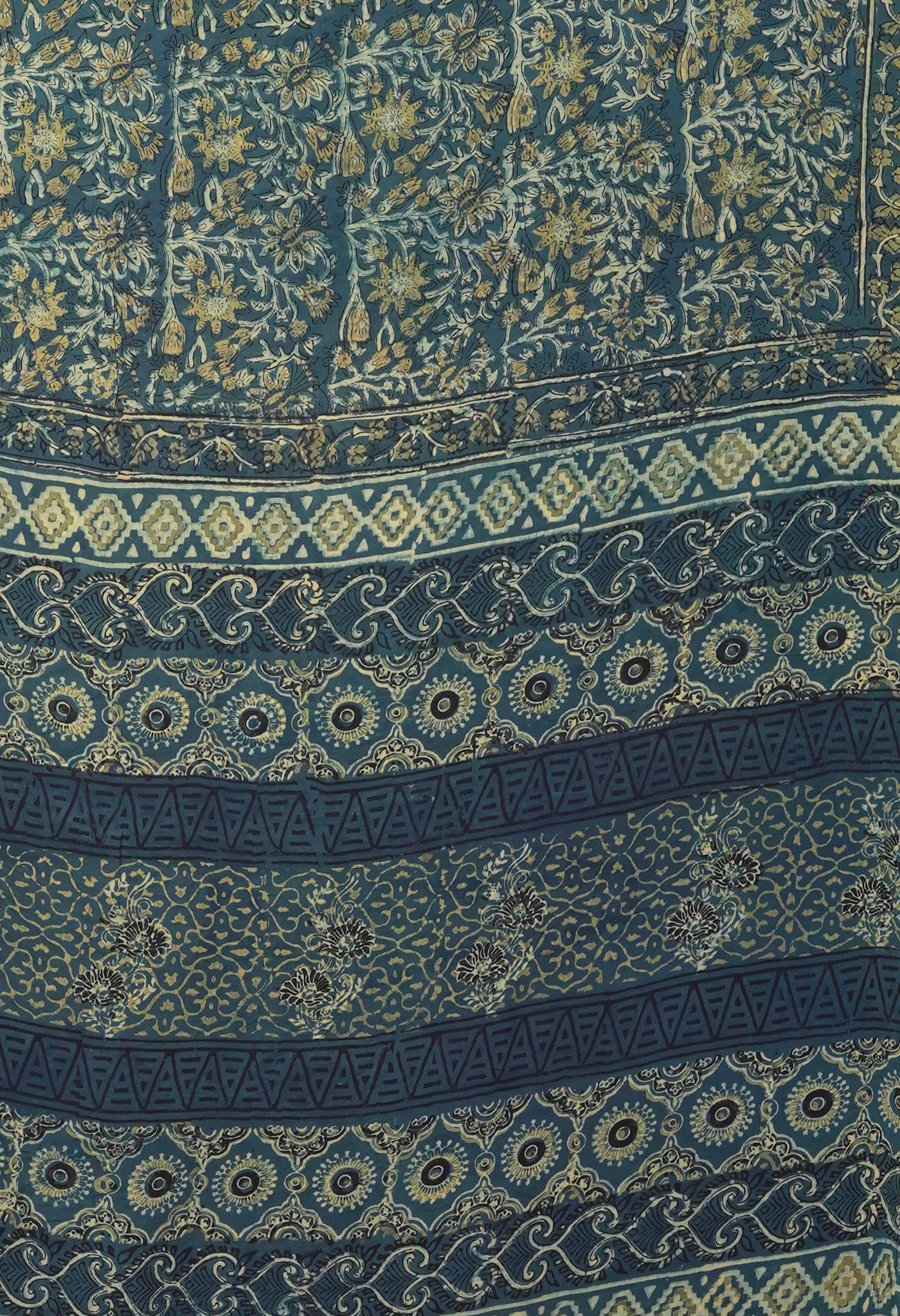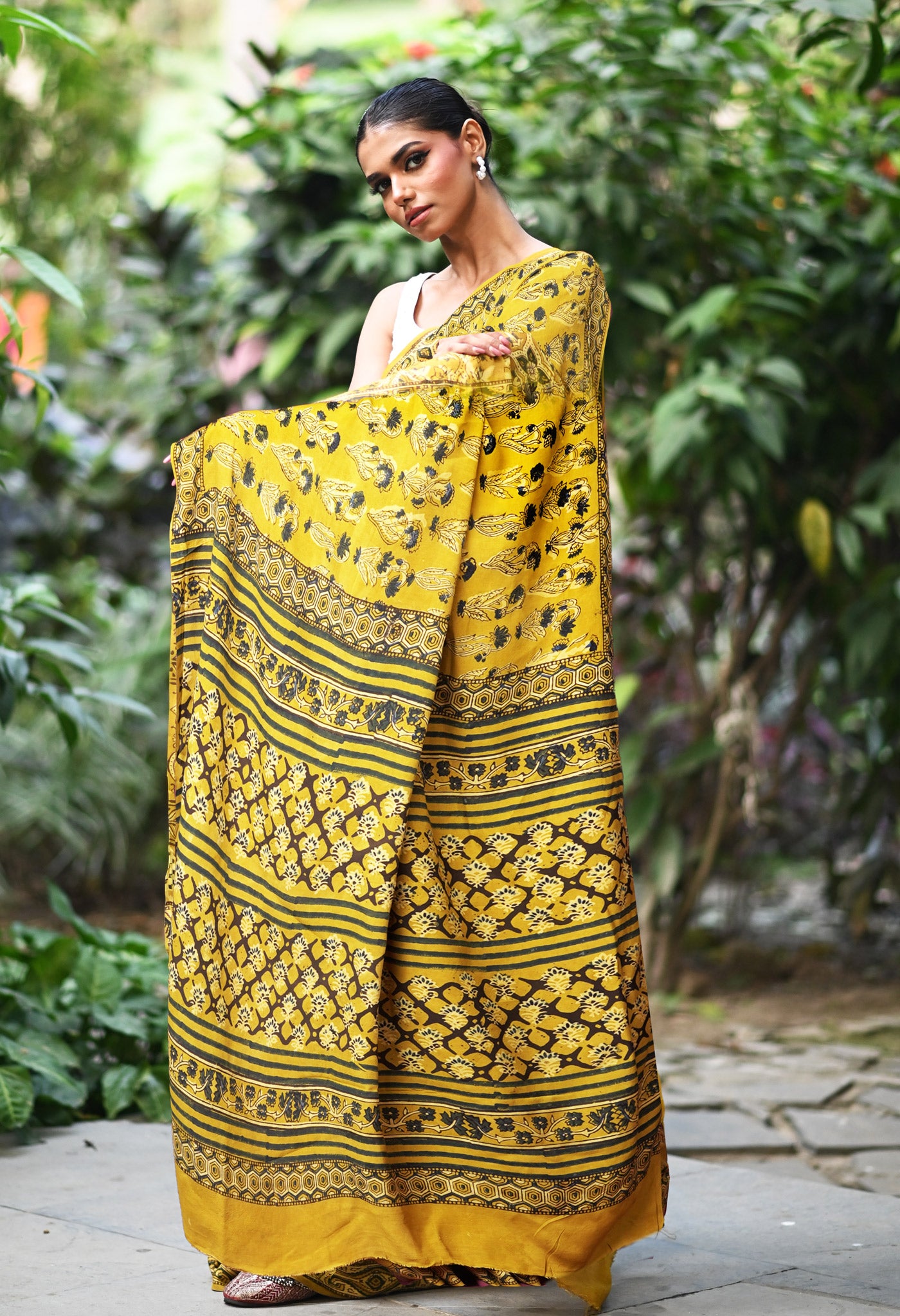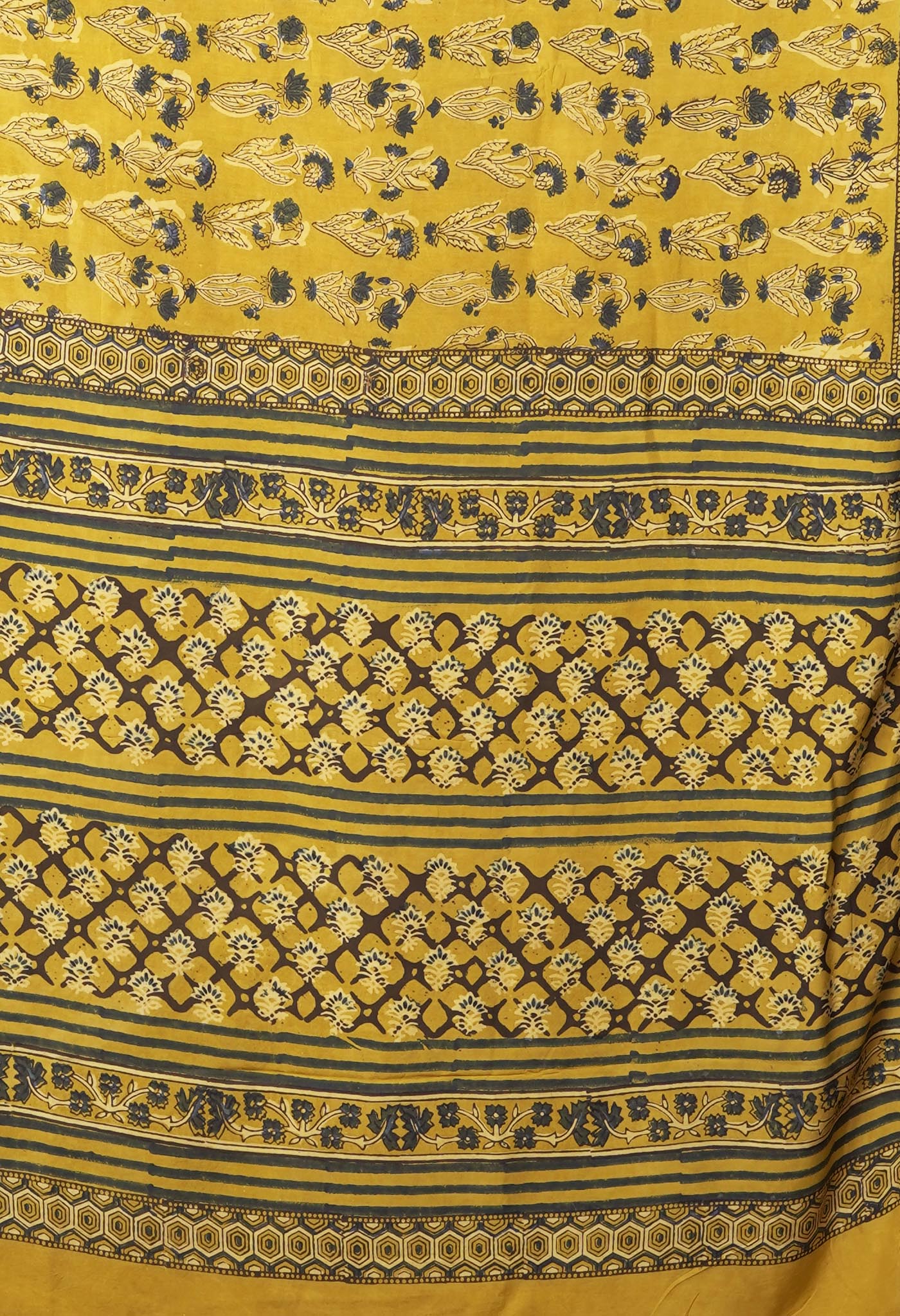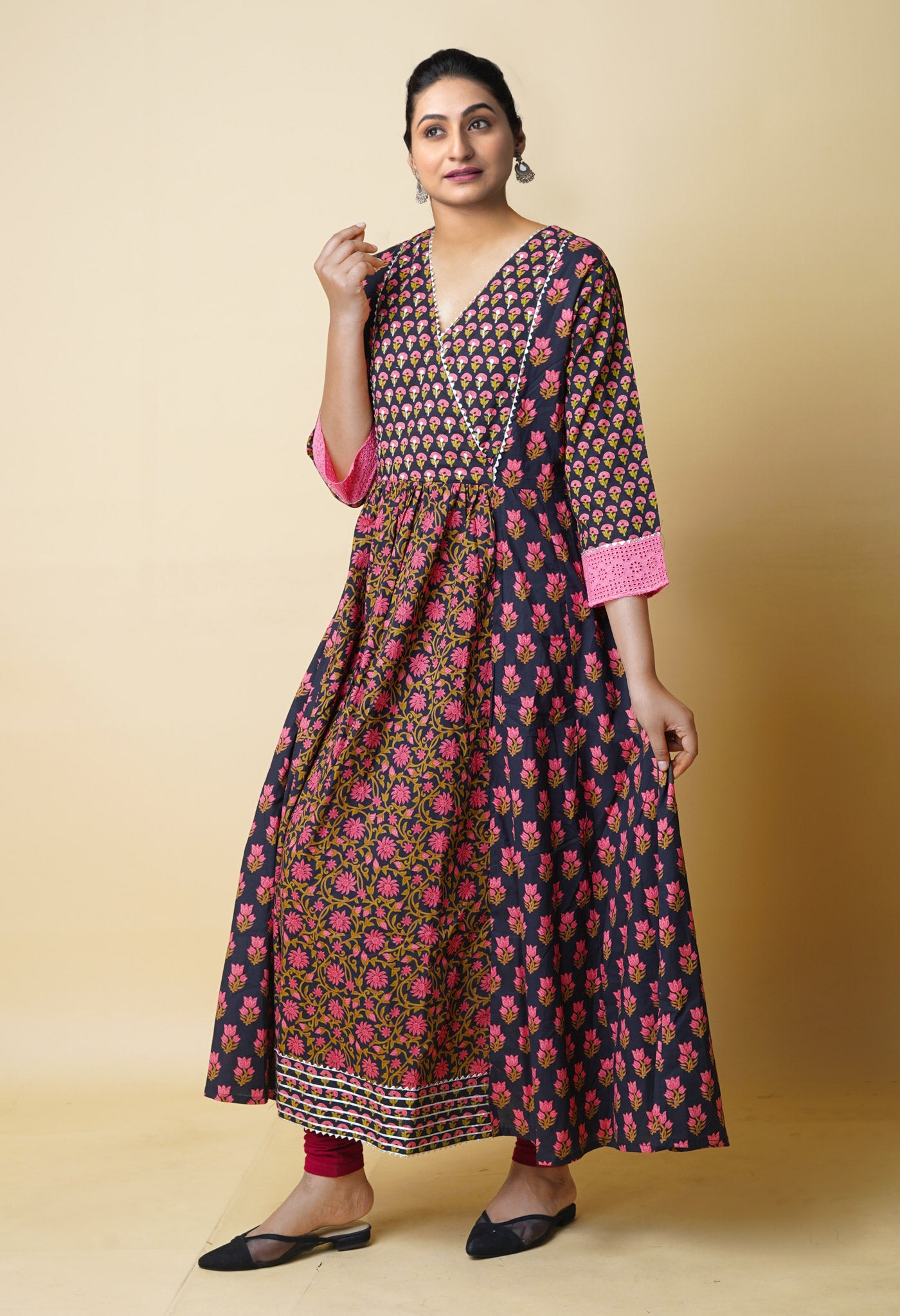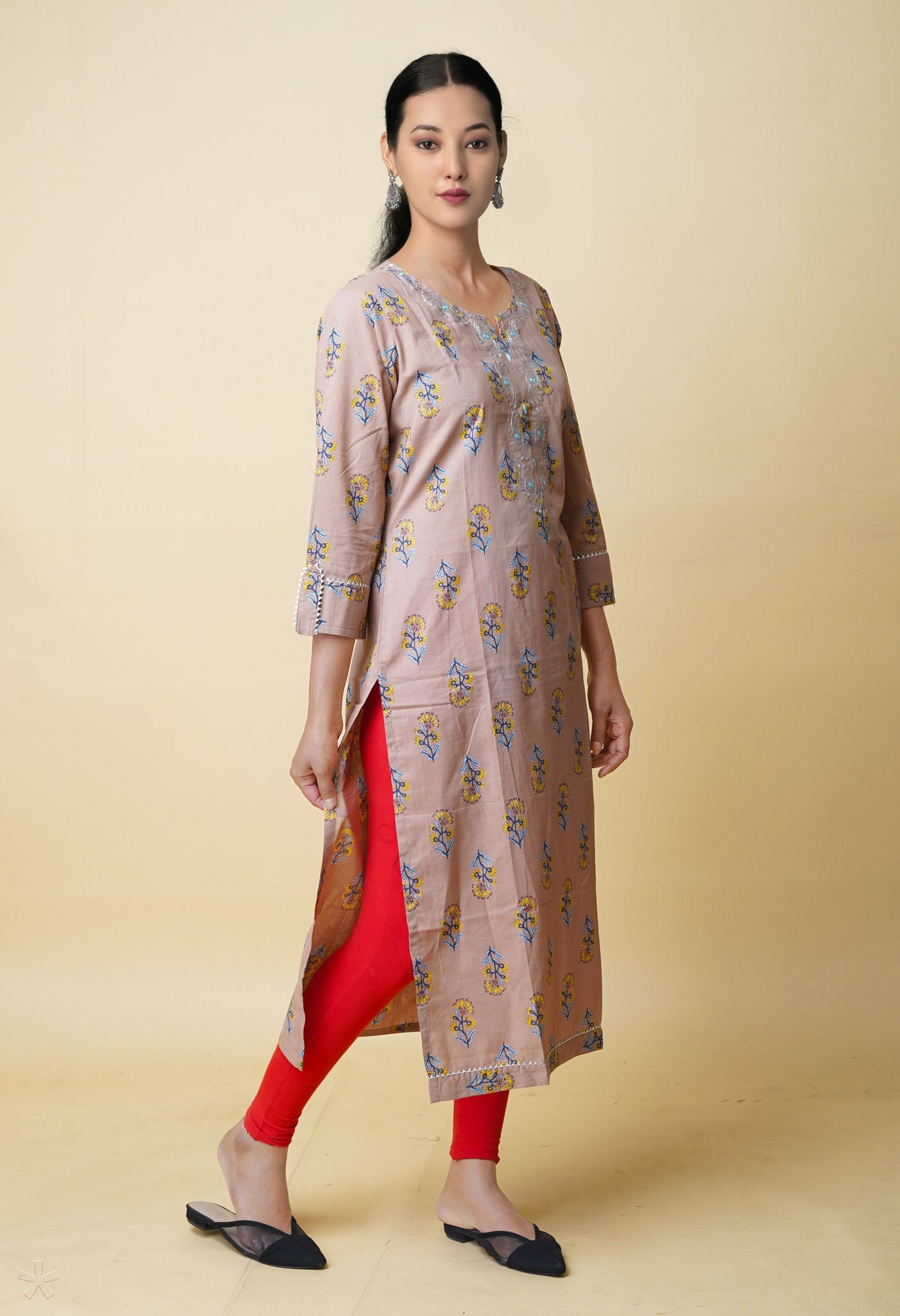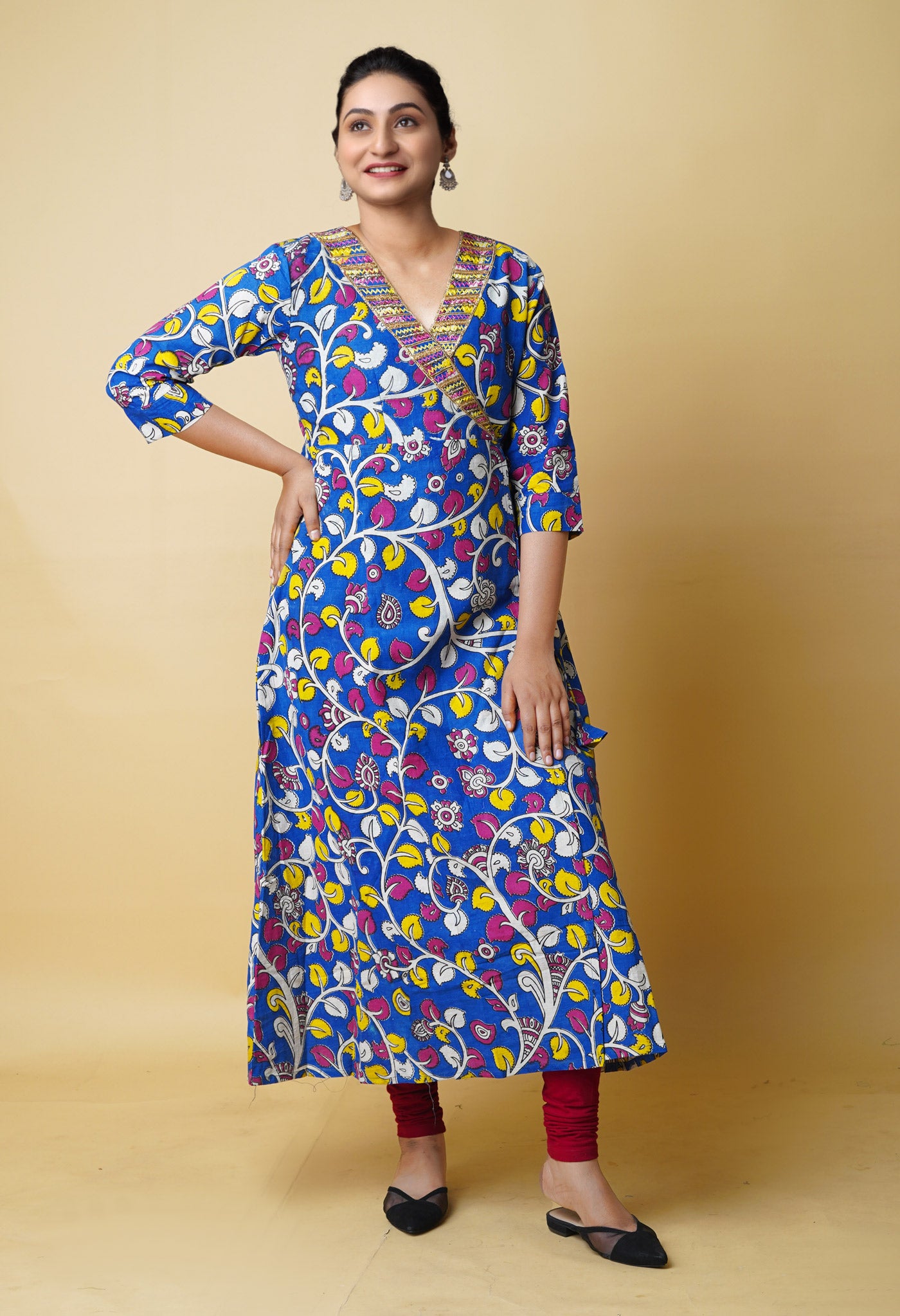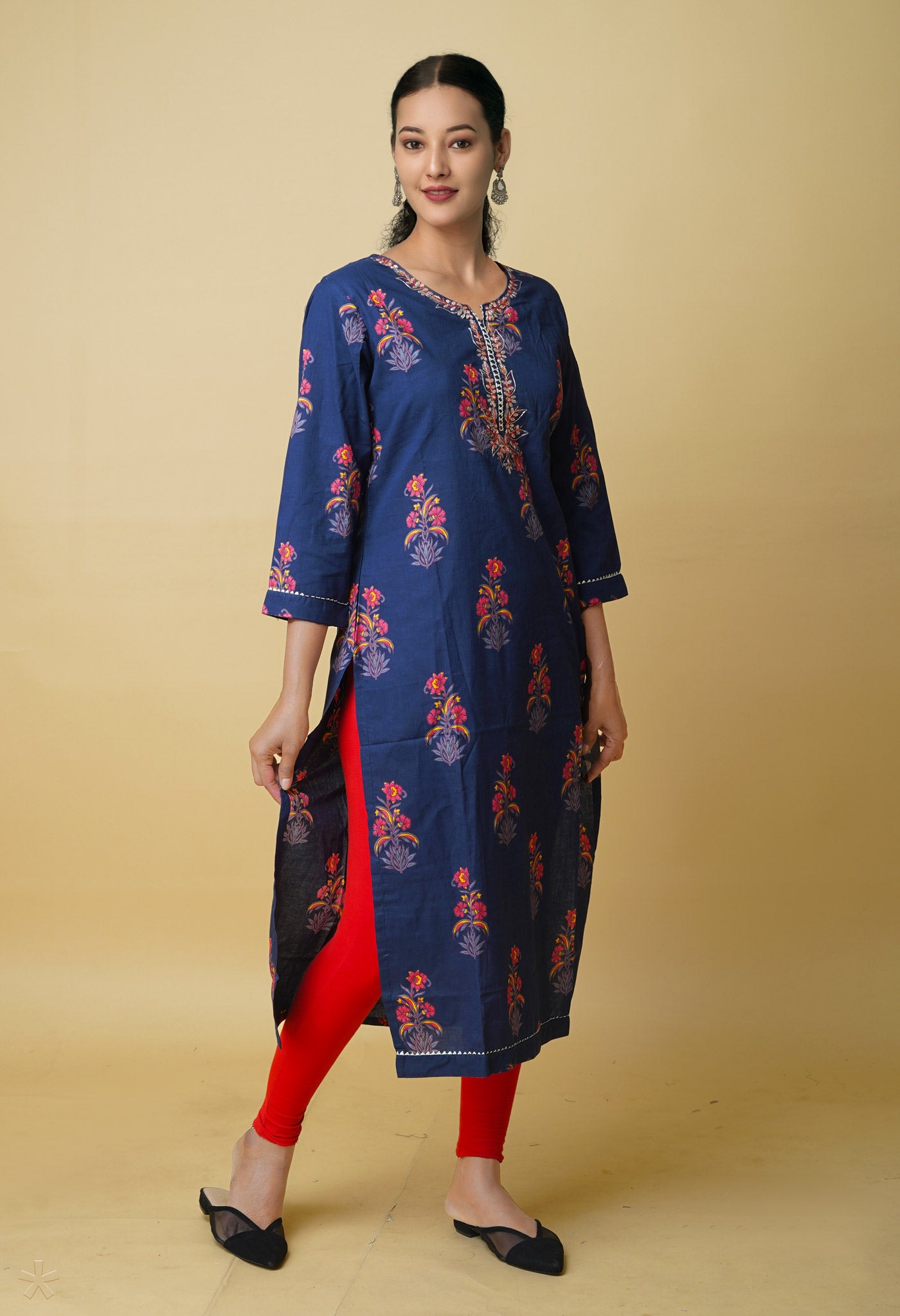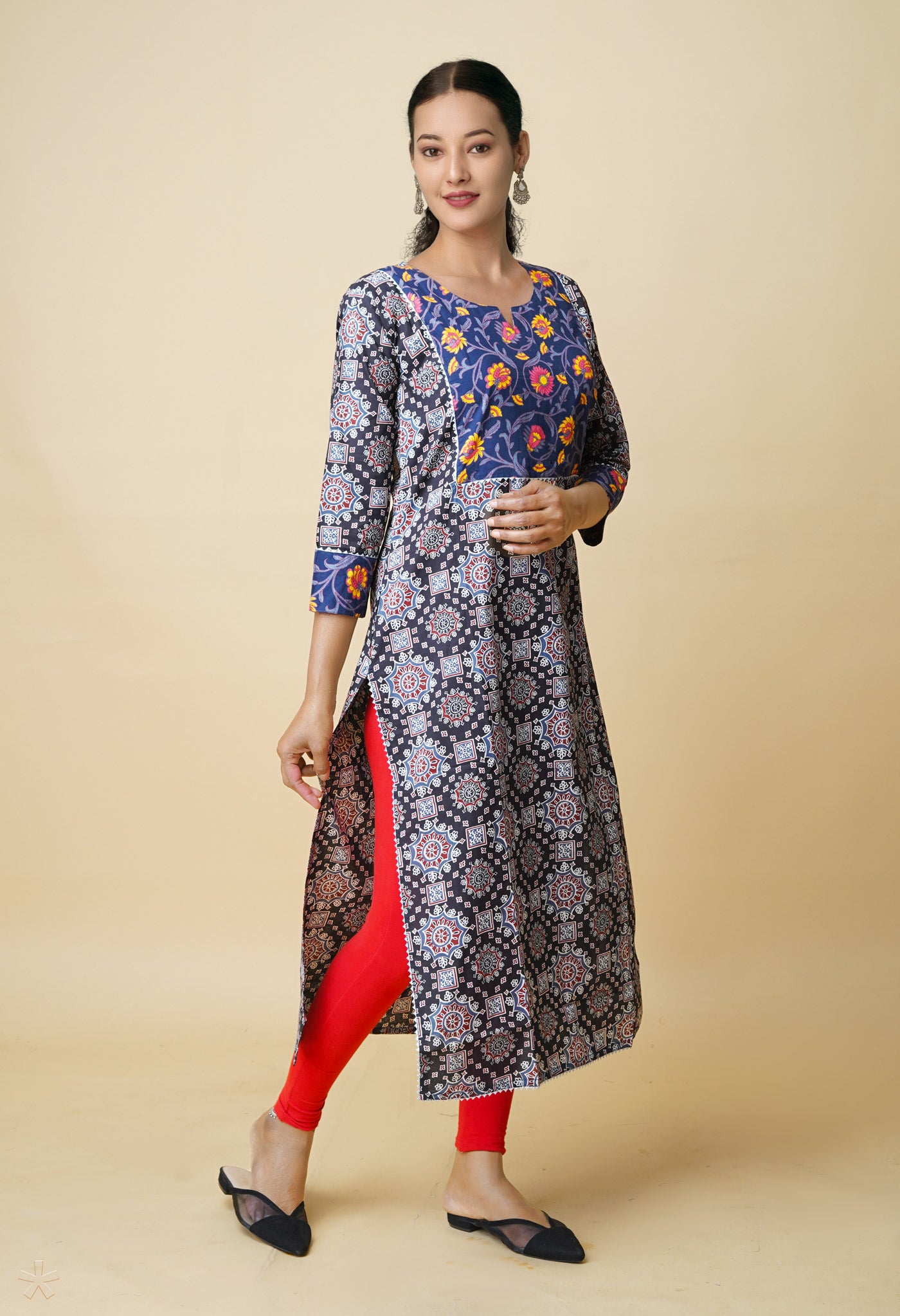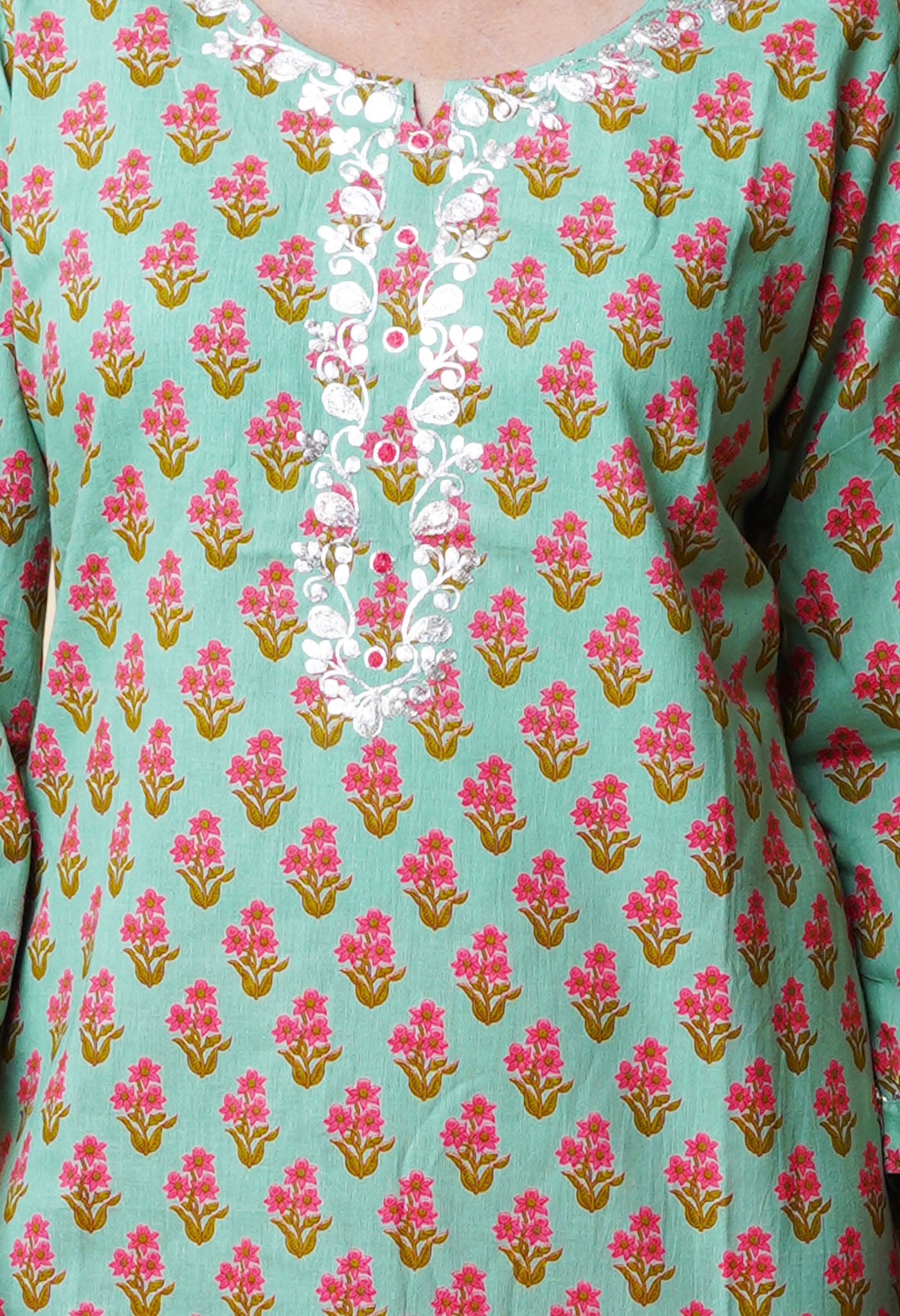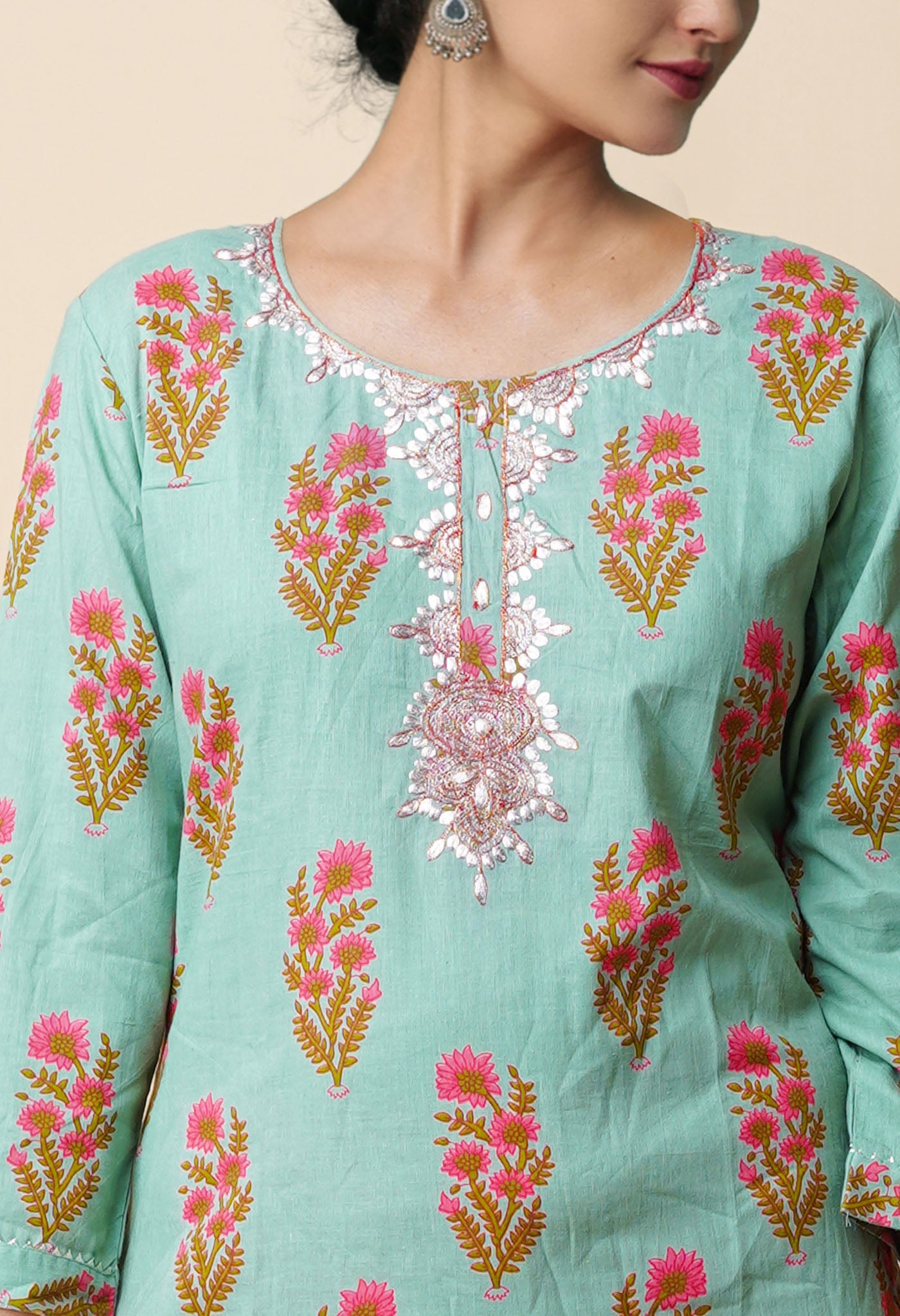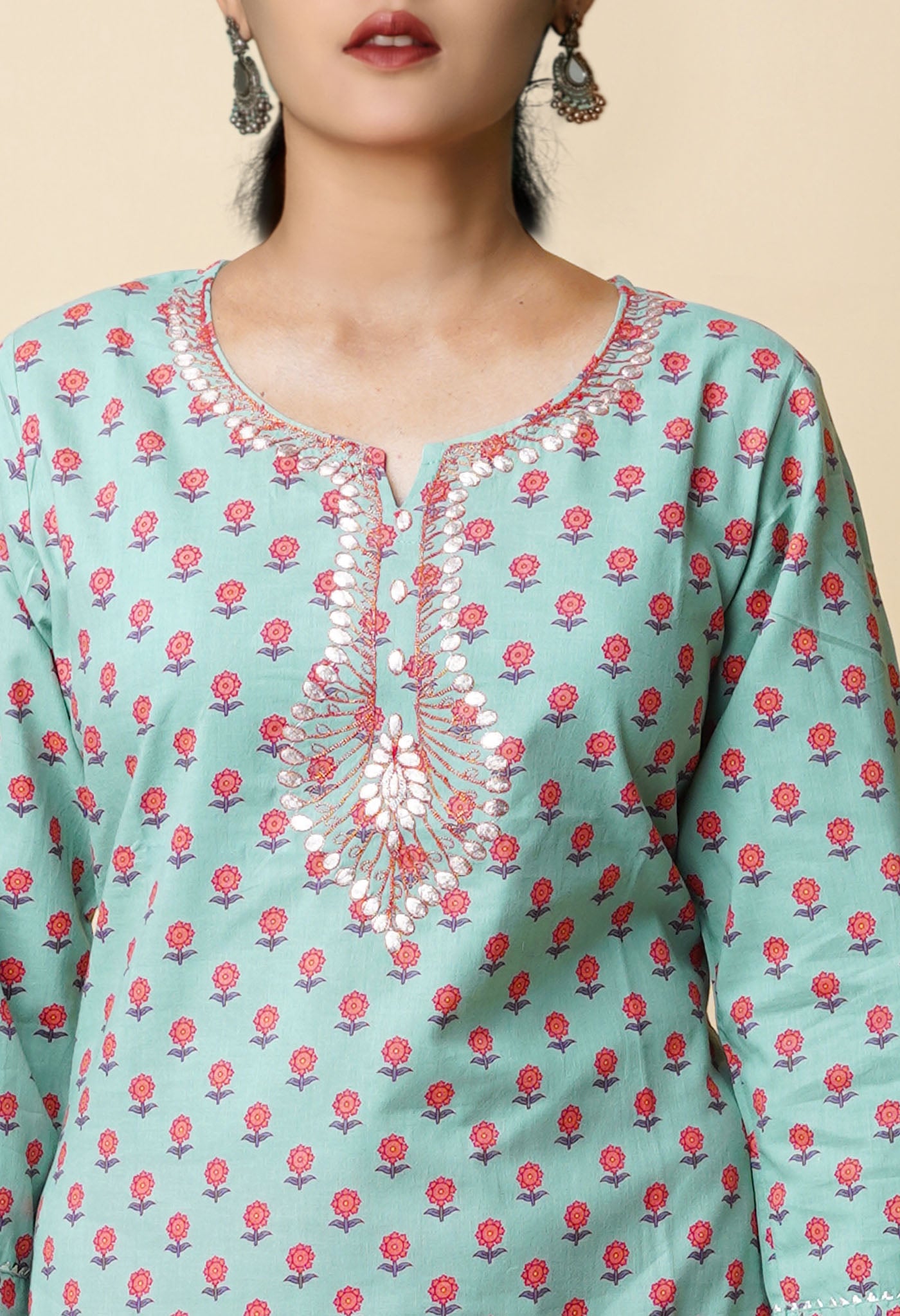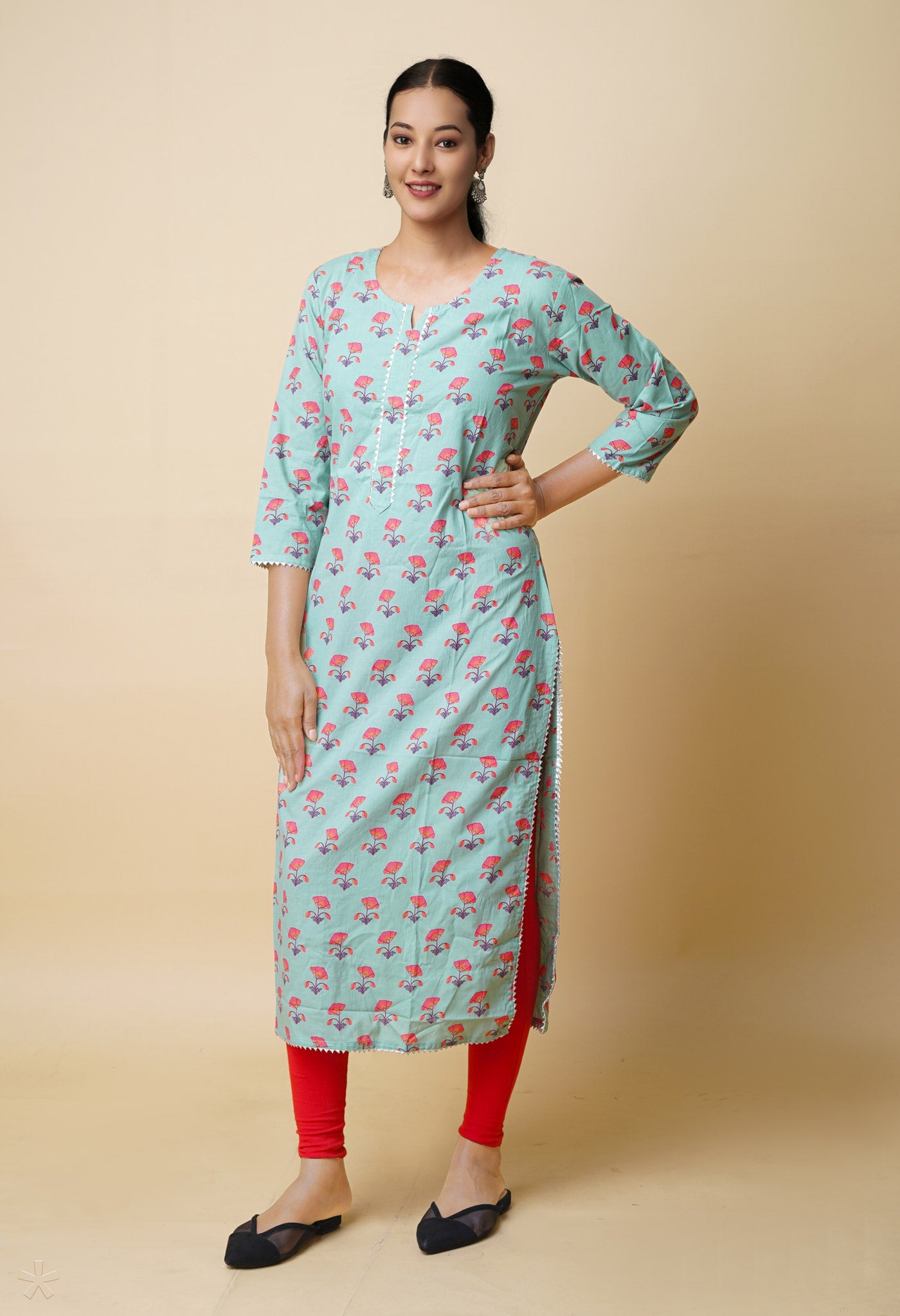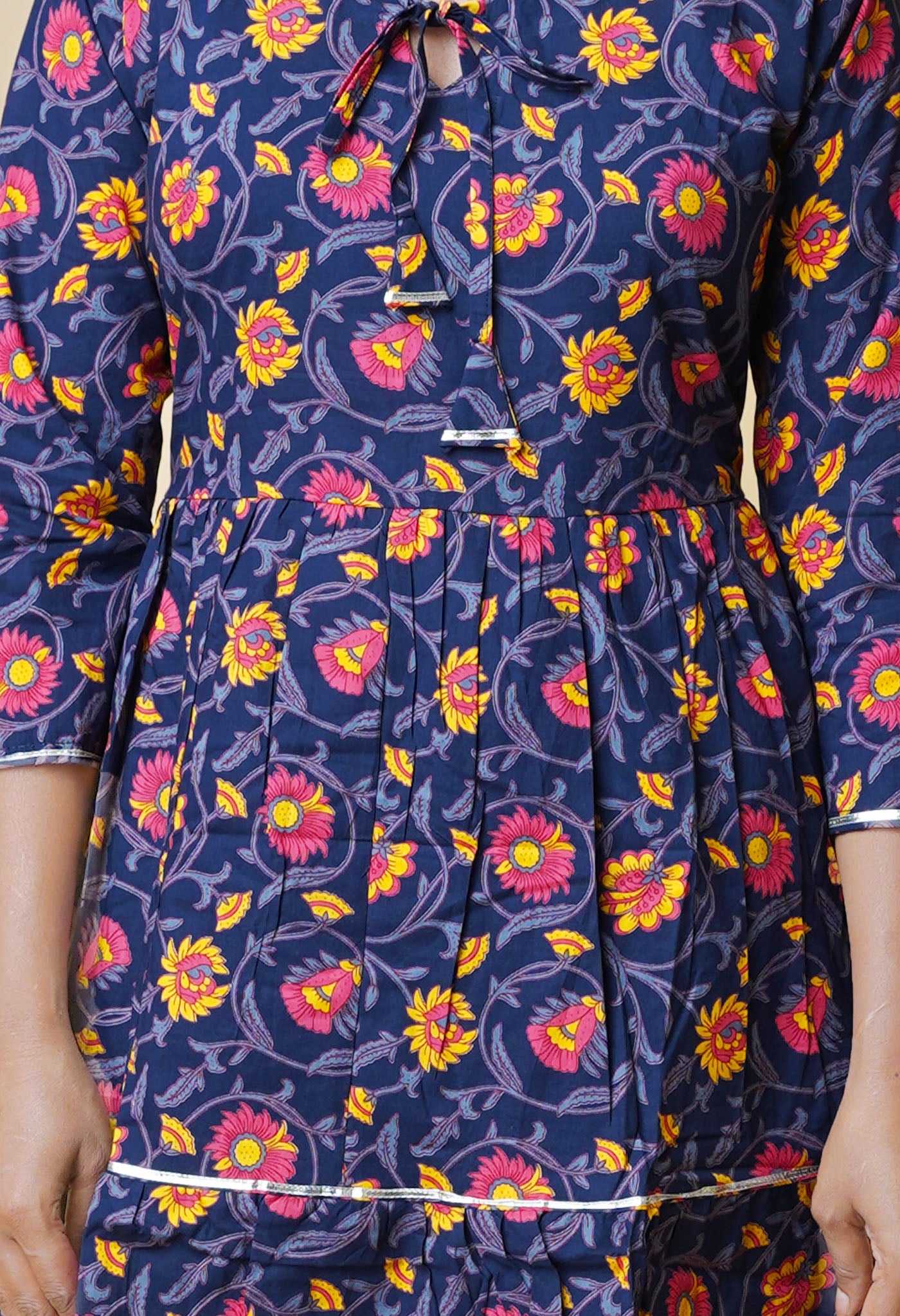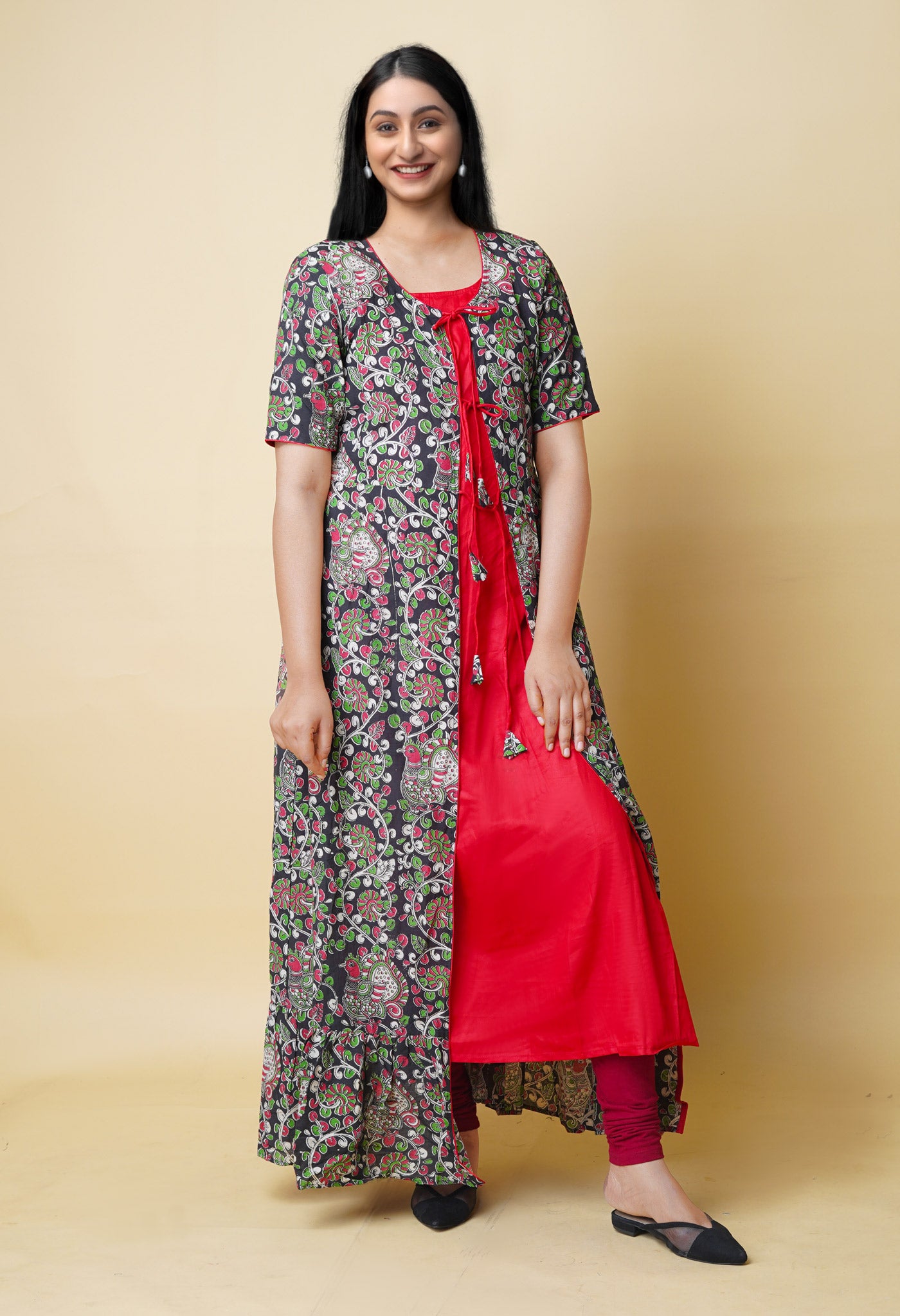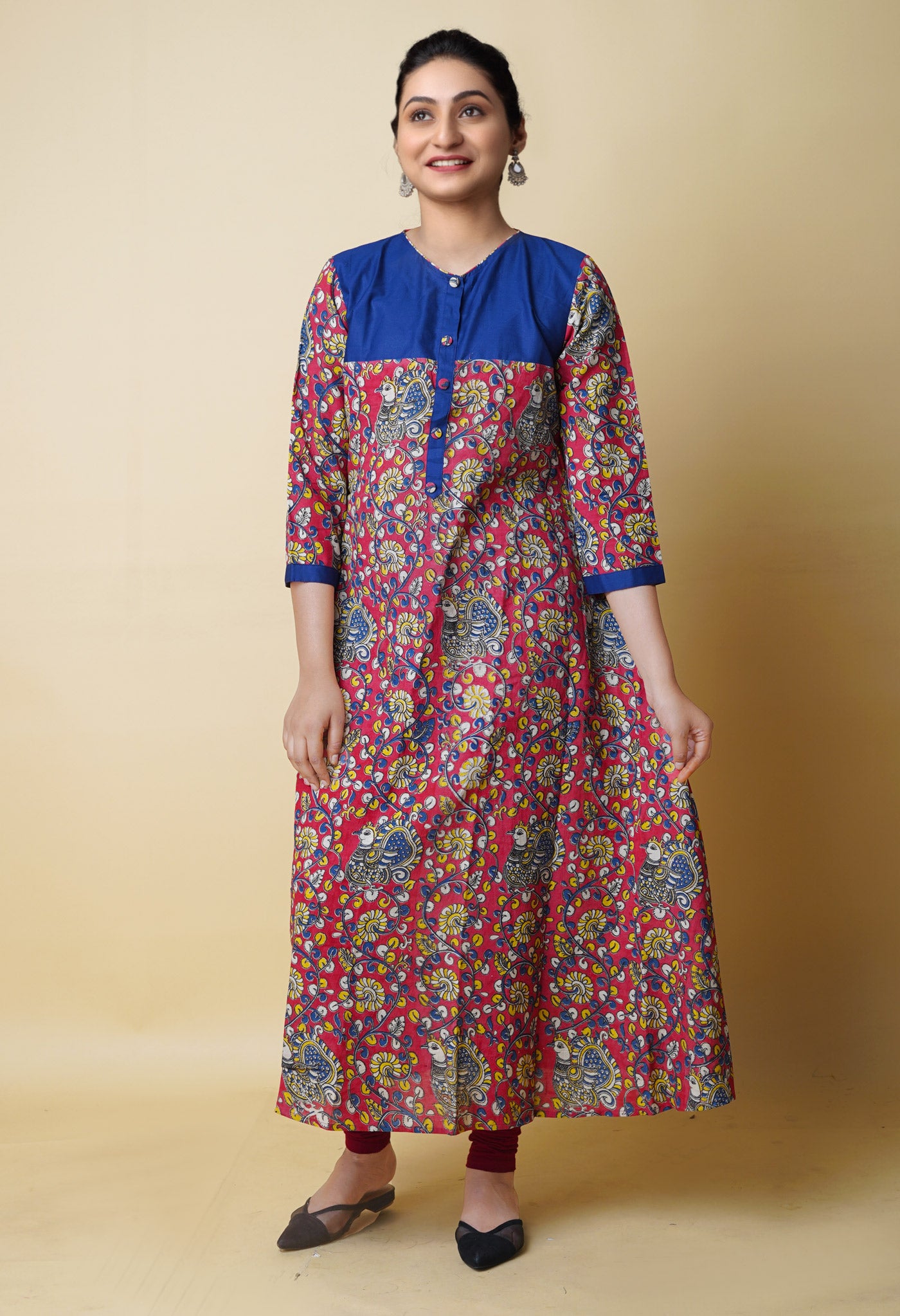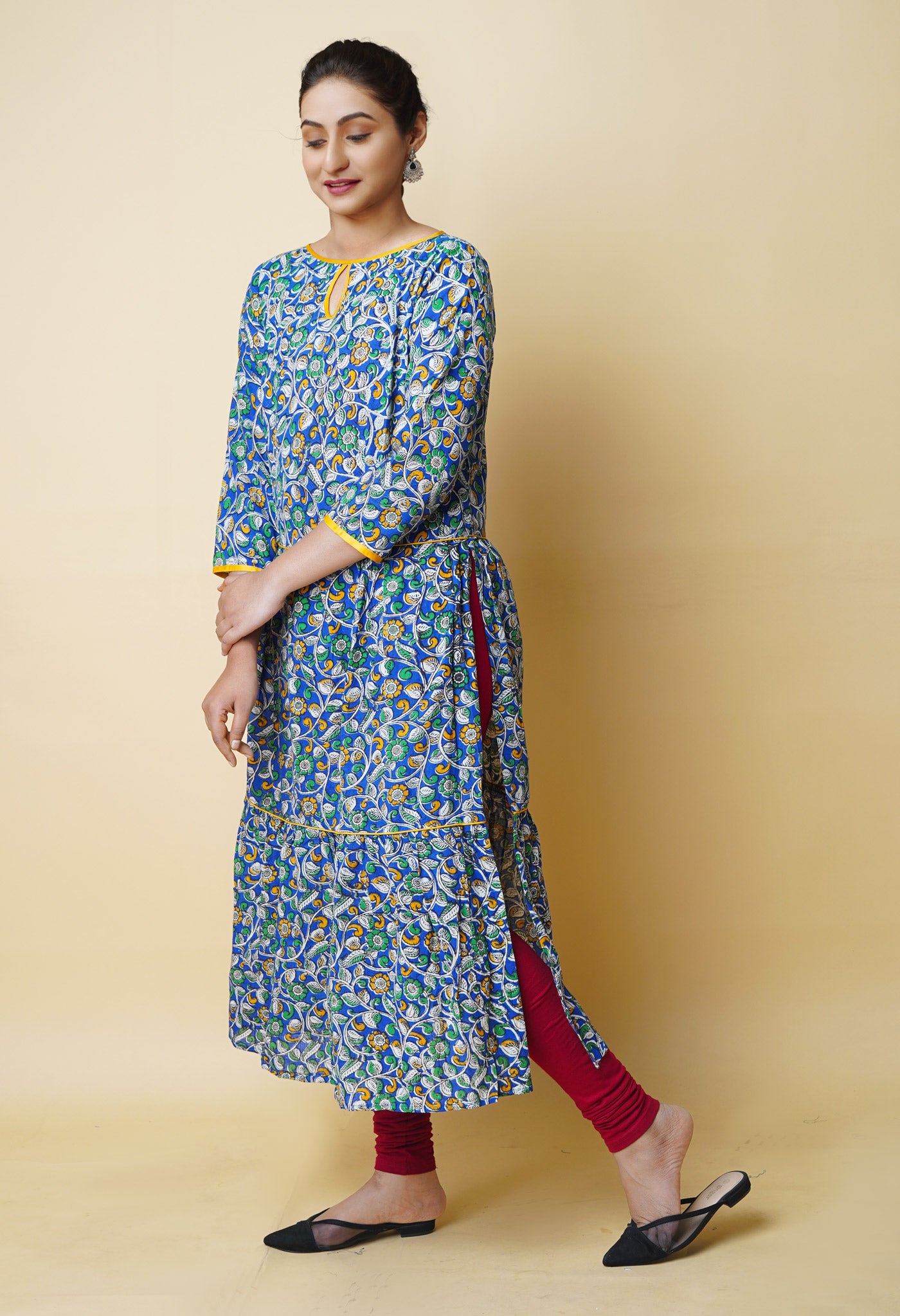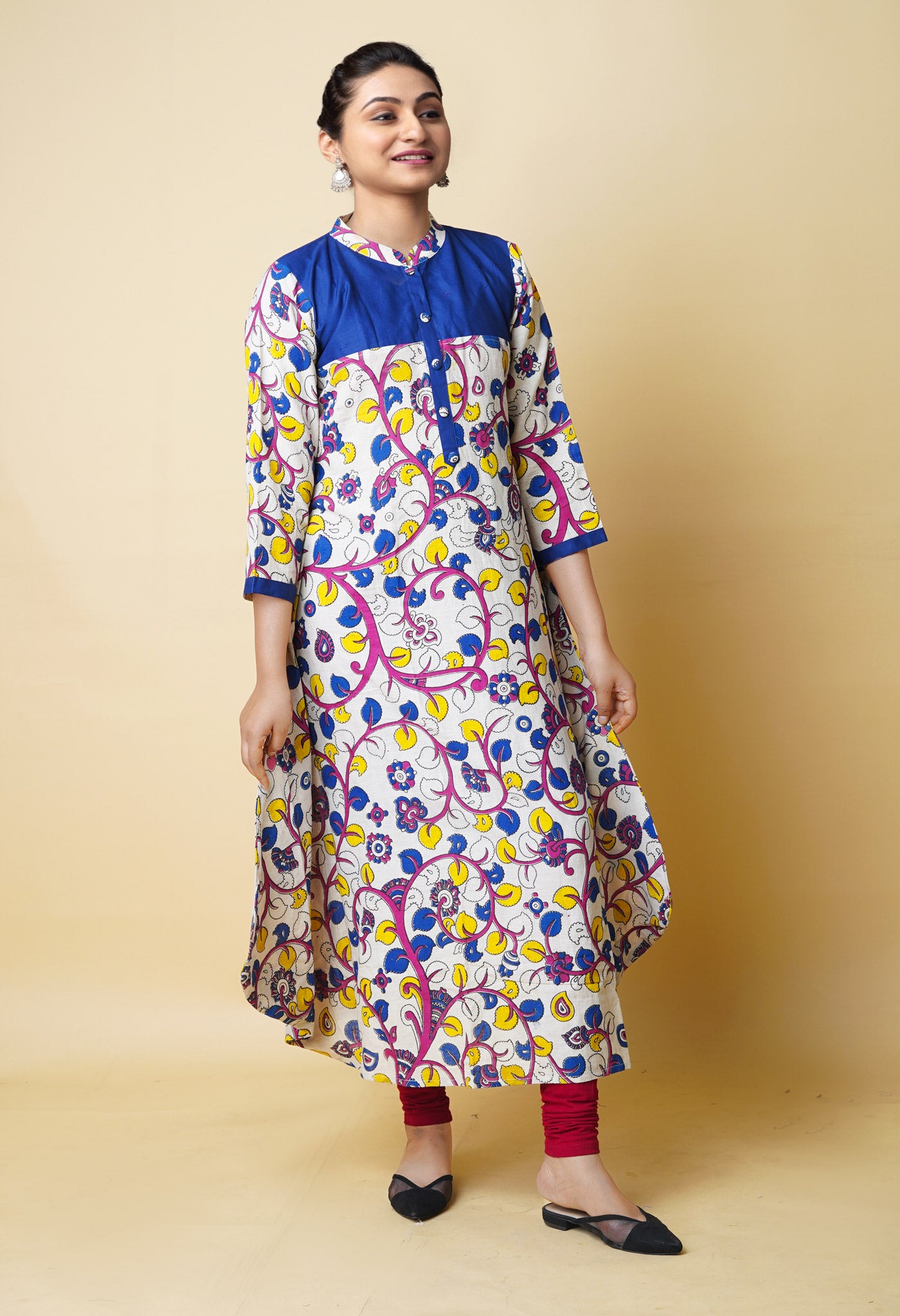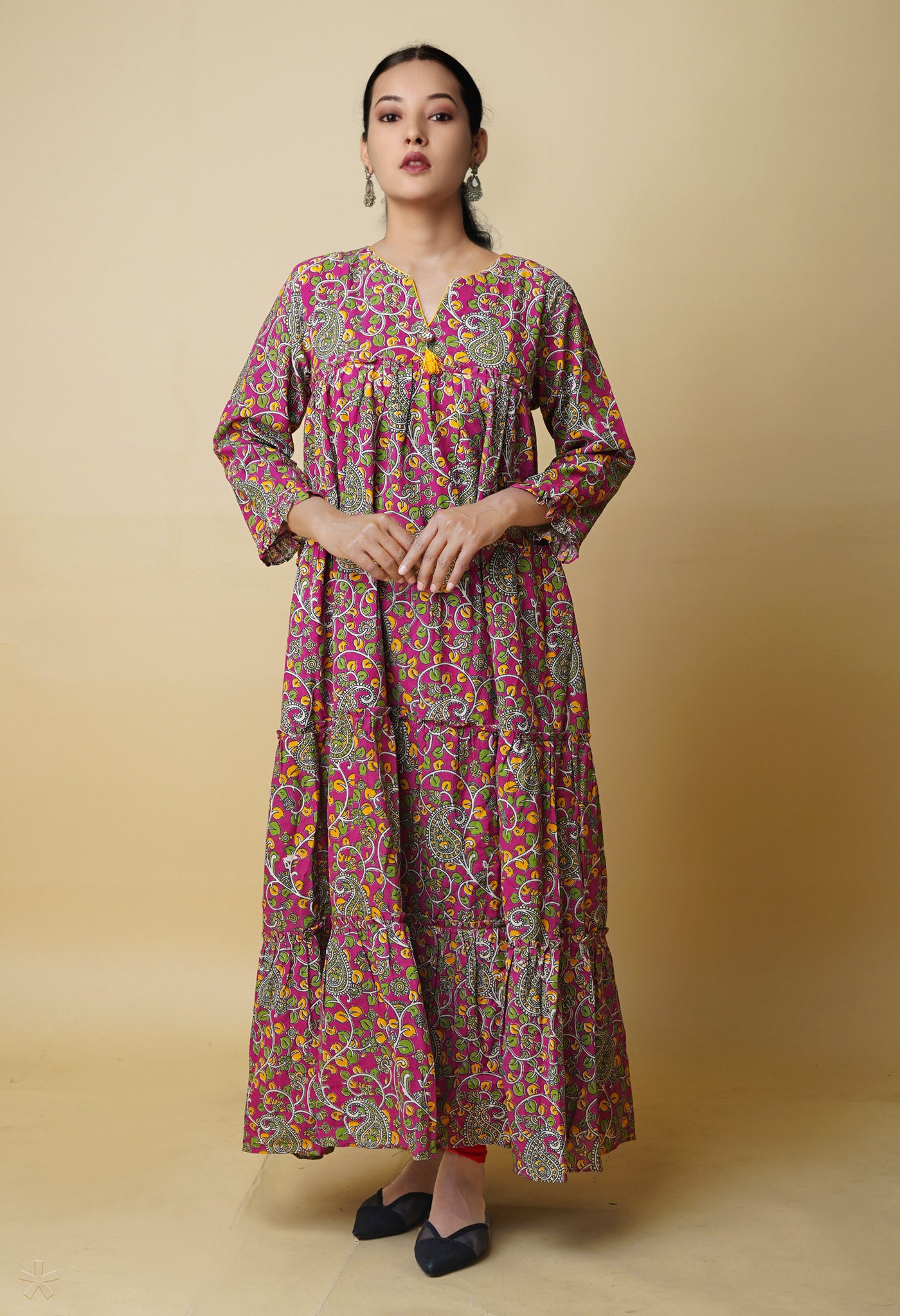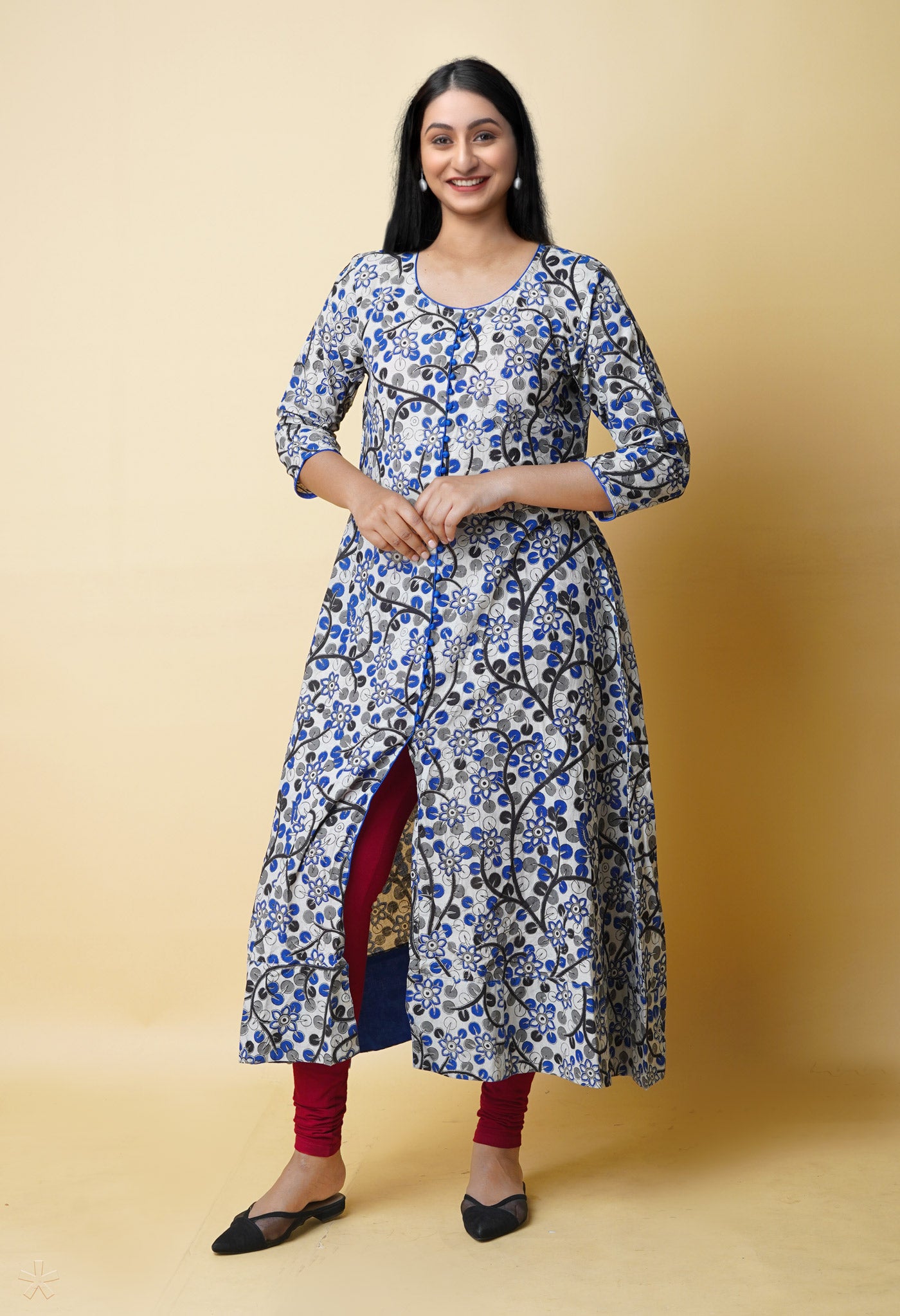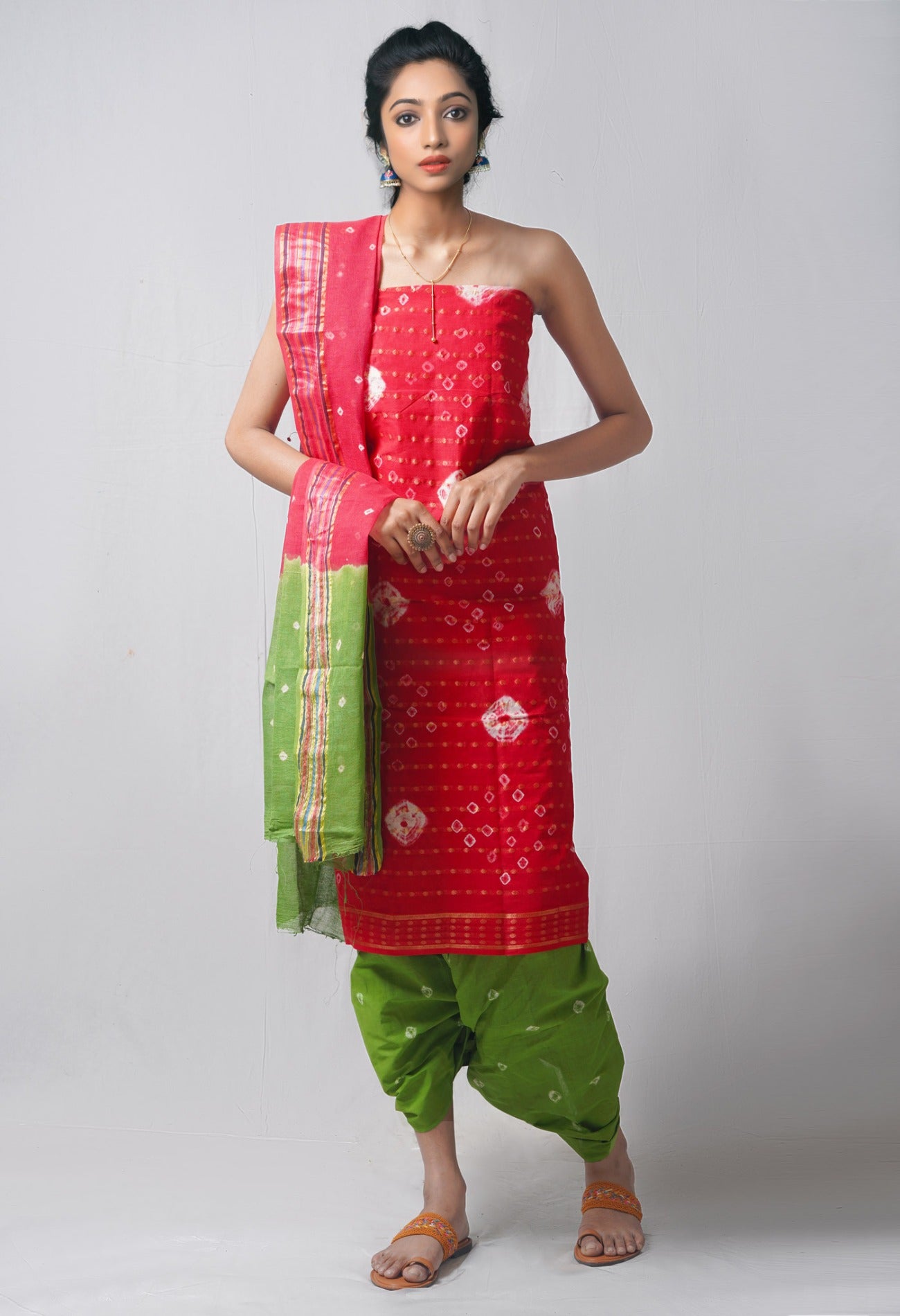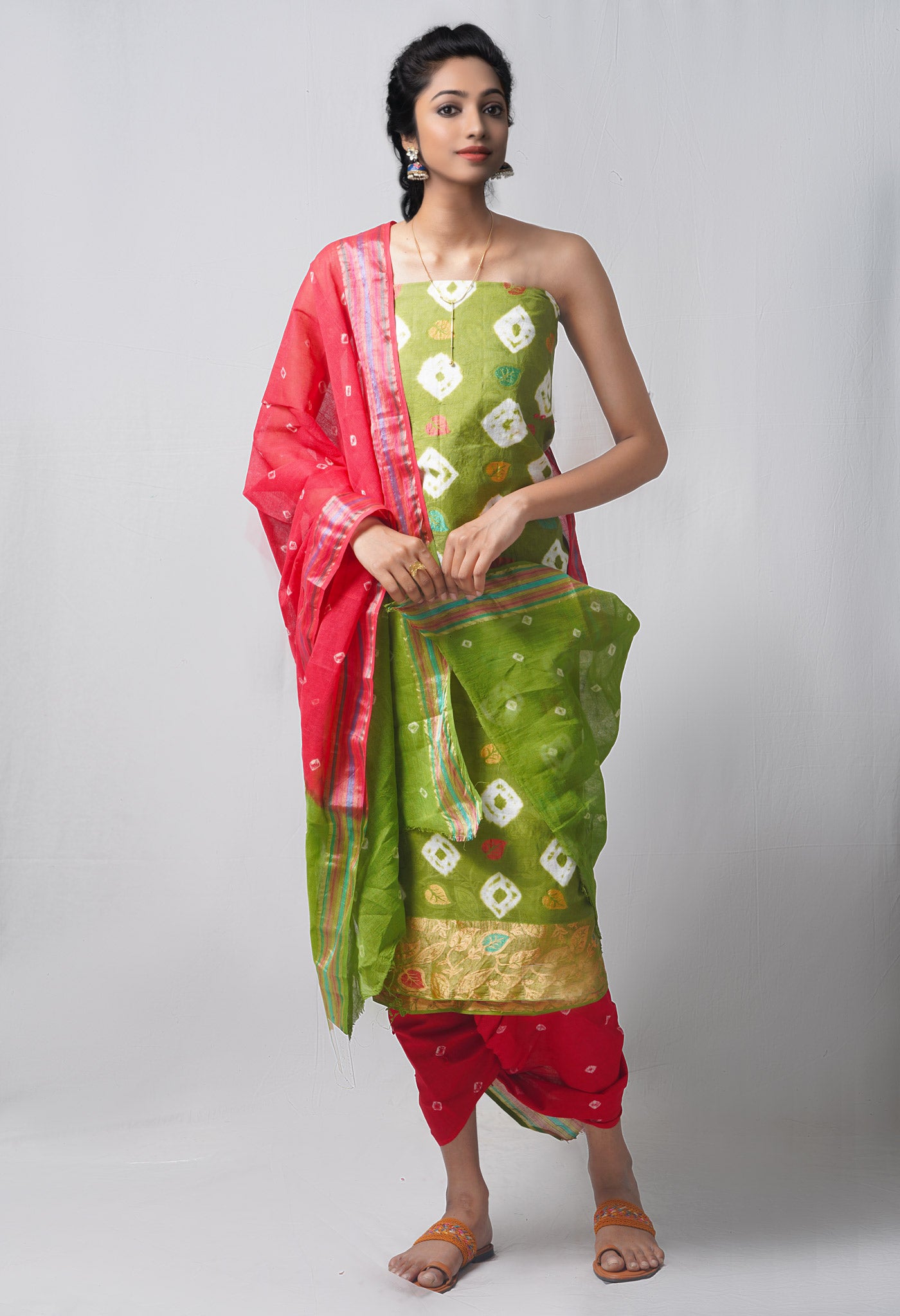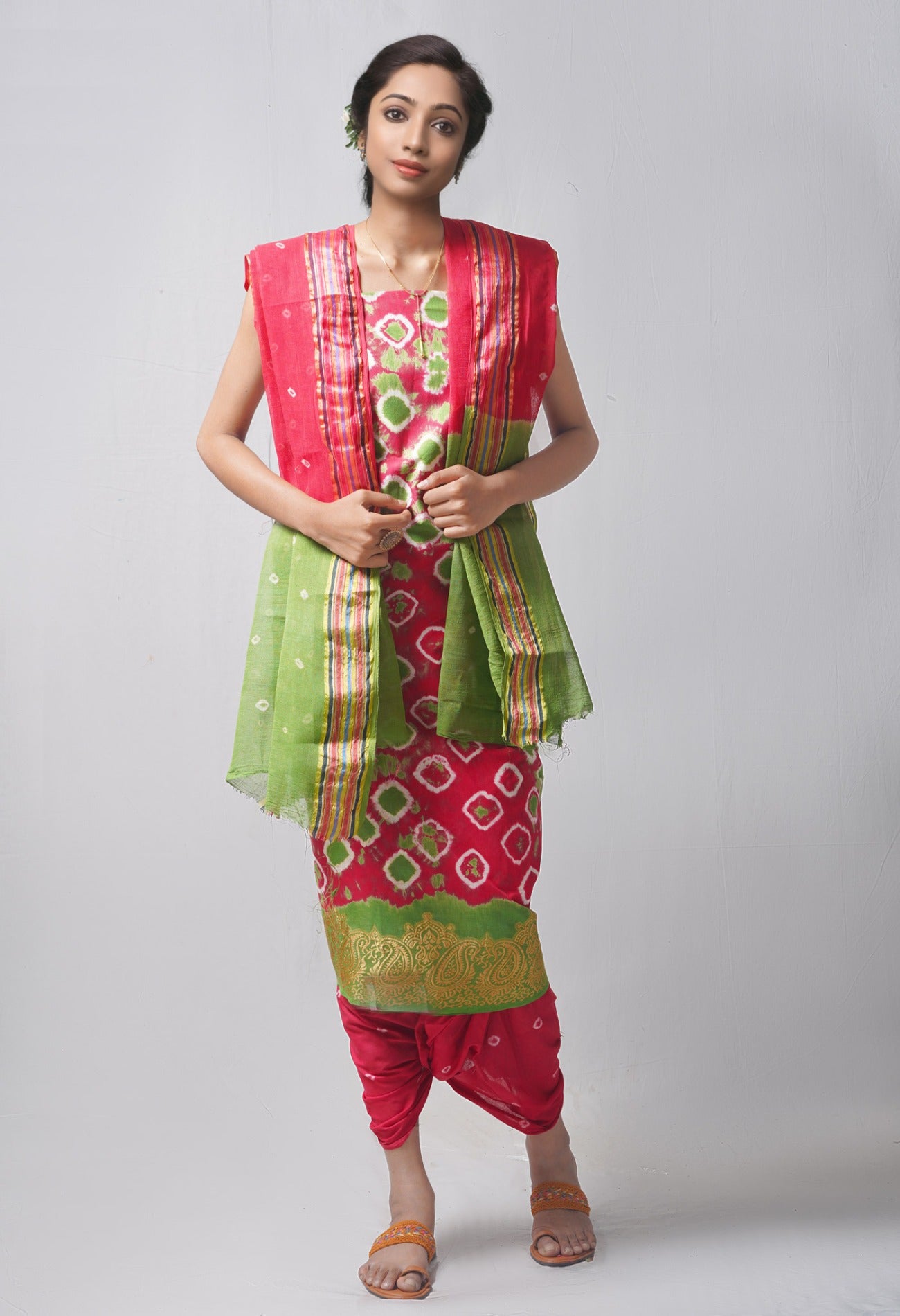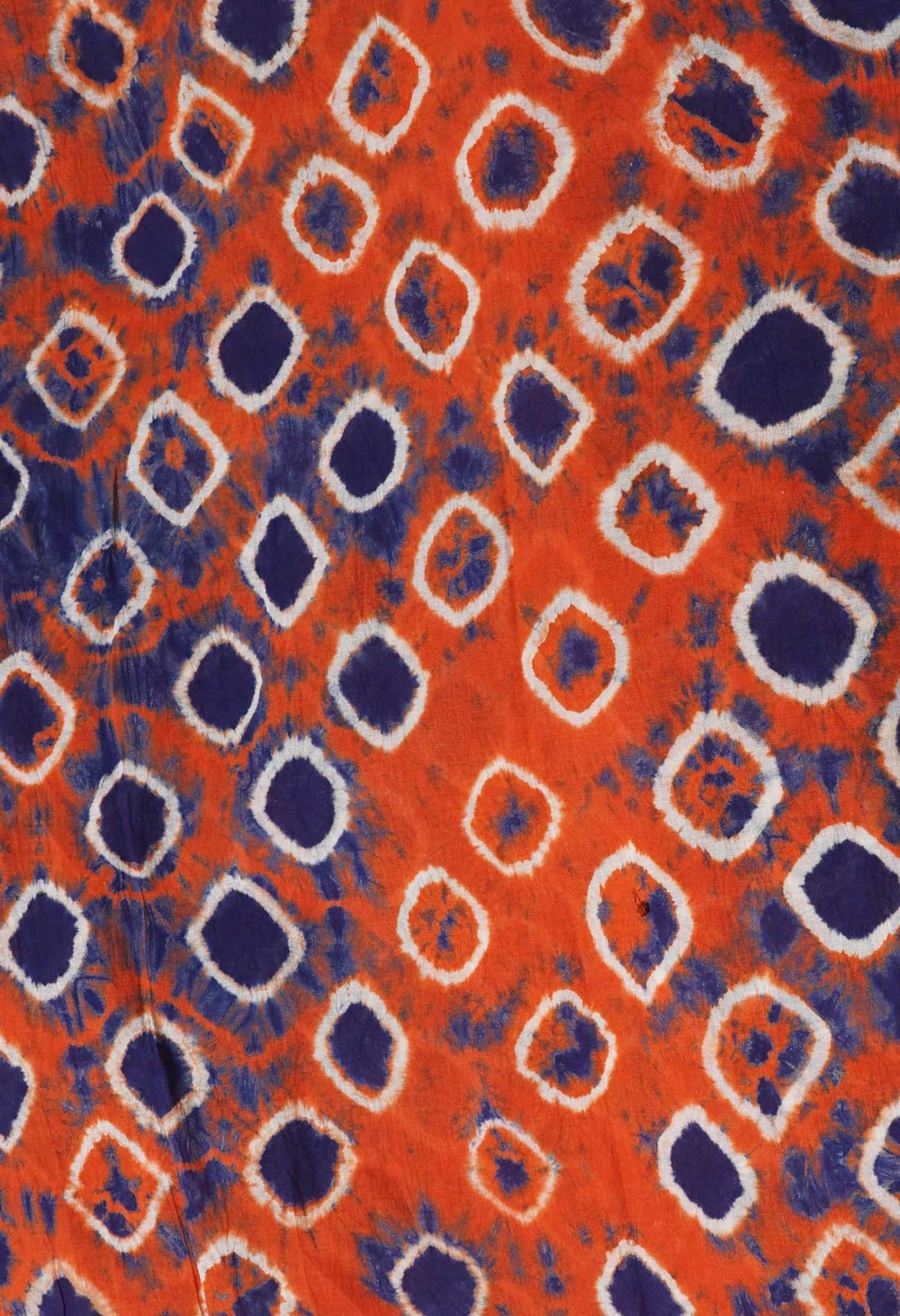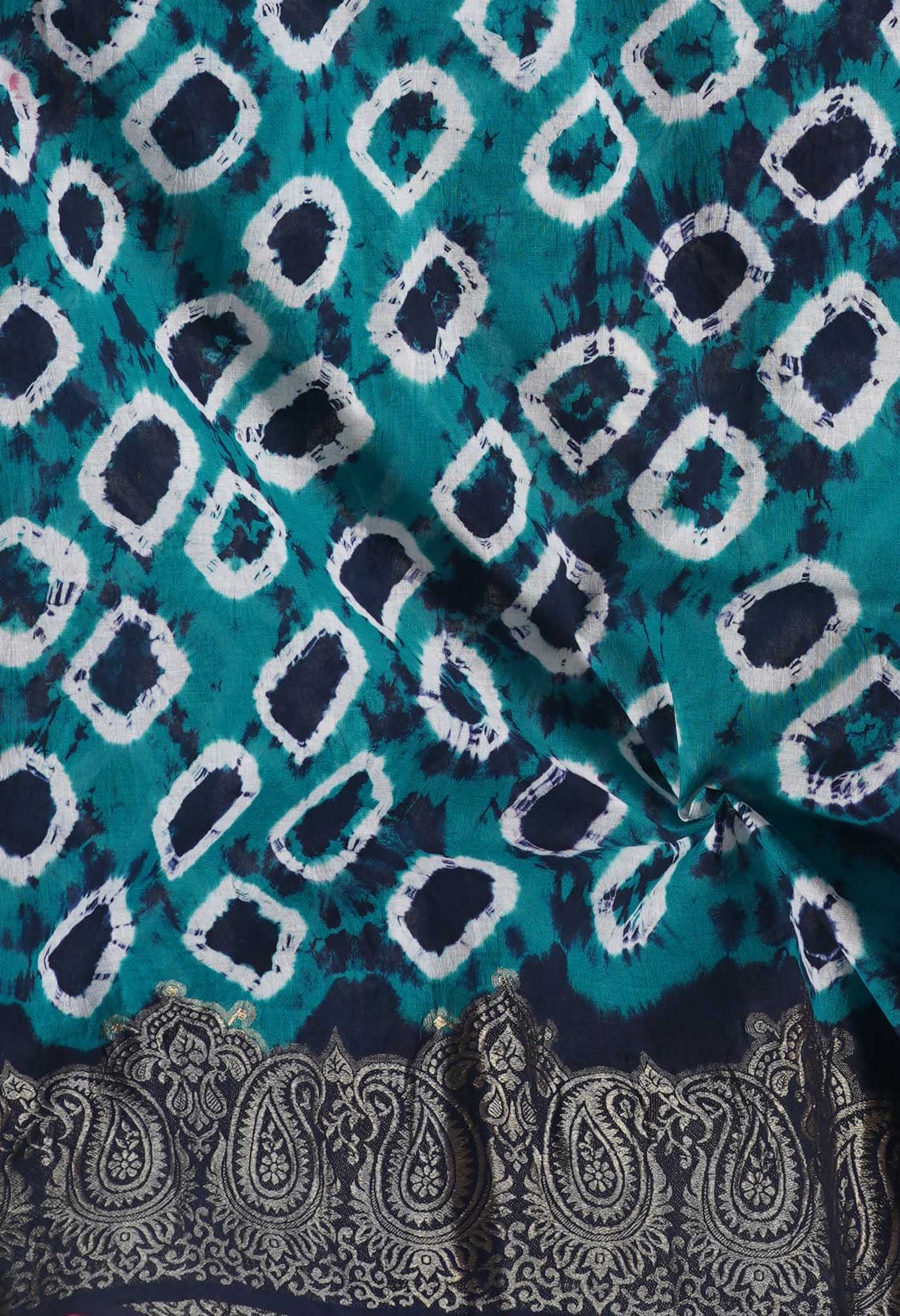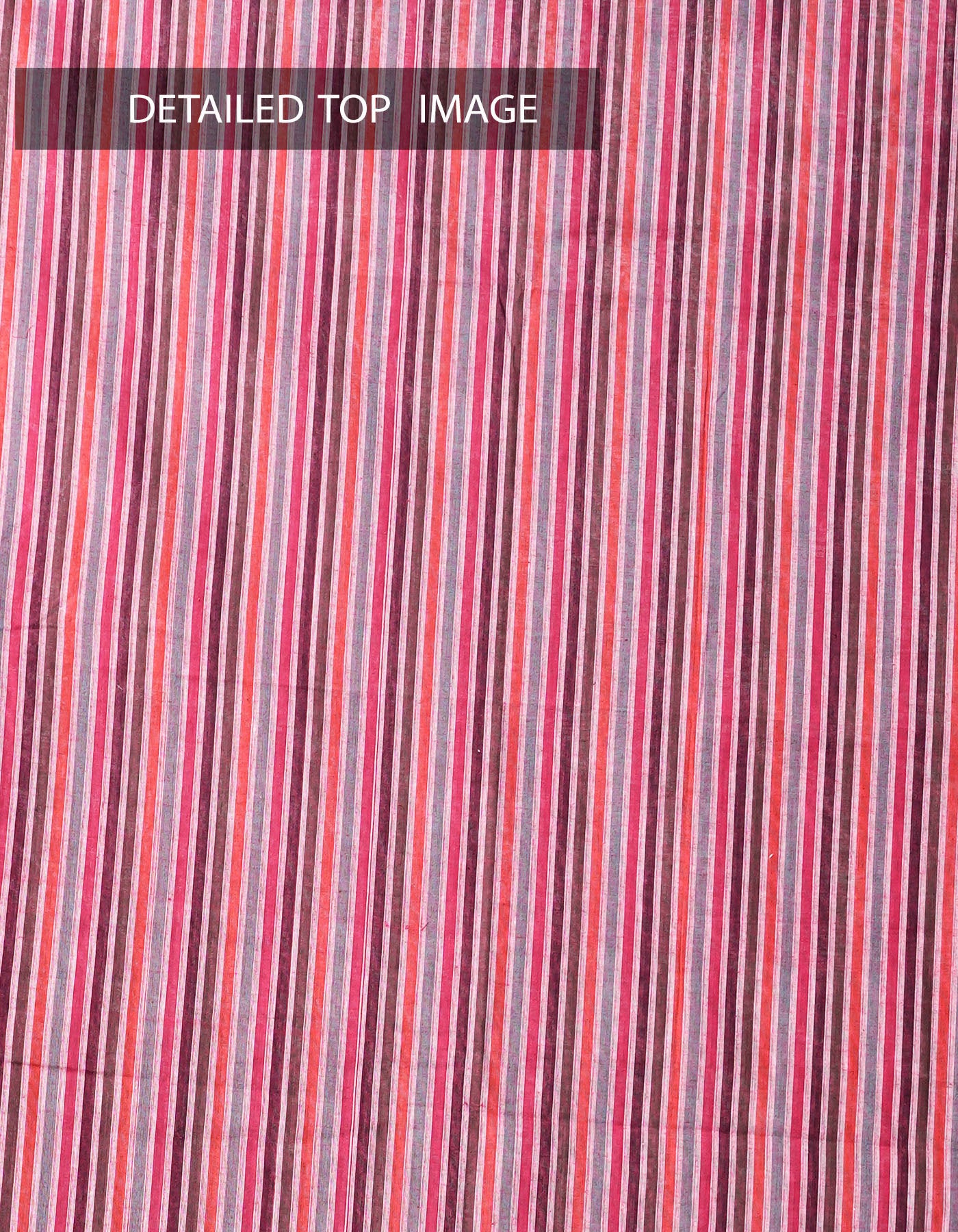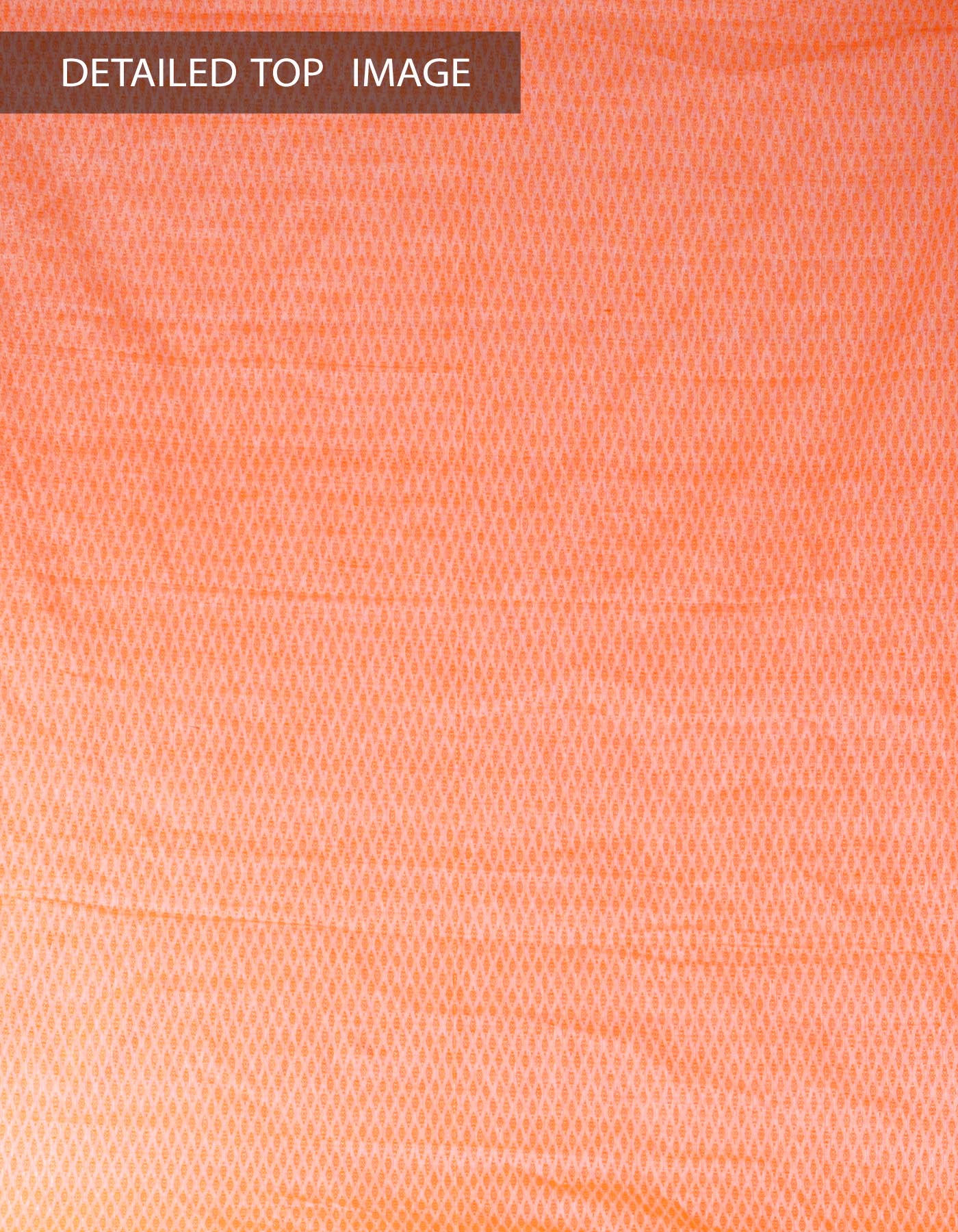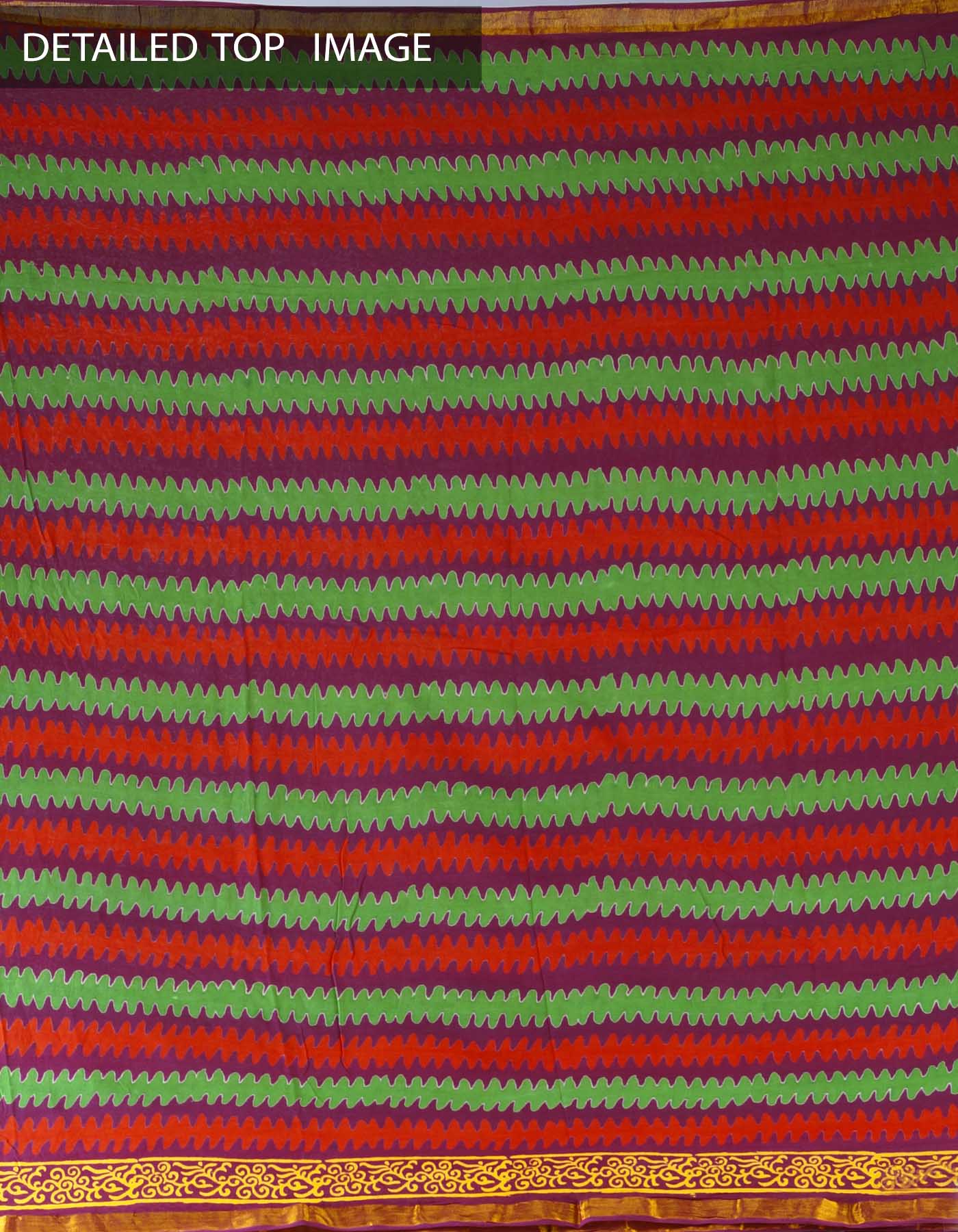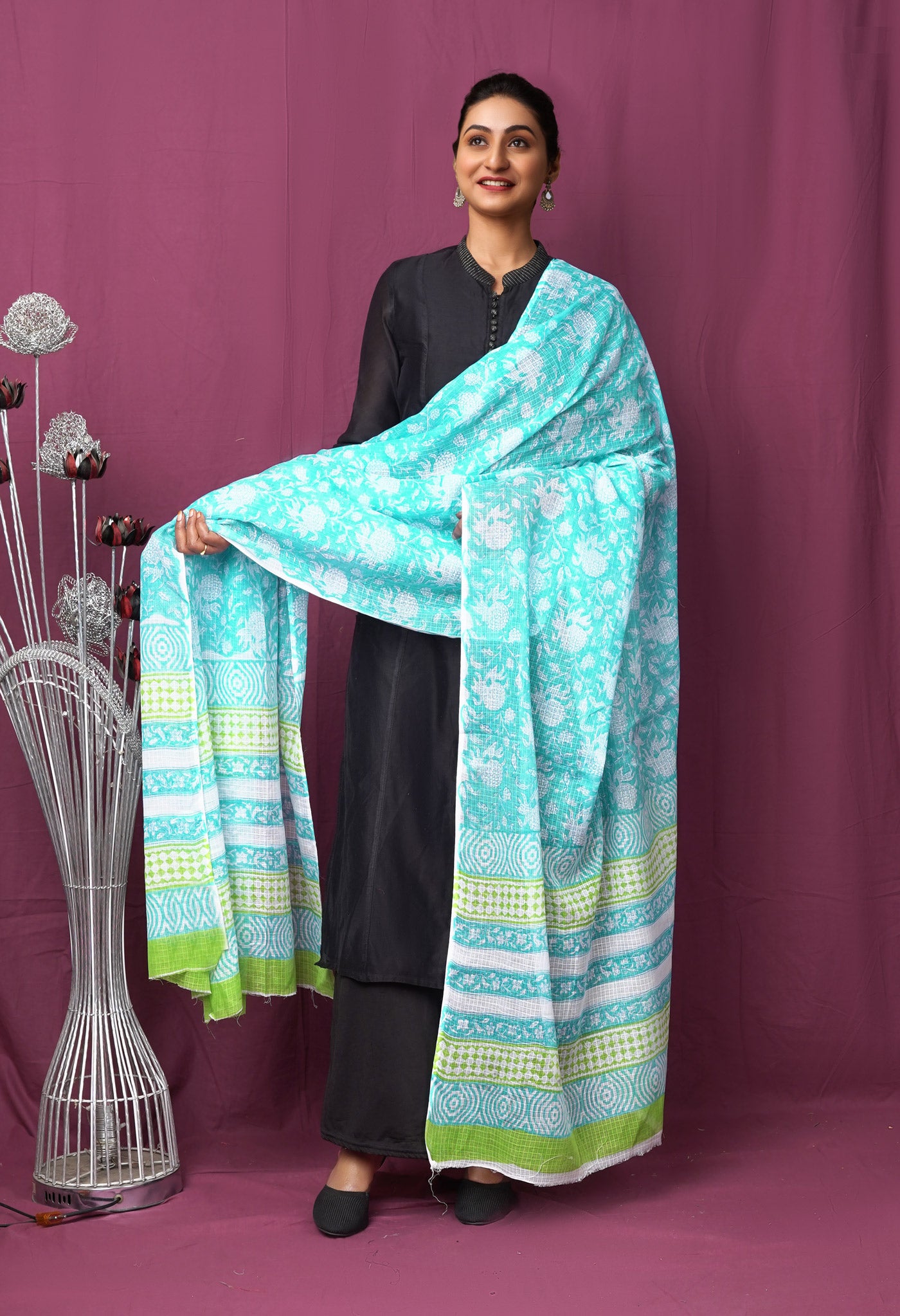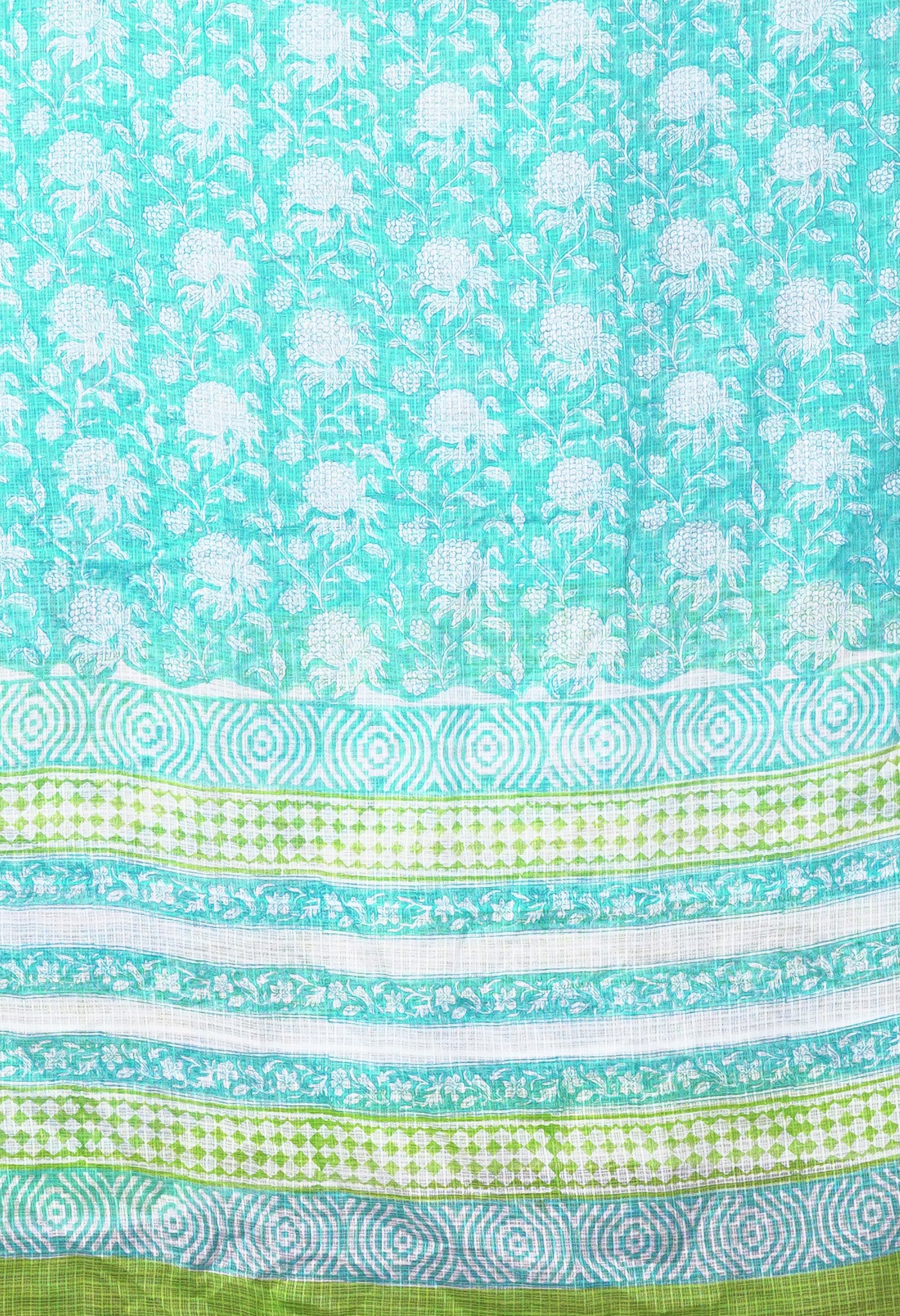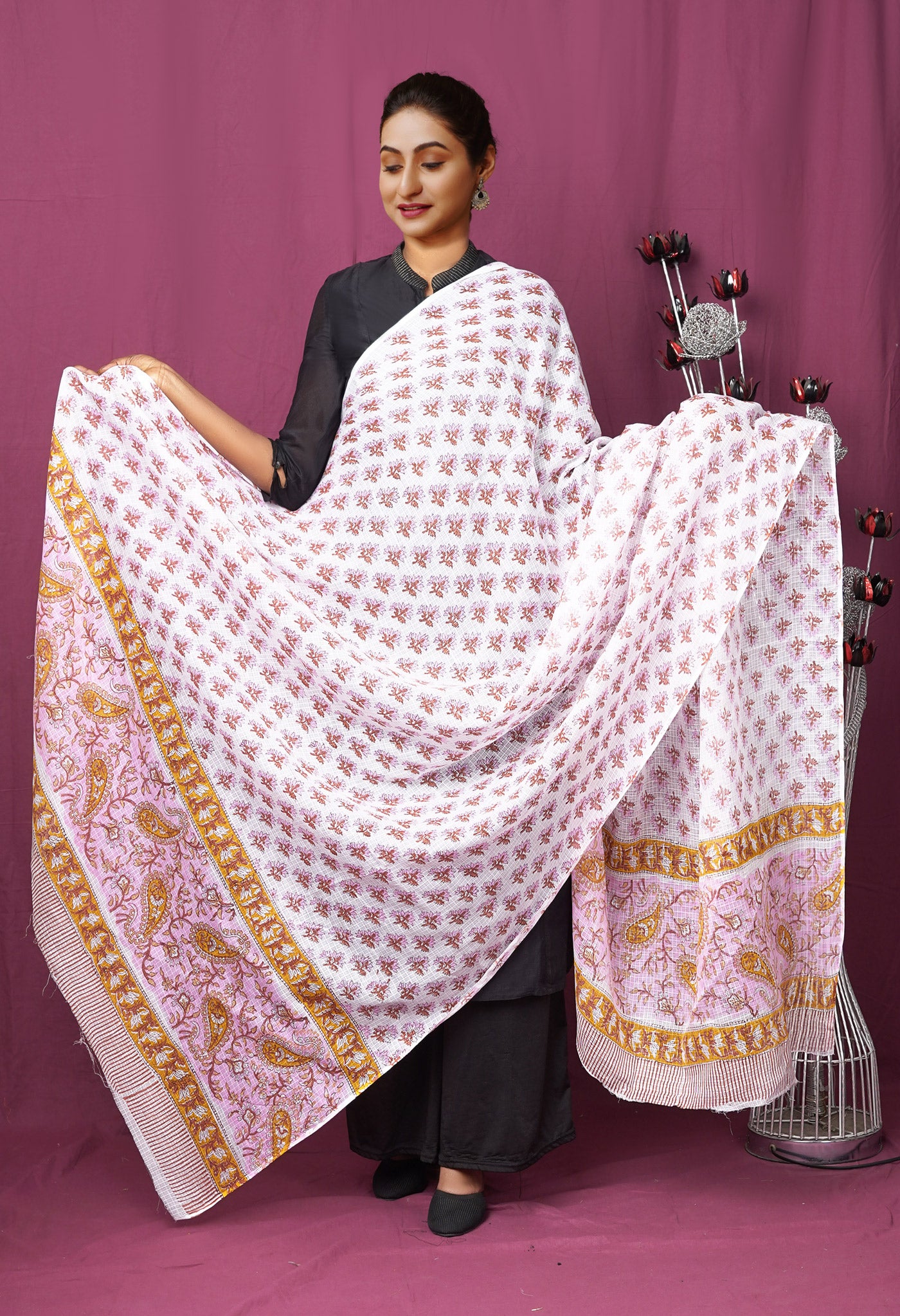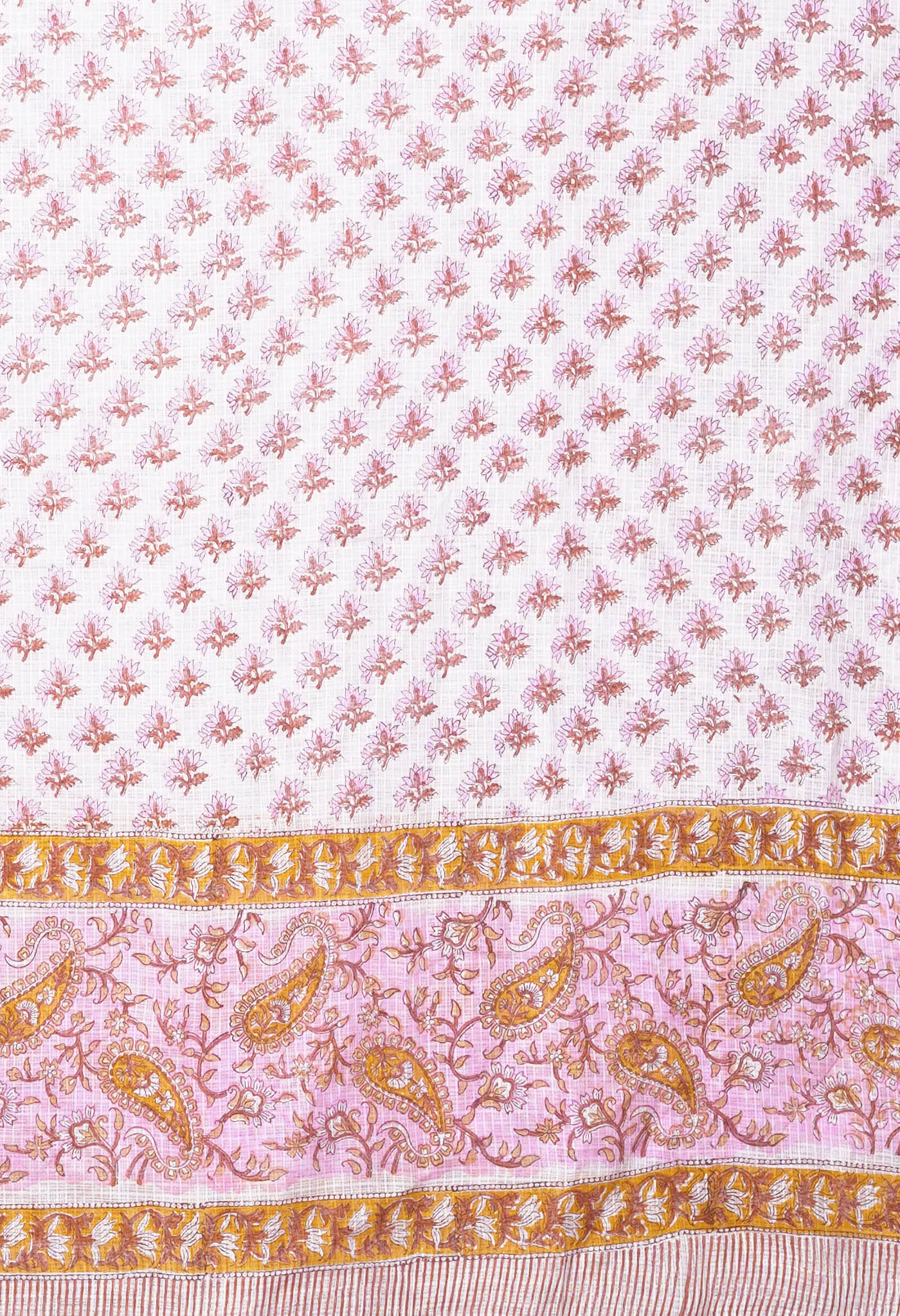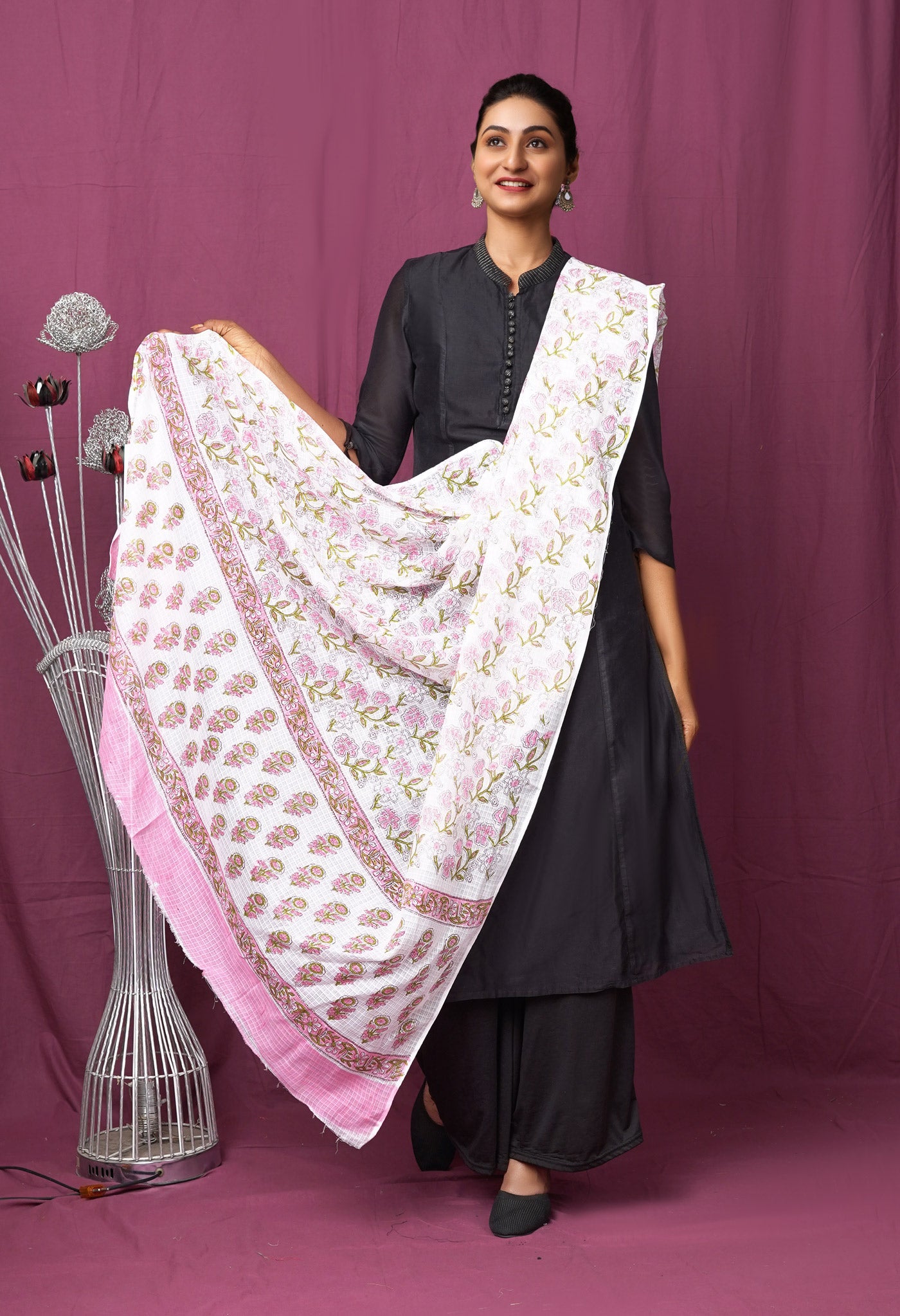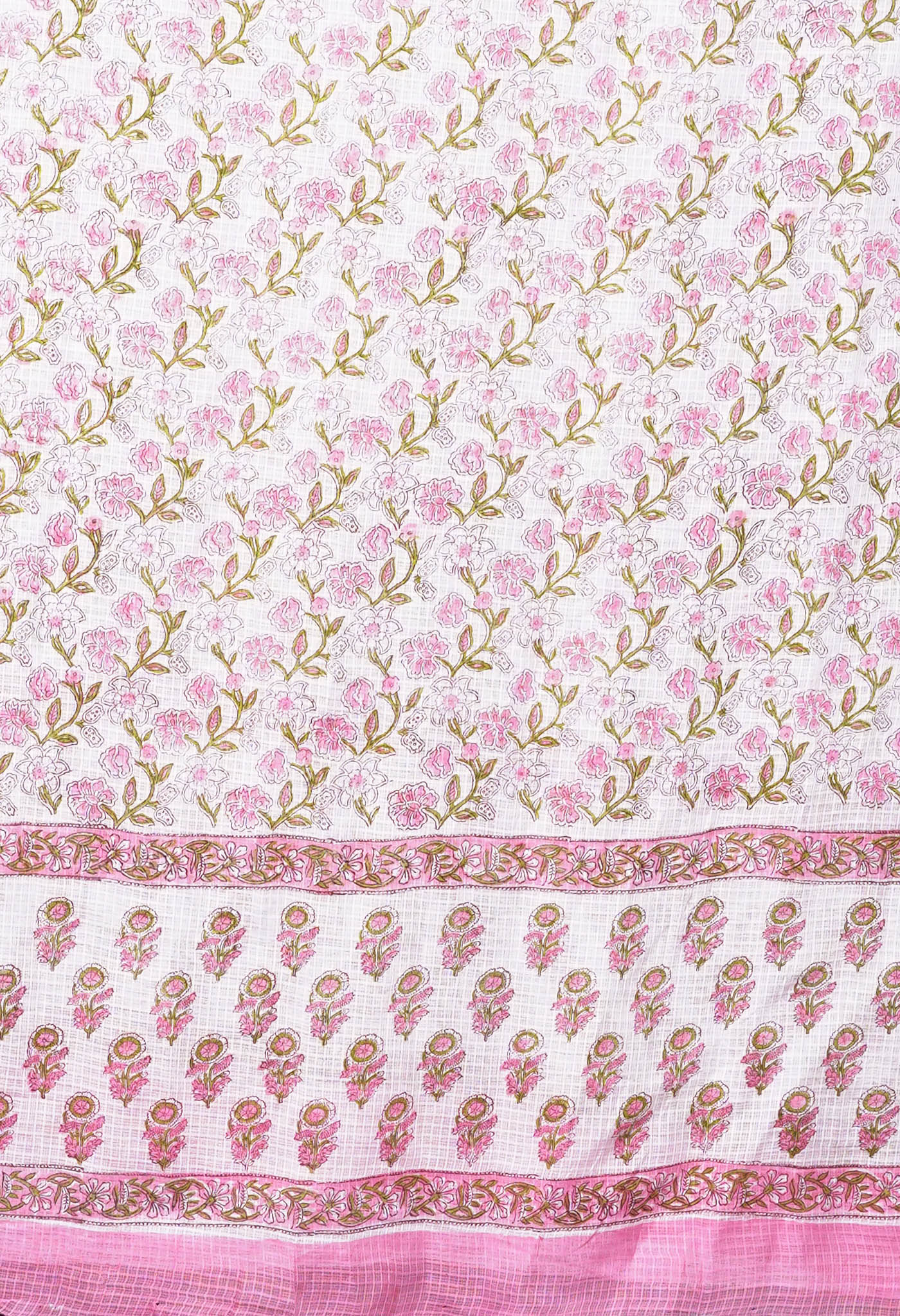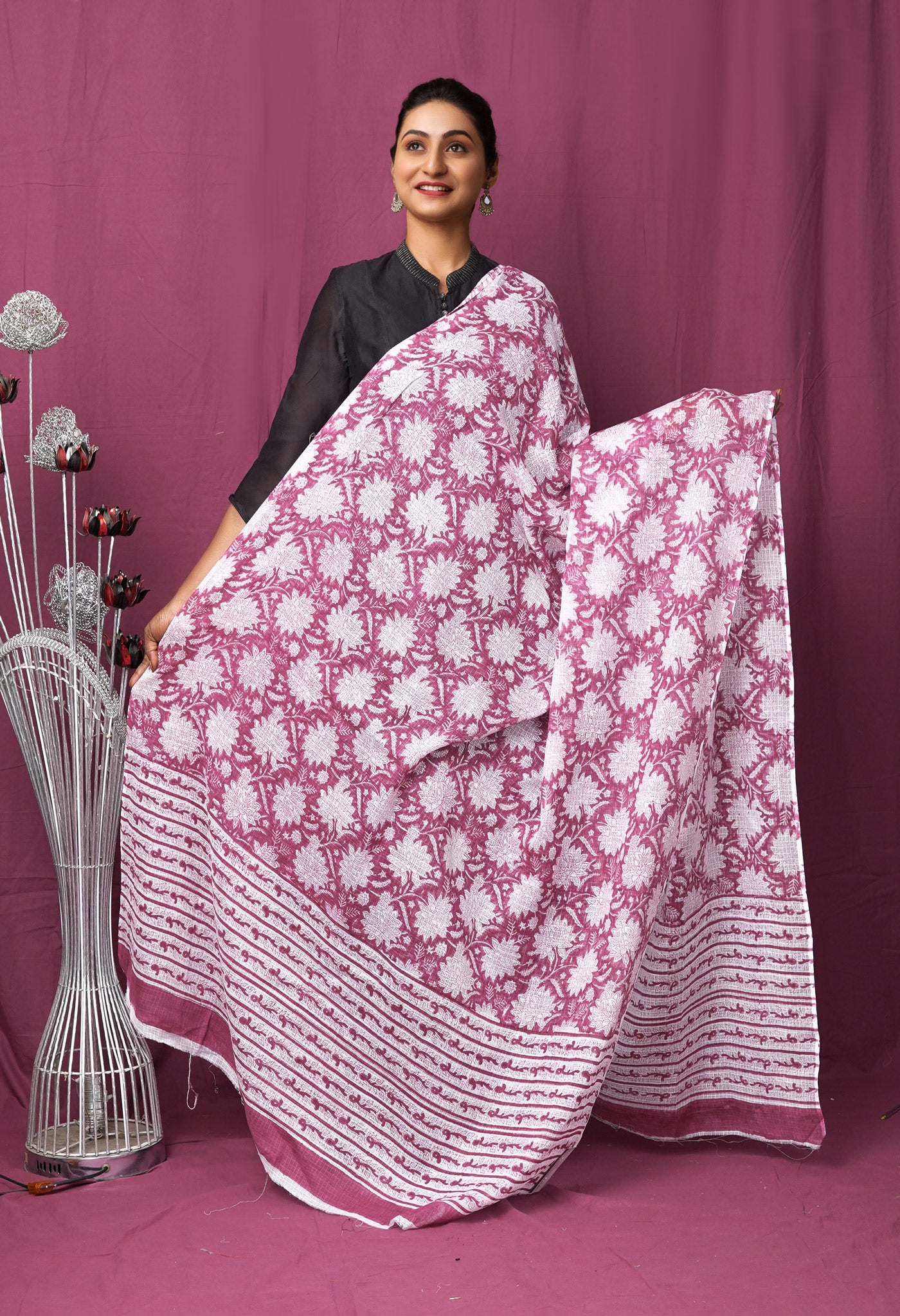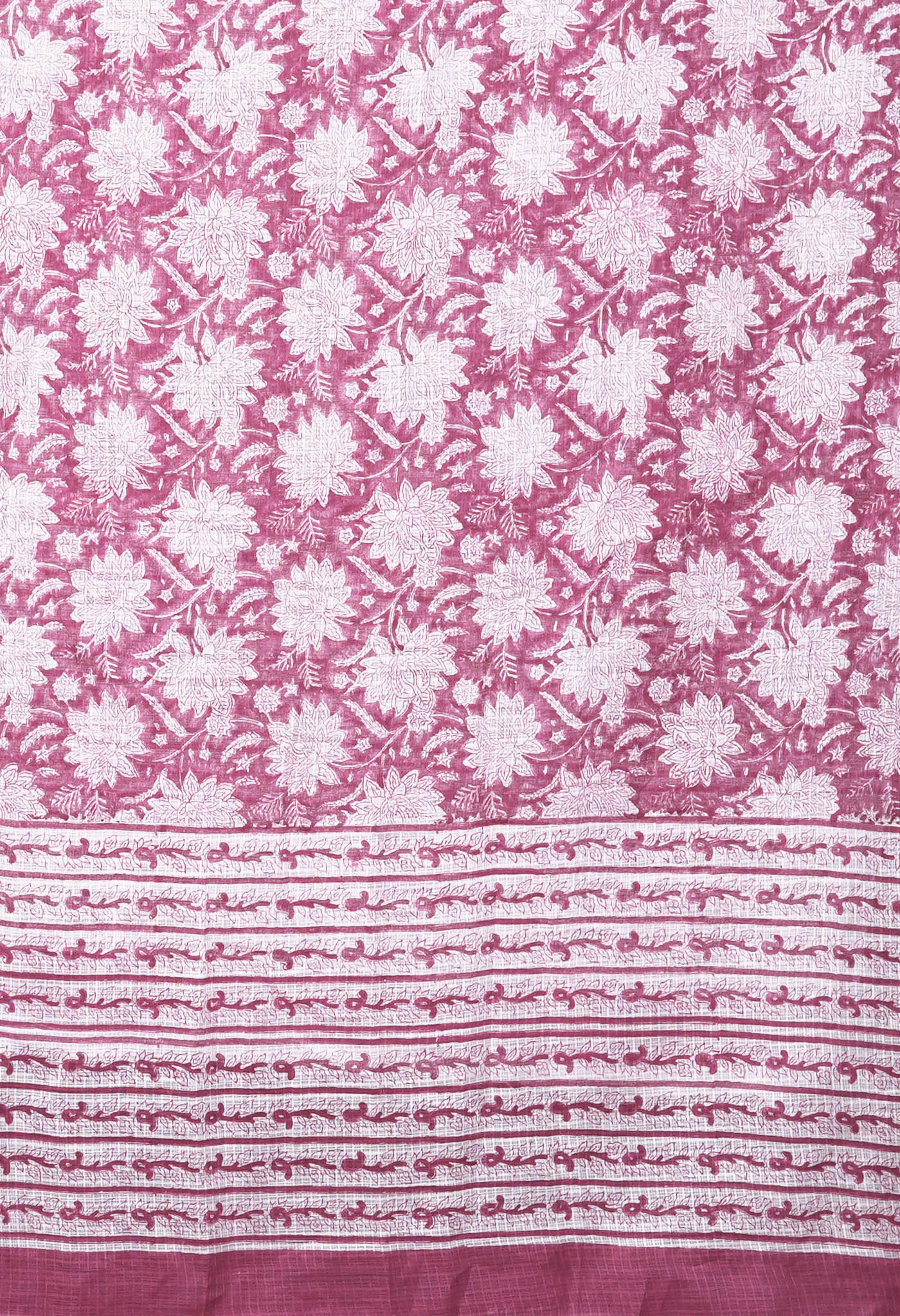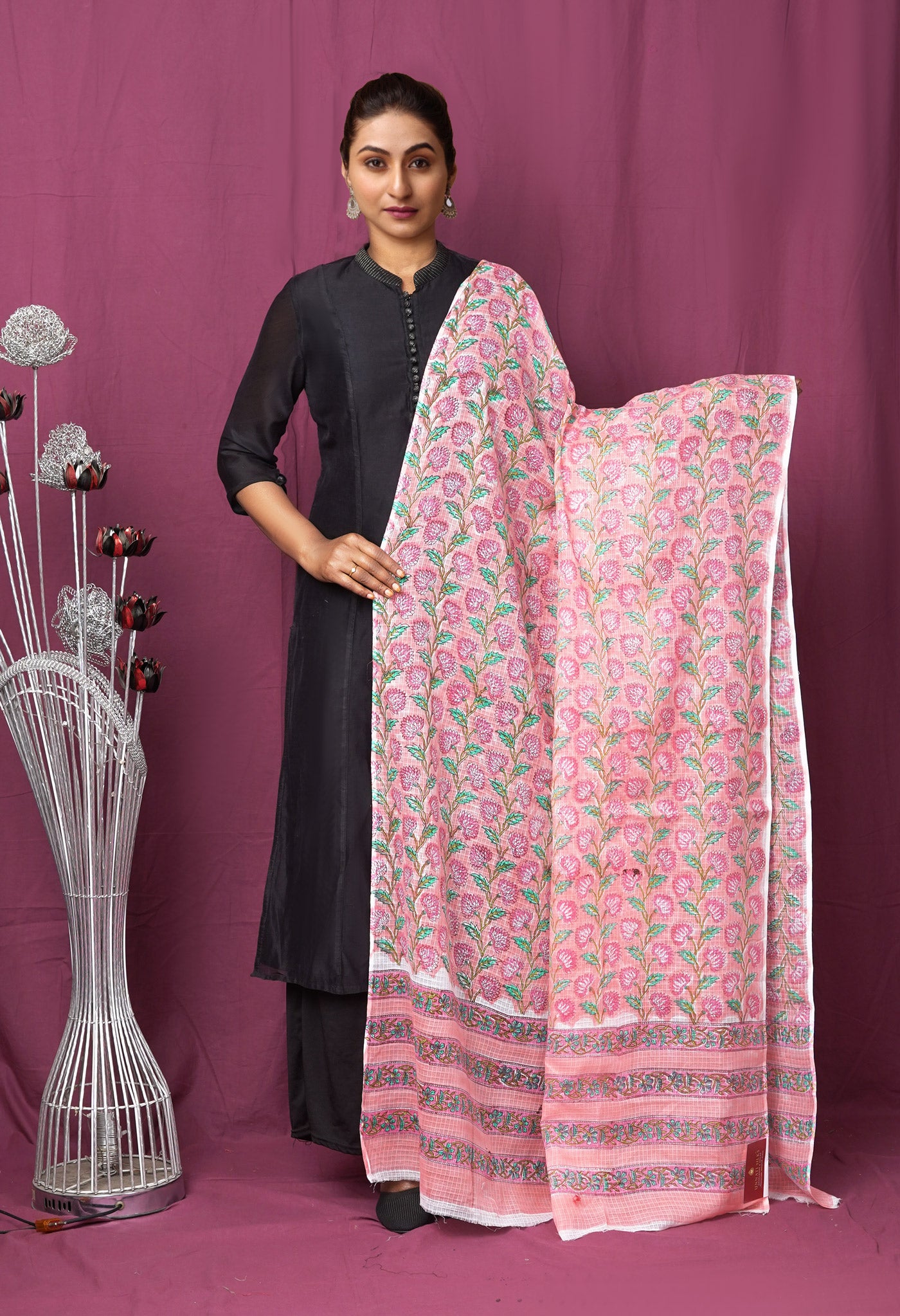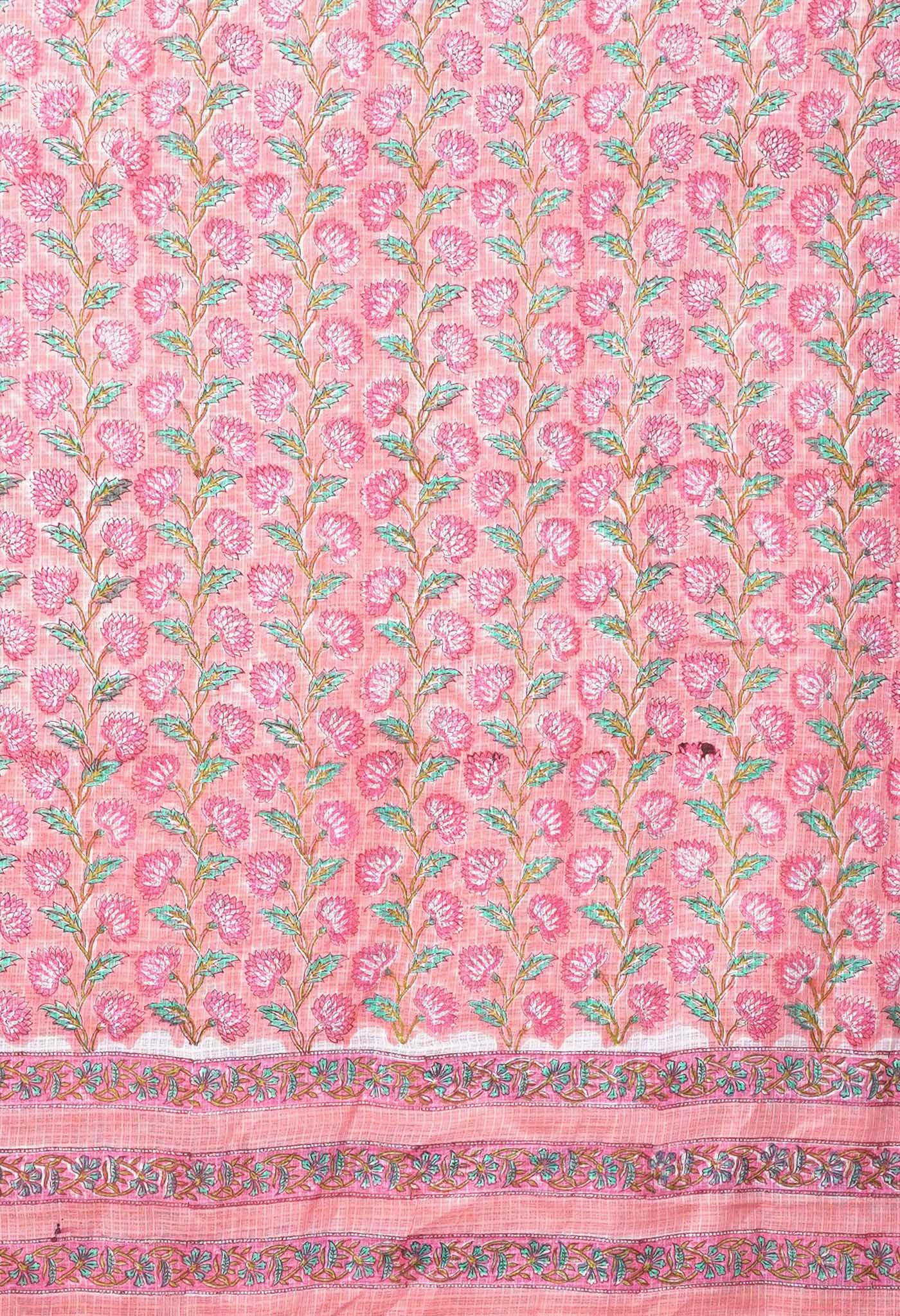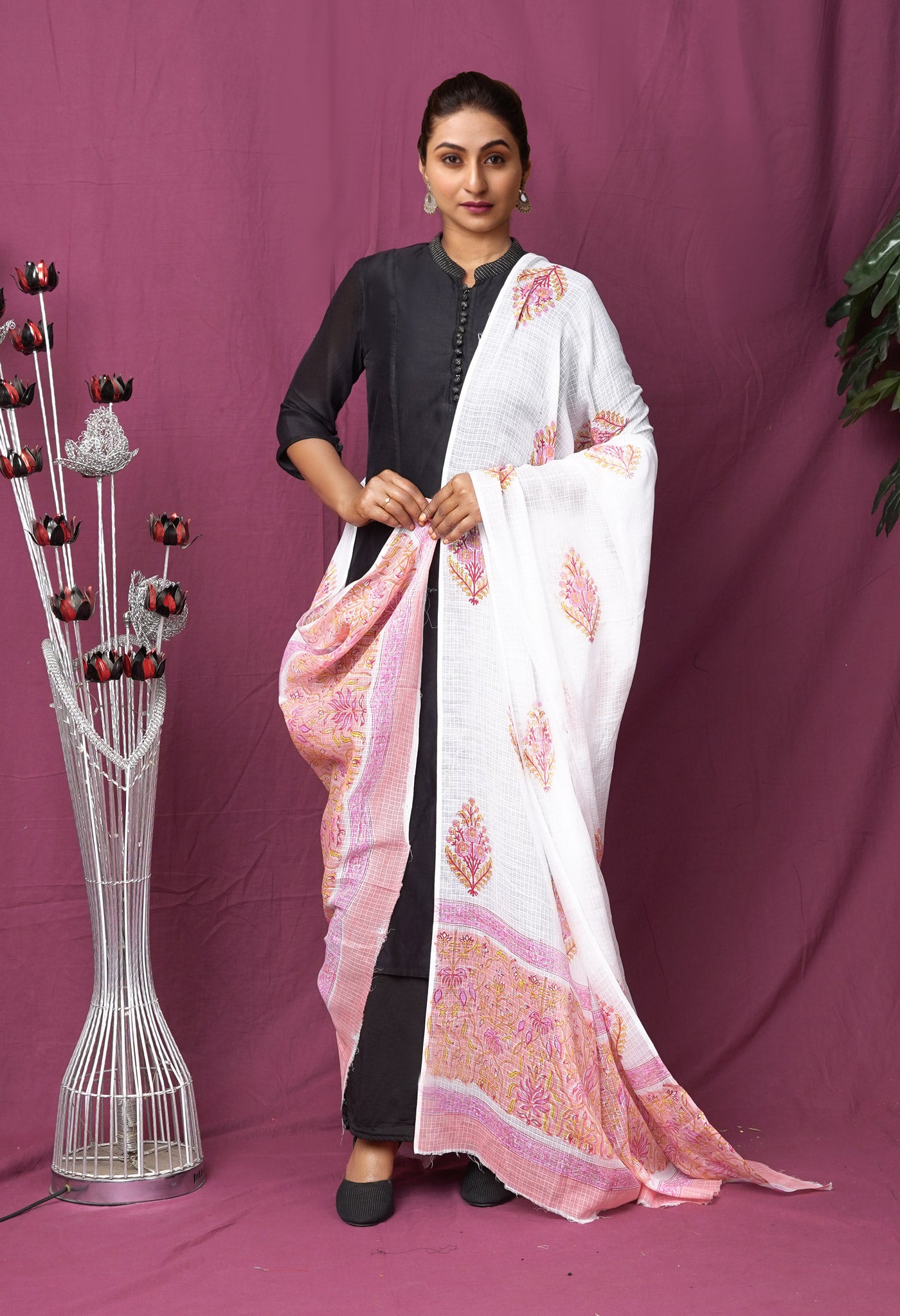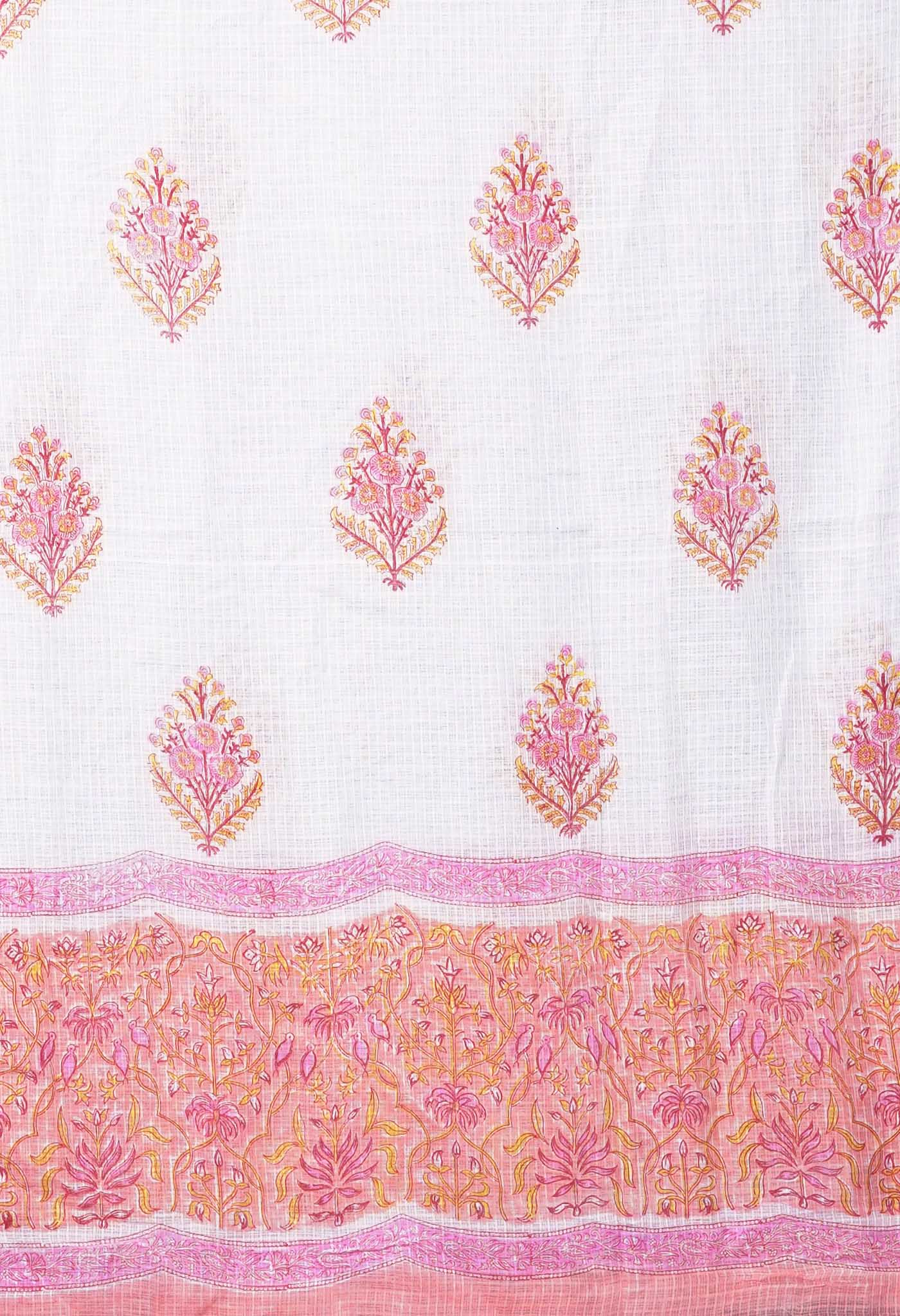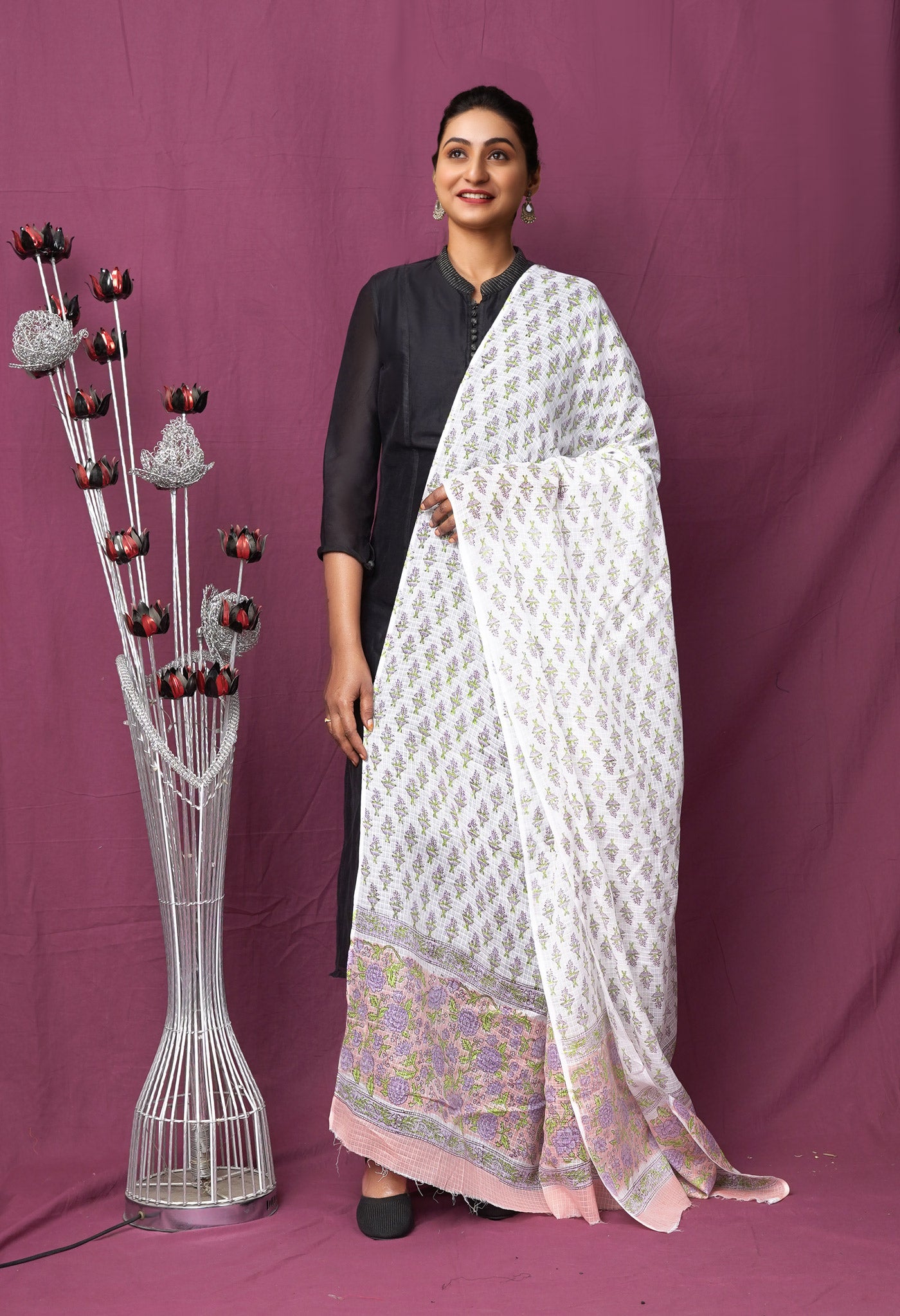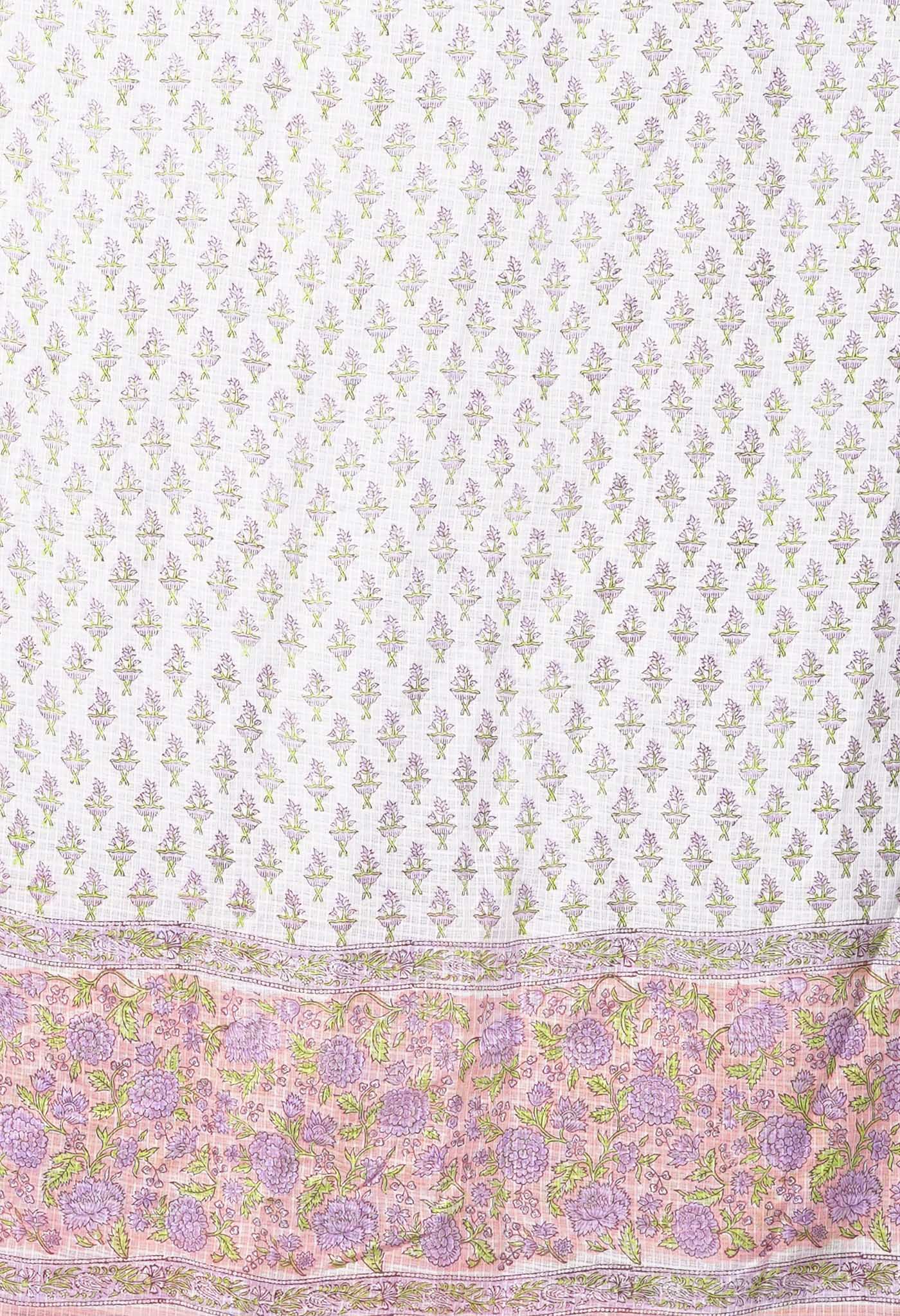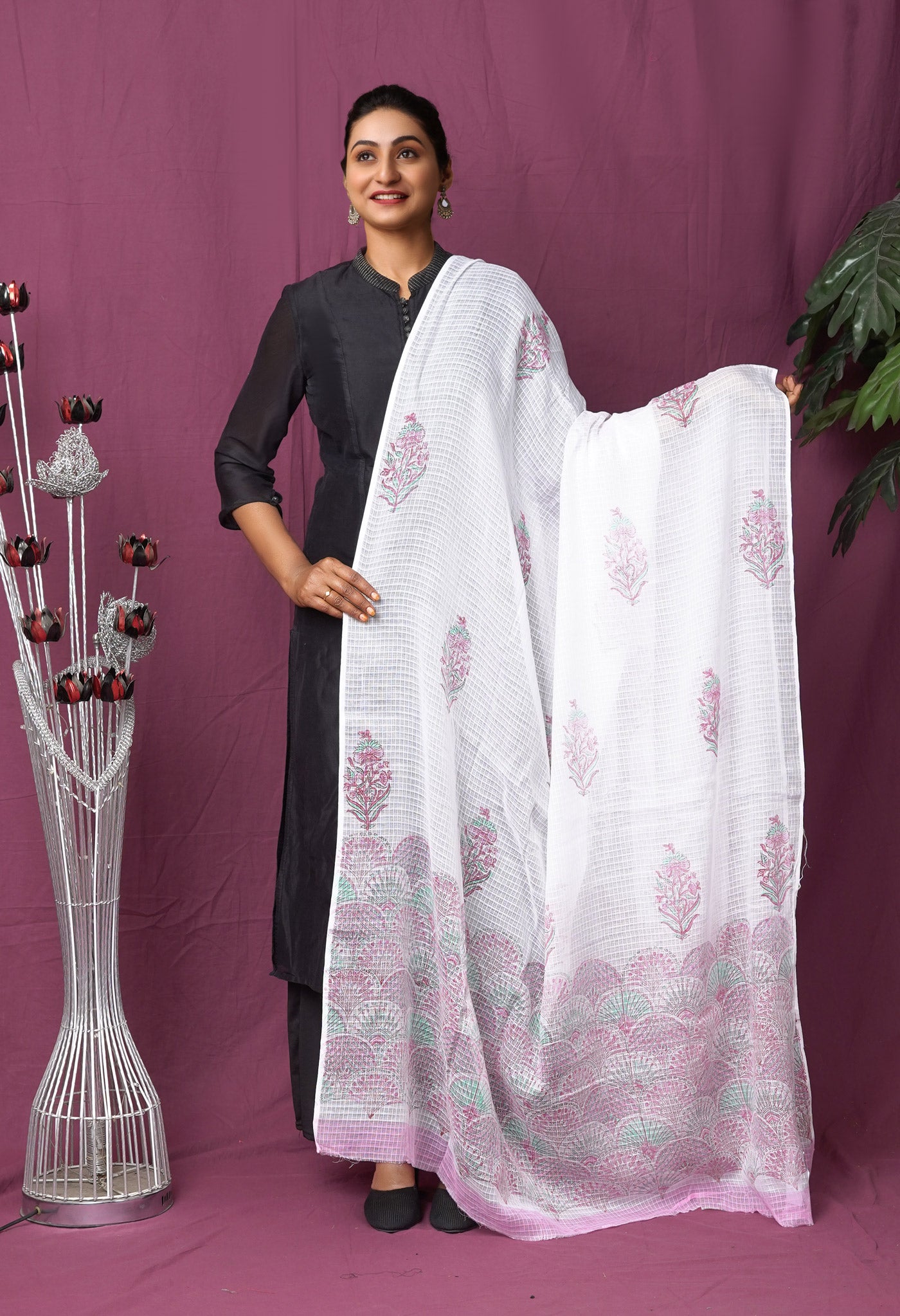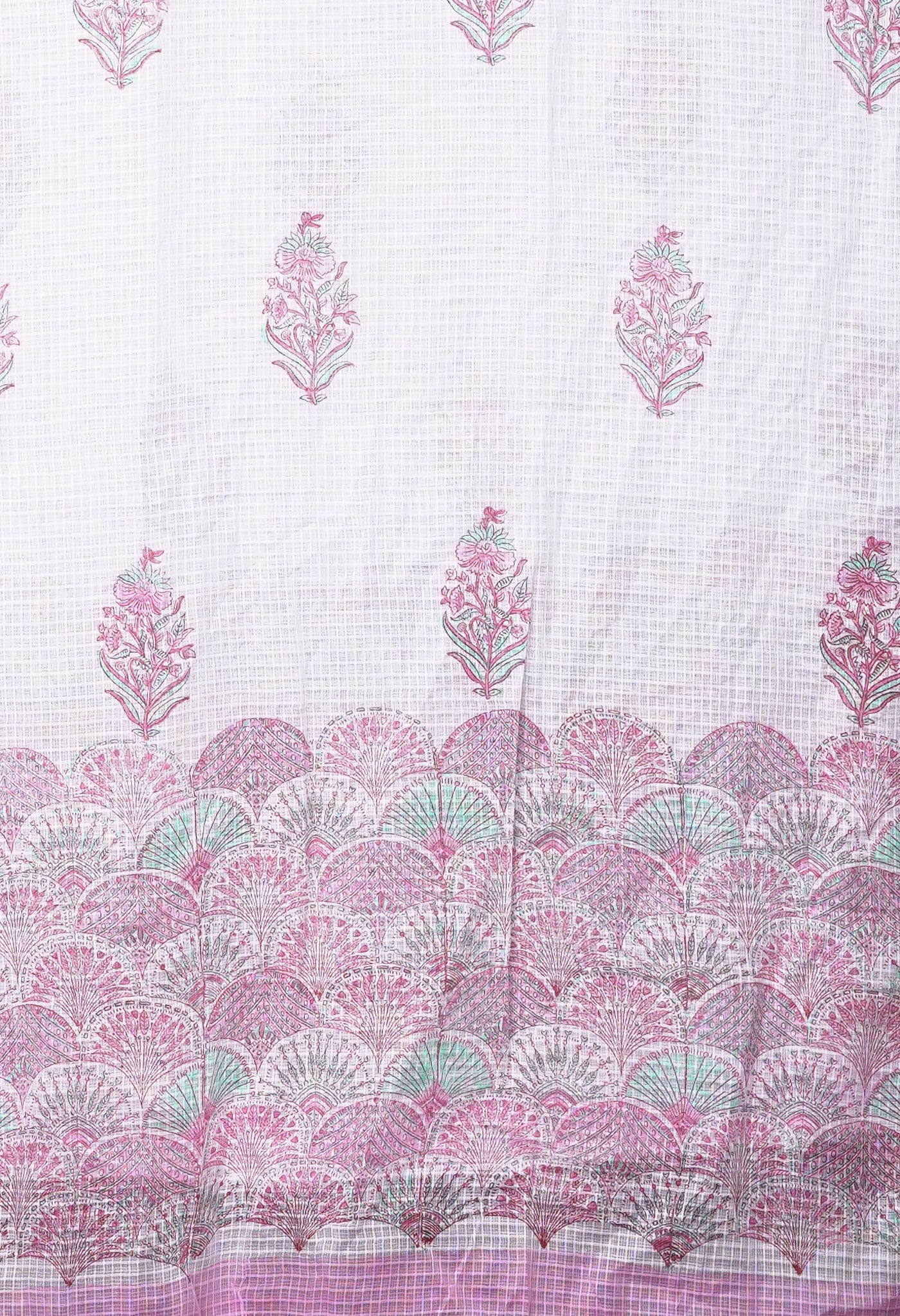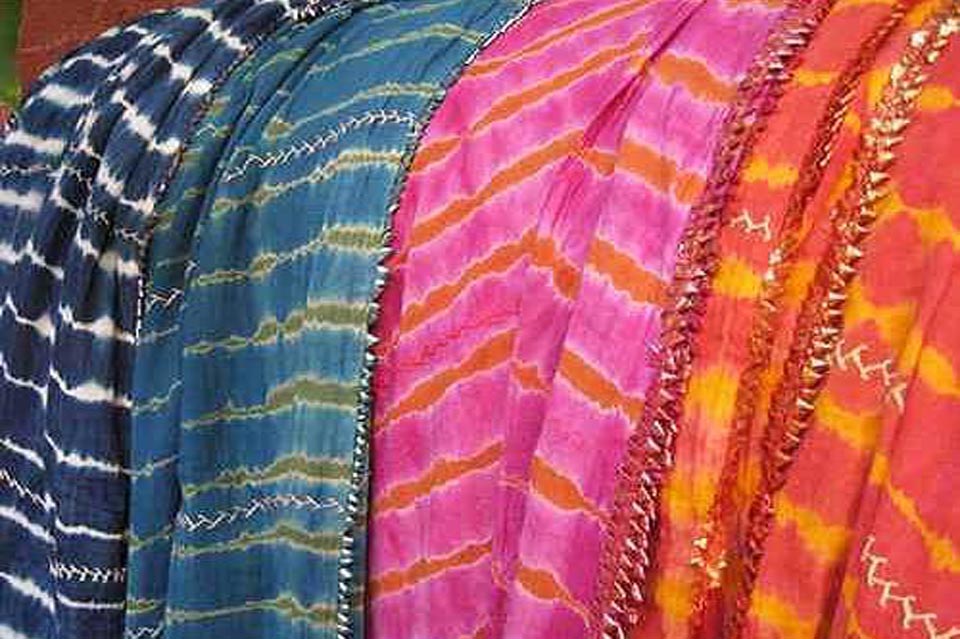
Riding the Crest with the Leheria wave
Leheria sarees are known for their unique wave designs, evolving from a brilliant exercise of the tie and dye art. The unique wave pattern has also created waves in the fashion world for its simplicity and uniquely appealing look on plain coloured fabrics.
What is the Leheriya?
Leheria or Leheriya is a traditional Tie and Dye art practised in Rajasthan, India especially in Jaipur and Jodhpur. From the word Leher meaning wave, comes the Leheria tie and dye process applied to white fabrics, which result in brightly coloured complex wave or Leher designs. Leheria work is done on silk or cotton fabric and on long and broad canvases like turbans and sarees.
The appeal of the Leheria lies in the way the folding and tying of resists is manipulated before dyeing to create colourful striking outcomes of extraordinary designs. Leheria turbans are very popular in Rajasthan. But it is the Leheria fabric like sarees and more recently the salwar kameez that have an international presence.
[/vc_column_text][/vc_column][/vc_row][vc_row][vc_column][vc_column_text]
 How is the wave pattern evolved?
How is the wave pattern evolved?
The basic weaving of the yarn into cloth is first achieved. It is then that the tie & dye process is undergone. The tie & dye process is common to Rajasthan, Gujarat, Madhya Pradesh and Madurai, yet when it comes to outcomes each has its unique stamp of the place based on tradition, in choice of colors, popular designs and other aspects peculiar to the region.
A configuration of dots is achieved by tying small knots on a pre-traced or stamped design in order to protect these areas when the fabric is dyed. In the matter of waves it is a larger area that remains un-dyed in the colored regions in the shape of undulating stripes but given the shape of a wave of crest  and troughs for variety.
and troughs for variety.
The process involves rolling the fabric and tying resists at various spots on the cloth rolled diagonally from one corner to the opposite selvage.
Selvage is the self finished edges in a fabric as a result of looping back the thread from the weft (perpendicular thread to the waft threads) at the end of each row length of the fabric that prevents the fabric from unravelling or fraying.
This rolled fabric is then dyed according to the usual tie and dye process in bright colours. When the fabric is unfolded after dyeing, it leaves a lot of stripes or other shapes at intervals across the fabric in a design. Several tie and dye processes are undergone if required, to create a myriad of colourful stripes across the fabric length. Indigo is used in the last few stages of the process for fastness and durability of the applied colors.
[/vc_column_text][/vc_column][/vc_row][vc_row][vc_column][vc_column_text]
The variety in Leheria
Leheriya, is a tie-resist technique that is generally  used to create colourful diagonal or zigzag stripes across the fabric that has been rolled, tied and dyed. Since the pattern imitates the leher or wave, a symbol of rain and bountiful harvest-themes that have great relevance in the arid landscape of the region, the name Leheriya is given to such a pattern locally.
used to create colourful diagonal or zigzag stripes across the fabric that has been rolled, tied and dyed. Since the pattern imitates the leher or wave, a symbol of rain and bountiful harvest-themes that have great relevance in the arid landscape of the region, the name Leheriya is given to such a pattern locally.
Another variation very much popular and widely accepted pattern is the Mothra, an extension of the leheriya. It has two sets of diagonal lines crossing each other, creating small rectangular  spaces resembling moth or pulses, which are located in between the checks design. The dyes used are such that unwanted colour is discharged or removed in order to achieve a distinctly pure colour, and lines are formed with a visually graphic quality, that make them highly visible and appealing.
spaces resembling moth or pulses, which are located in between the checks design. The dyes used are such that unwanted colour is discharged or removed in order to achieve a distinctly pure colour, and lines are formed with a visually graphic quality, that make them highly visible and appealing.
Large to medium sized silk and cotton turbans, as well as the veils worn by the women in Rajasthan, are mostly adopting the Leheriya pattern for the charismatic look. The tie and dye ensures the color to penetrate to the innermost portions in the coil or rolls of the fabric.
Leheriya designs are mostly preferred to mark Gangaur, the coming of Spring festival, while Mothra is worn primarily during the festival of Teej, which signals the advent of the monsoon.
[/vc_column_text][/vc_column][/vc_row][vc_row][vc_column][vc_column_text]
Leheria and Unnati Silks
 What better fabric for traditional handlooms than fine silk or cotton, sico or jute, cotton silk or art silk varieties? Today Leheria Sarees and salwar kameez have wooed the fashion world with their unique designer prints, fascinating wavy lines that go together or in different directions as part of a deeper design meant to attract the attention or arrest the gaze. The spirit of Unnati Silks in handlooms and Indian ethnic is visible in the range and depth of its variety. A new range of Leheria sarees in the half and half combo is
What better fabric for traditional handlooms than fine silk or cotton, sico or jute, cotton silk or art silk varieties? Today Leheria Sarees and salwar kameez have wooed the fashion world with their unique designer prints, fascinating wavy lines that go together or in different directions as part of a deeper design meant to attract the attention or arrest the gaze. The spirit of Unnati Silks in handlooms and Indian ethnic is visible in the range and depth of its variety. A new range of Leheria sarees in the half and half combo is  a popular inclusion in a fashionable deviation from standard wavy patterns that are universally familiar. In fine georgette art silks they set of a designer quality with alternating Leheriya pattern blocks and floral Mothra designs or some other suitable combination. The two halves are so pleasantly intermingled that the Leheria and Mothra taken together in different halves are most fascinating. There are the sole leheria prints in Neon hues with contrasting Leheriya waves across that are dazzlingly magnetic.
a popular inclusion in a fashionable deviation from standard wavy patterns that are universally familiar. In fine georgette art silks they set of a designer quality with alternating Leheriya pattern blocks and floral Mothra designs or some other suitable combination. The two halves are so pleasantly intermingled that the Leheria and Mothra taken together in different halves are most fascinating. There are the sole leheria prints in Neon hues with contrasting Leheriya waves across that are dazzlingly magnetic.
Salwar Kameez with the Laheria magic have also caught the market interest and new ideas are being experimented with currently to introduce another set of Leheria ‘waves’ to definitely make the wearer feel special and given that fashionable feel that every woman desires.
[/vc_column_text][/vc_column][/vc_row][vc_row][vc_column][vc_gallery type="image_grid" images="11182,11193,11194,11196,11180,11188" img_size="274*363"][/vc_column][/vc_row][vc_row][vc_column][vc_column_text]
Leheriya has been the favourite of royalty of the likes of Maharani Gayatri Devi of Jaipur and very many other women of fashion after her. Ultra designs that are catchy and chic, tall frames that display it well have together ushered in a new wave of fashion that has seen the Lehria wave continue its swell and rise from when it has caught the eyes of the world of fashion and shall continue doing so till something novel and more interesting were to divert the attention.
[/vc_column_text][/vc_column][/vc_row][vc_row][vc_column][vc_btn title="Shop online for Leheriya Printed sarees" color="peacoc" link="url:http%3A%2F%2Fwww.unnatisilks.com%2Fsarees-online%2Fby-work-sarees%2Flaheria-prints.html||target:%20_blank"][/vc_column][/vc_row]

